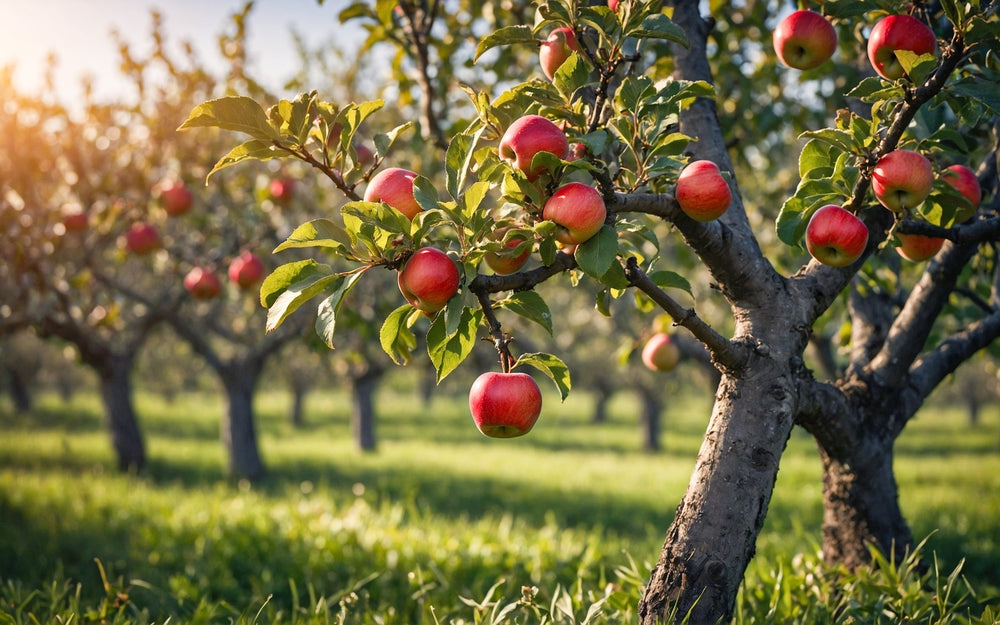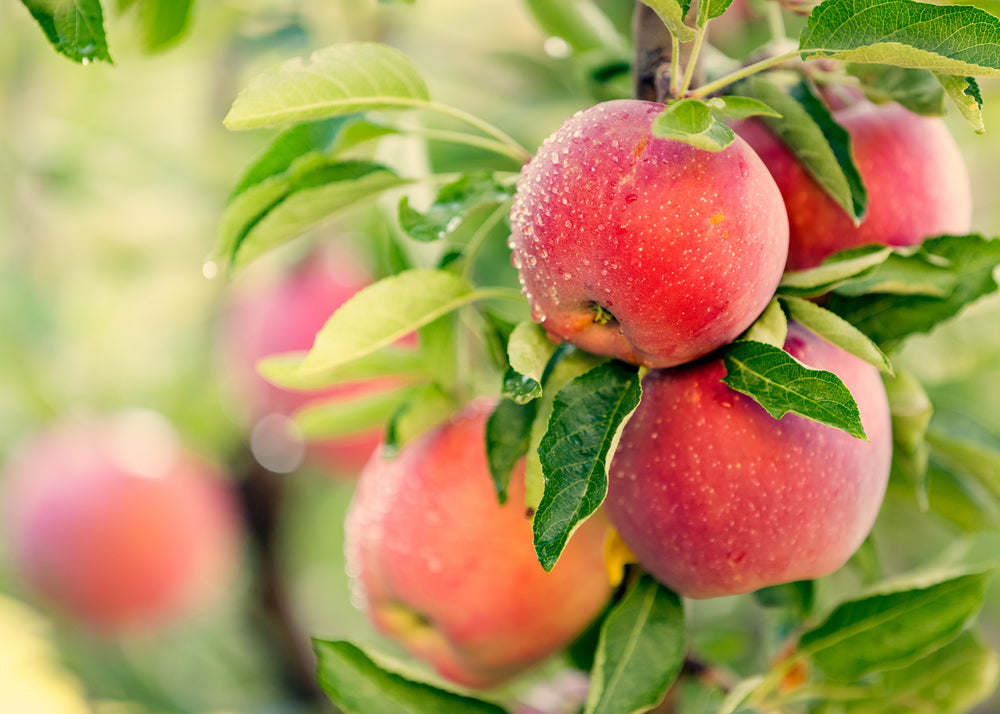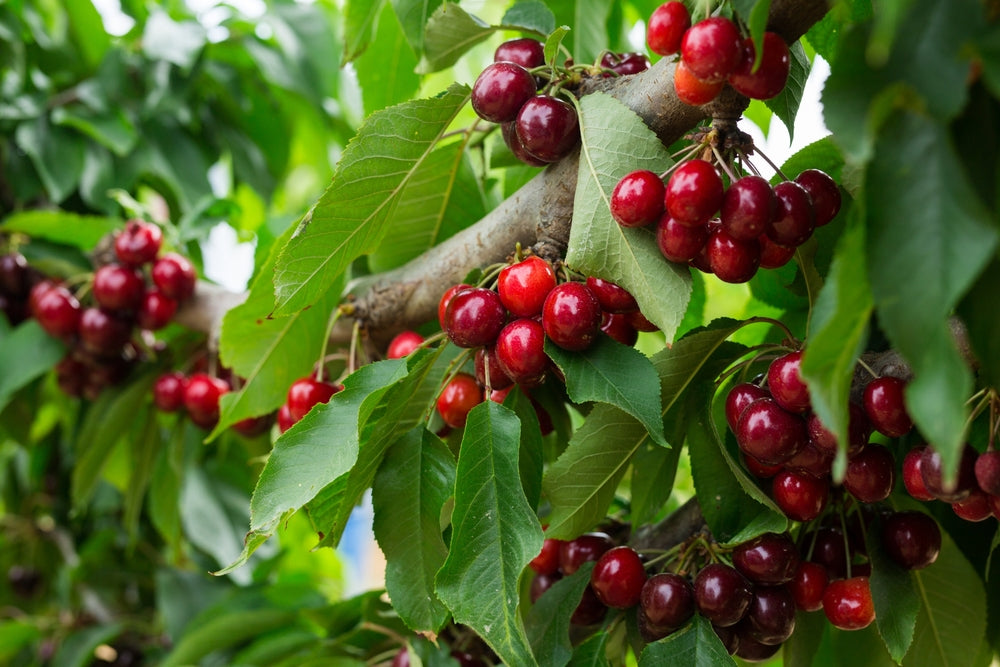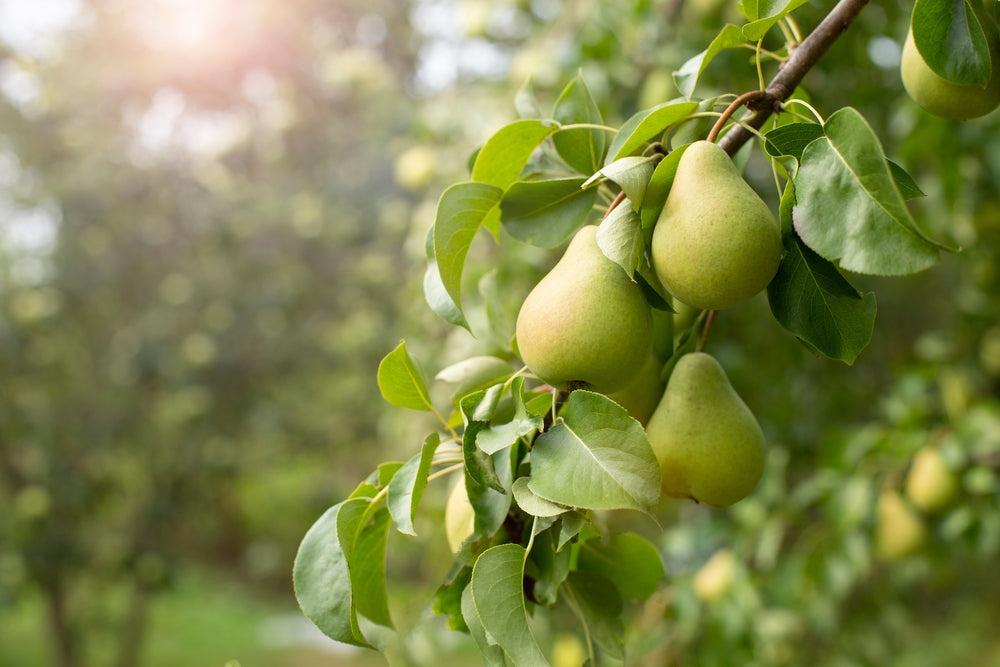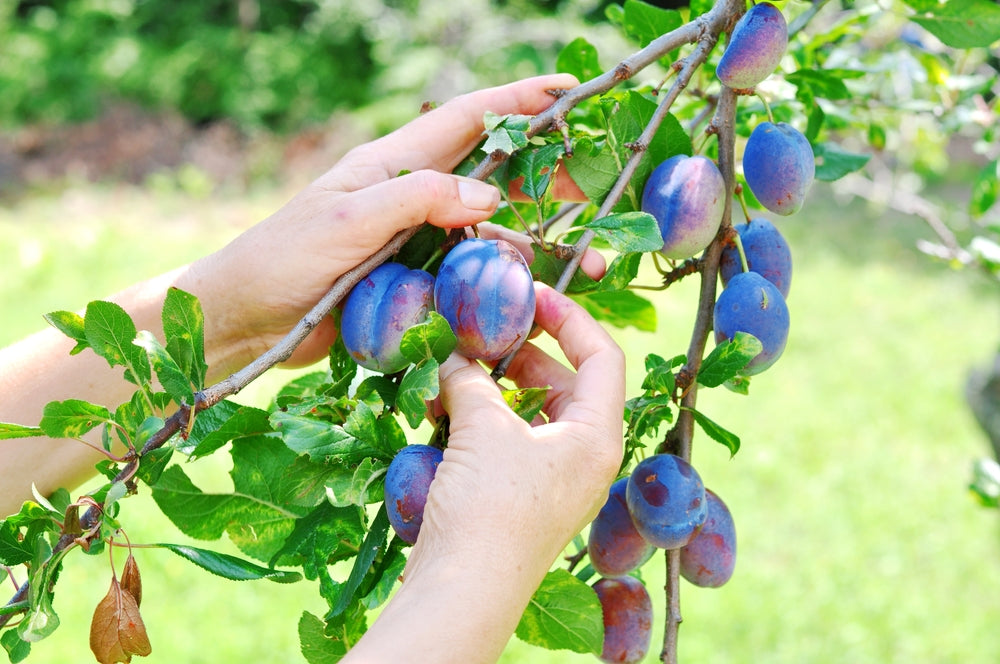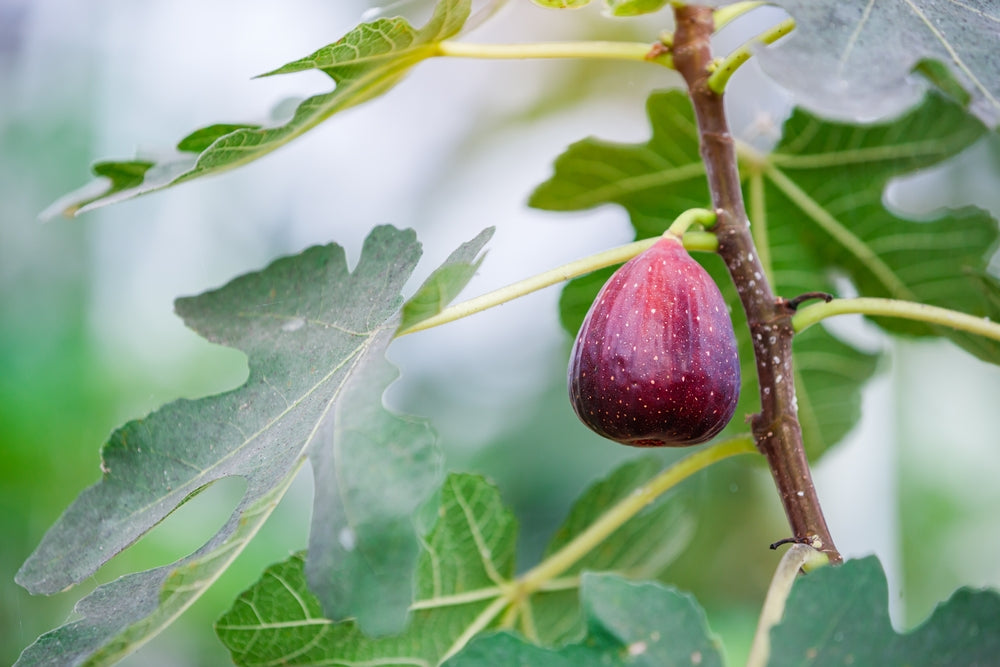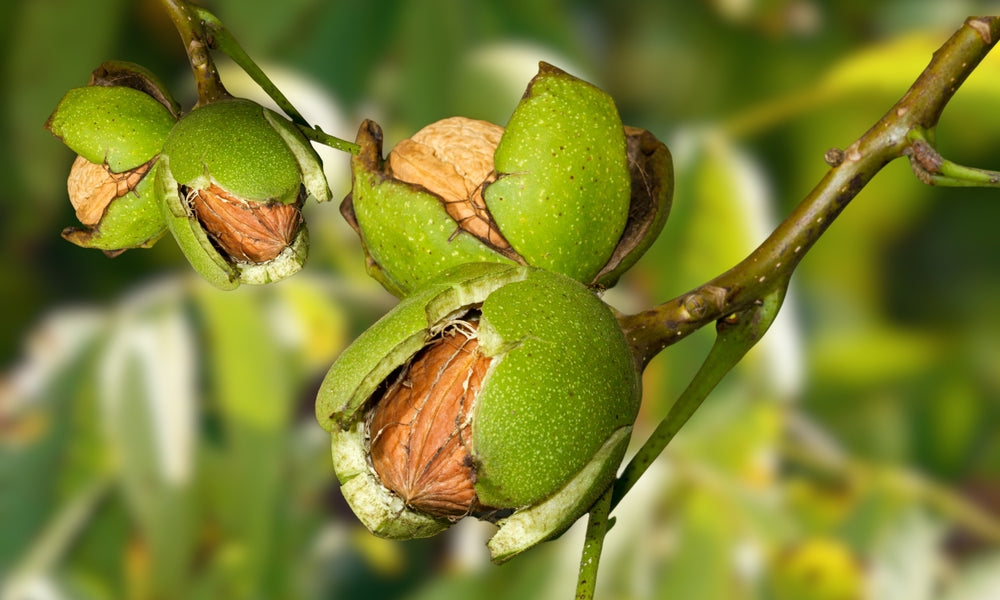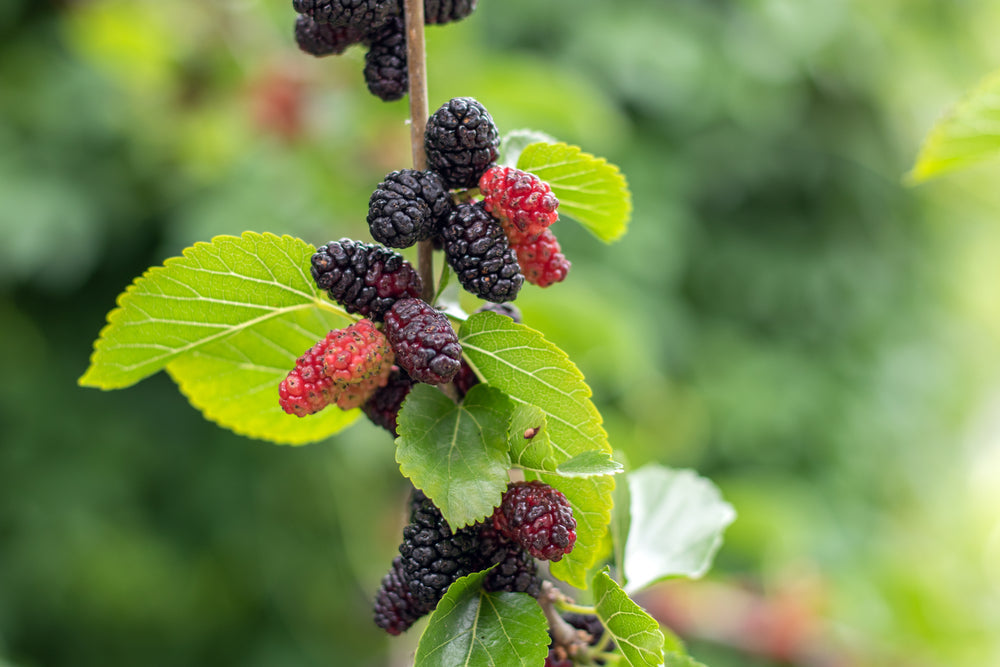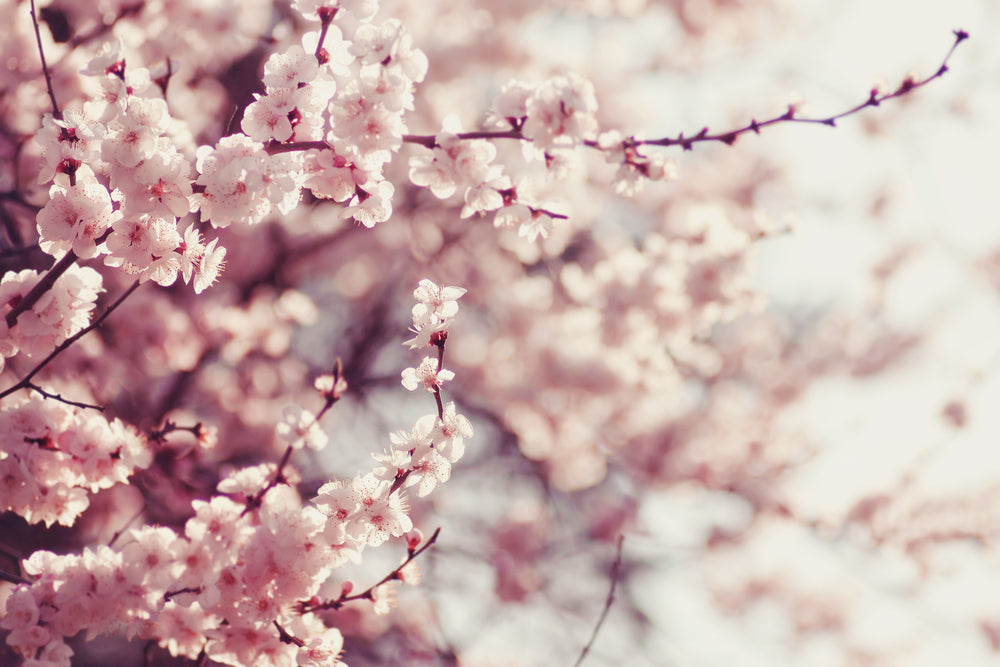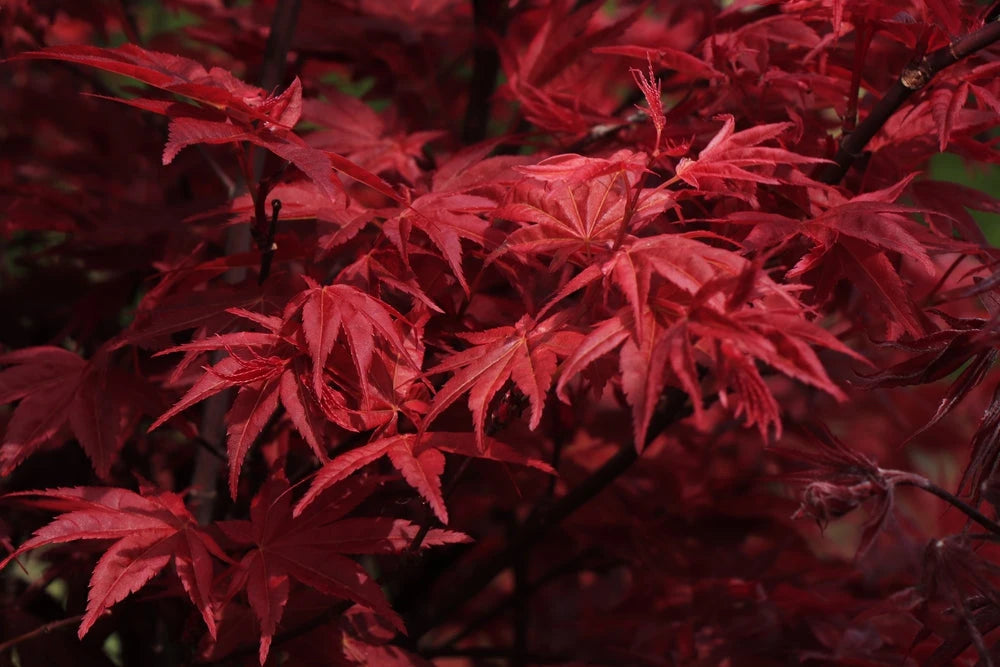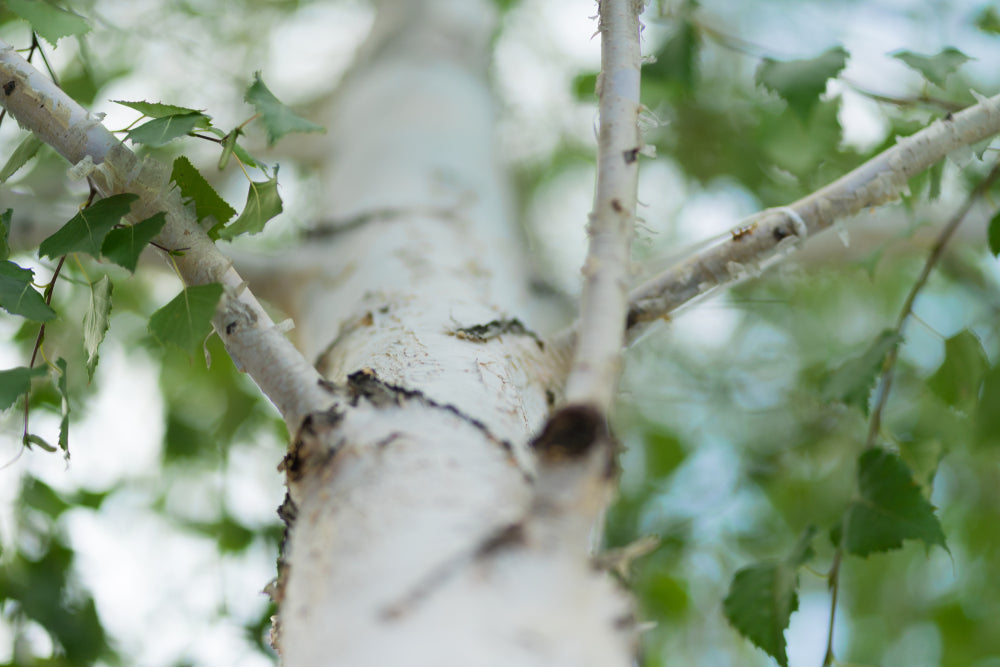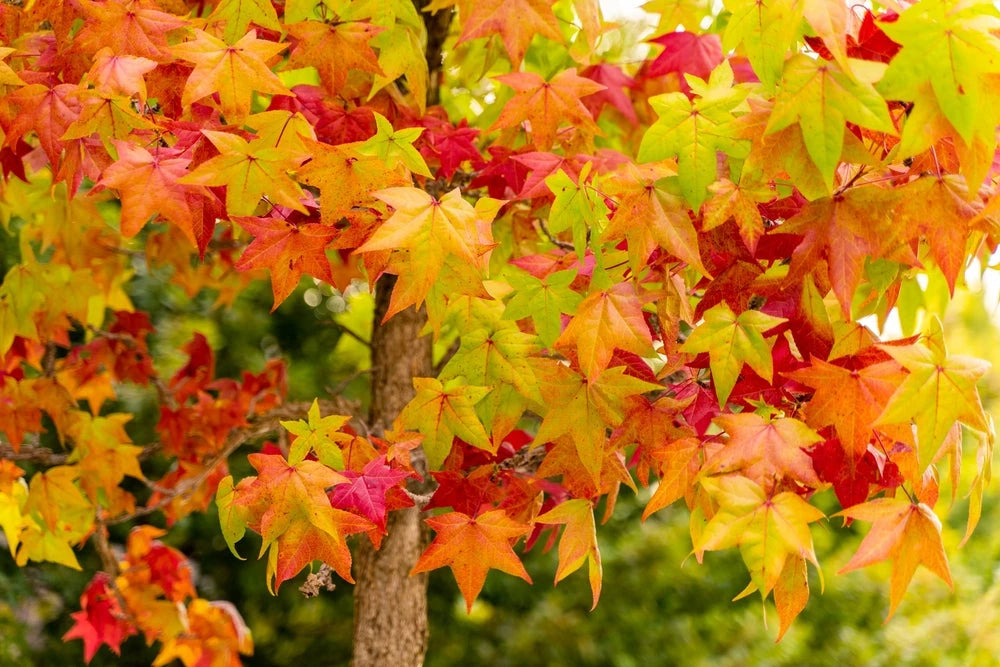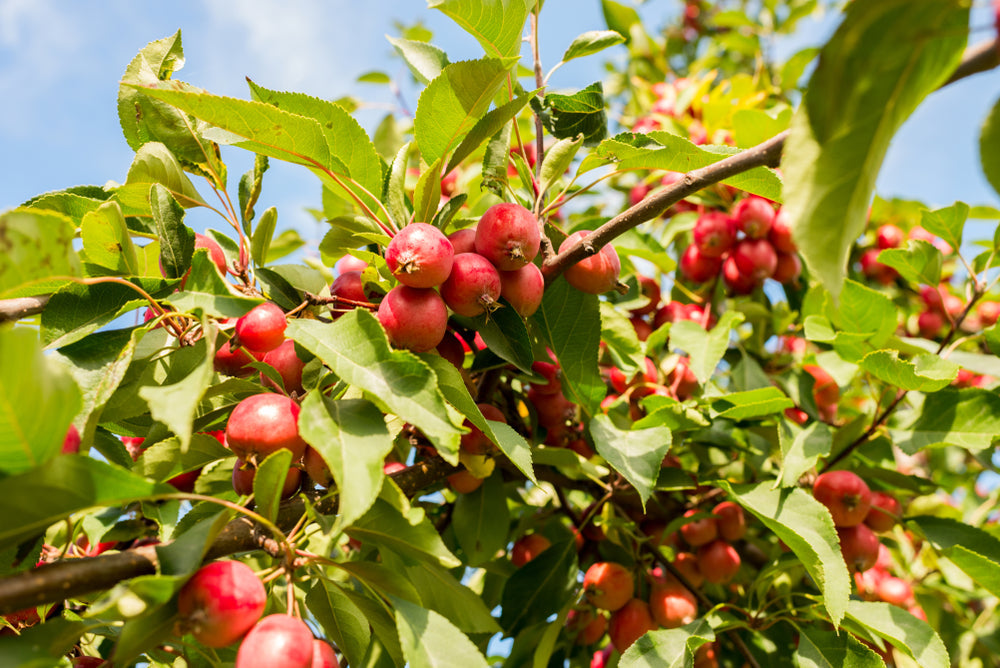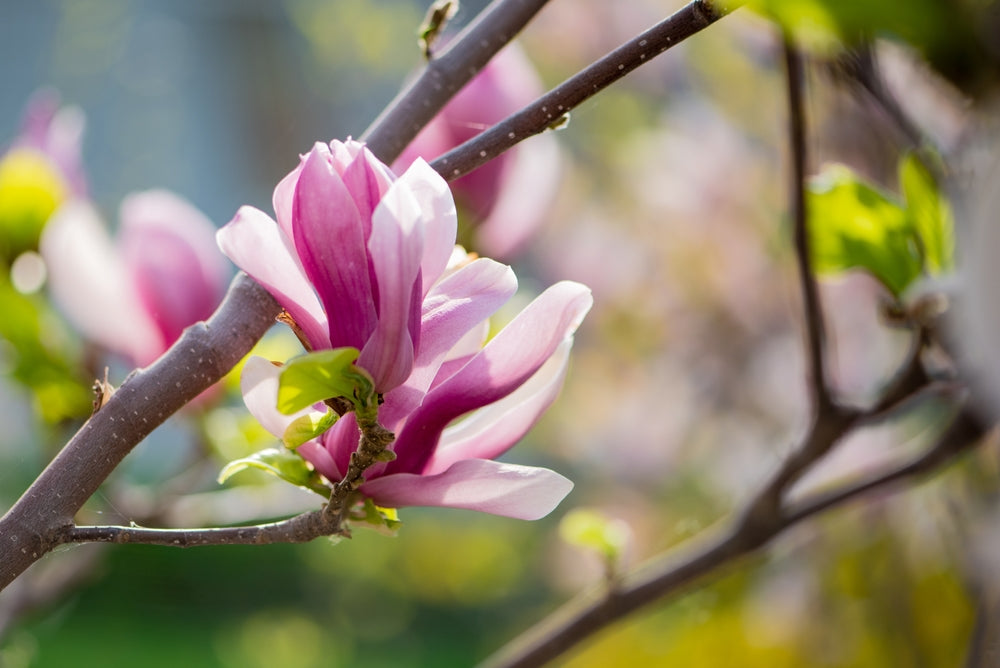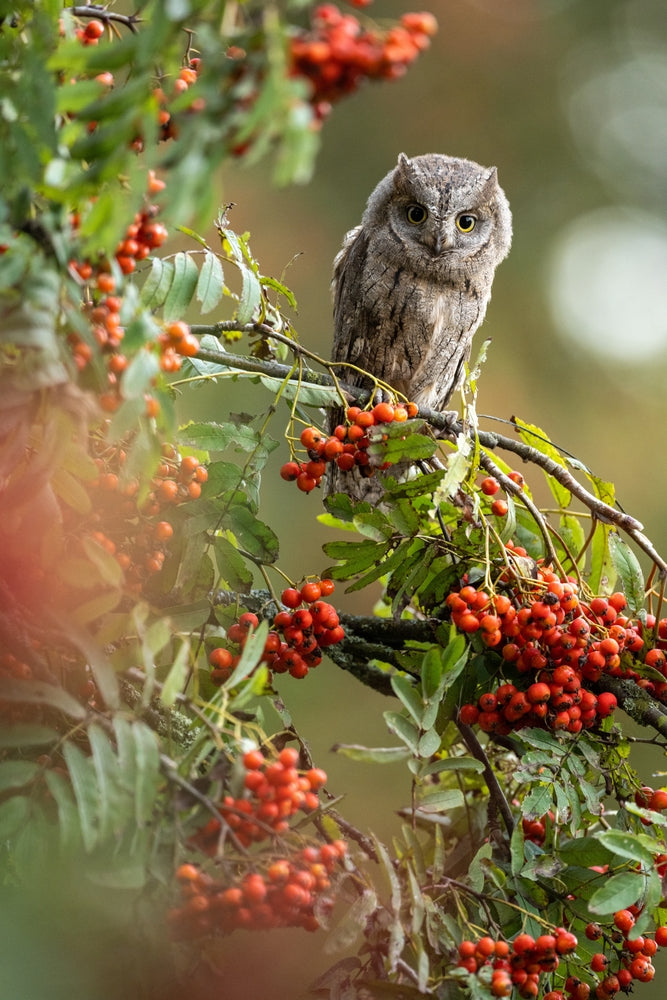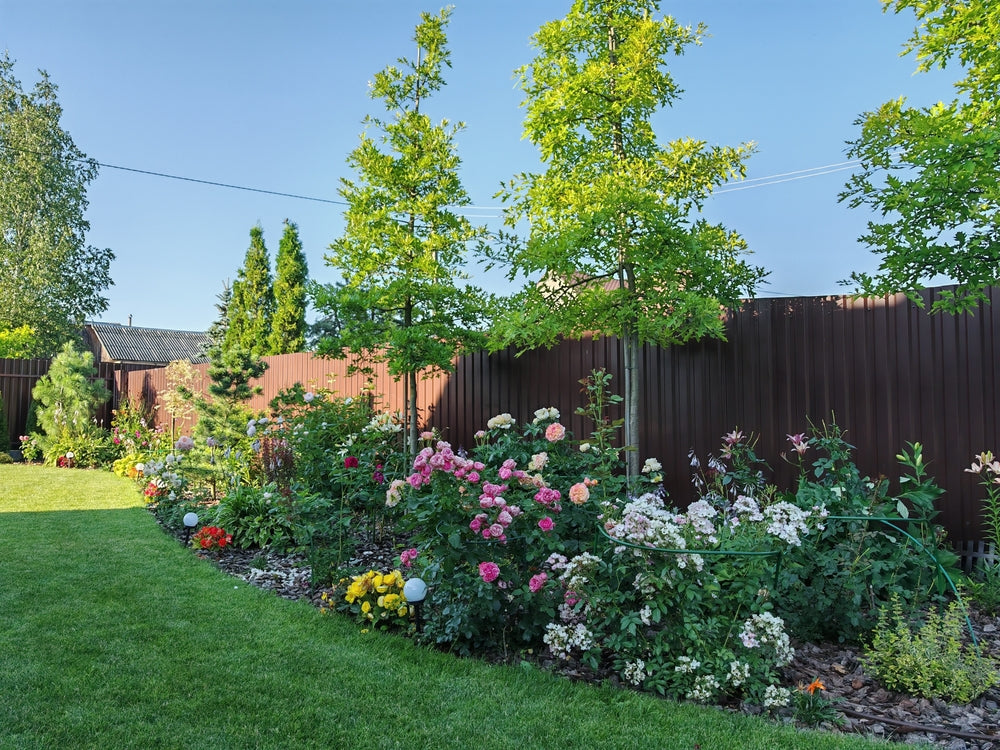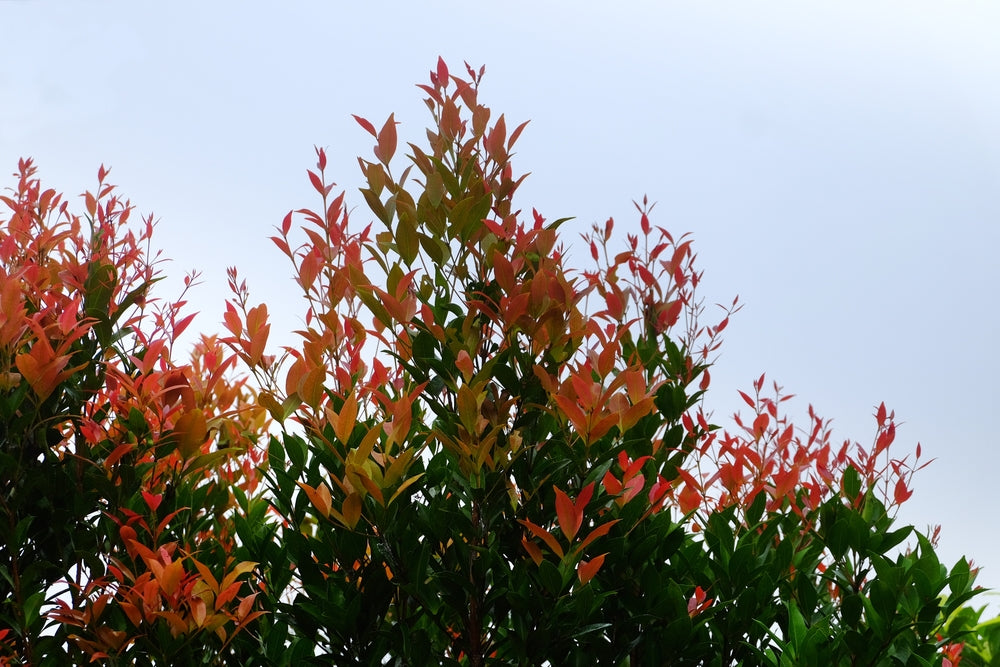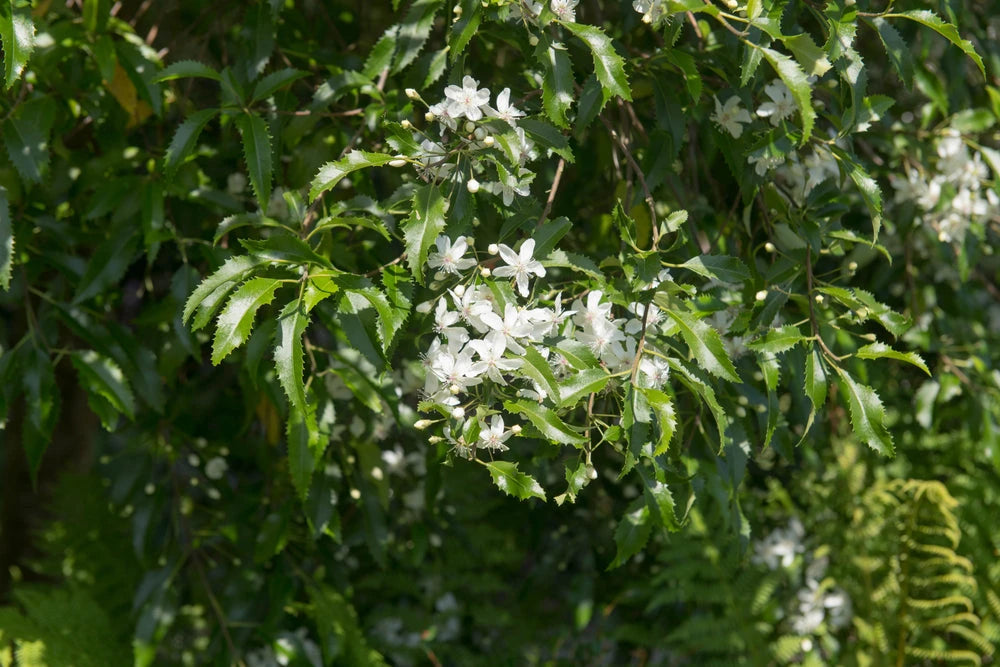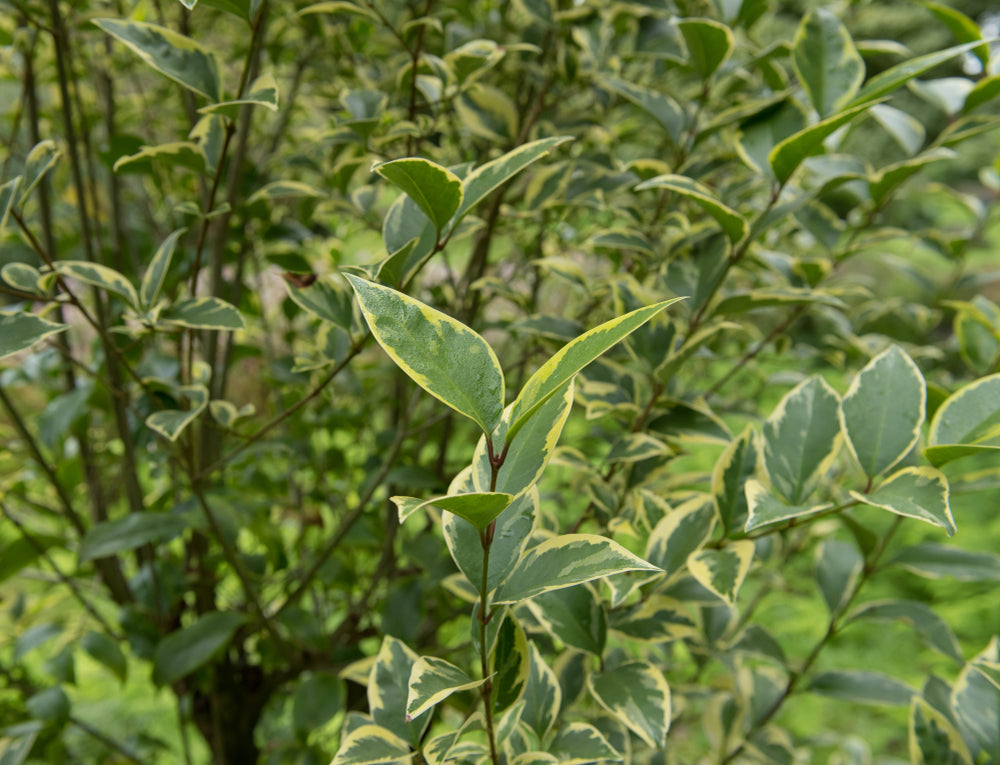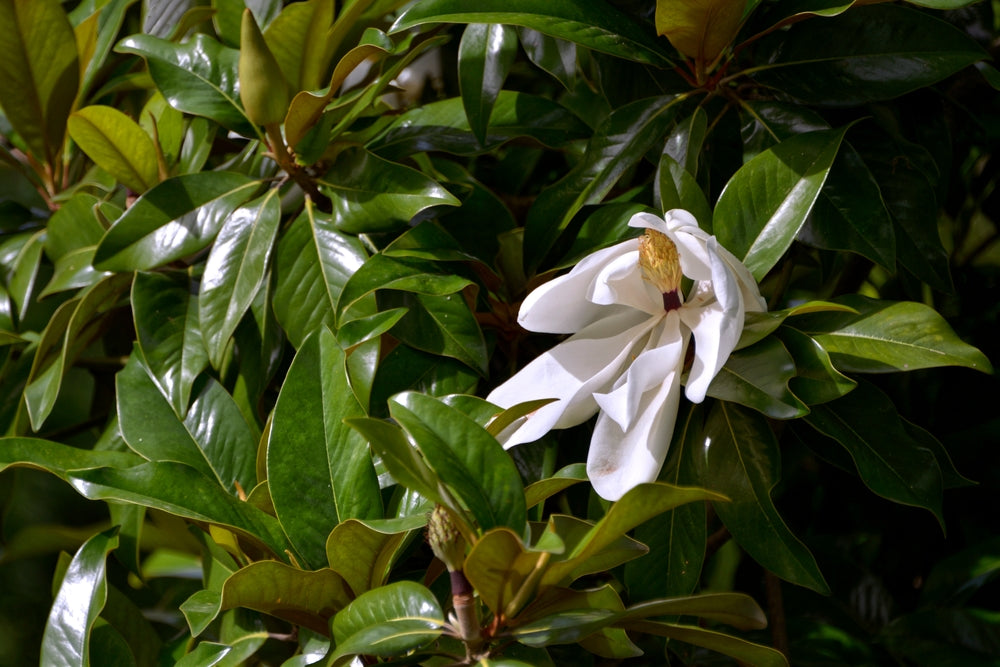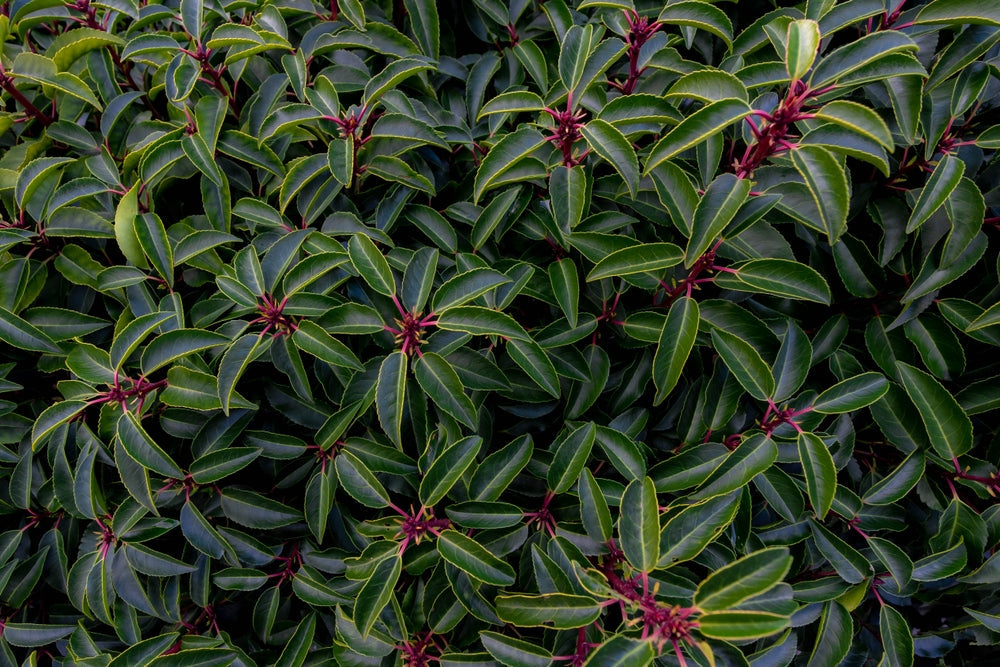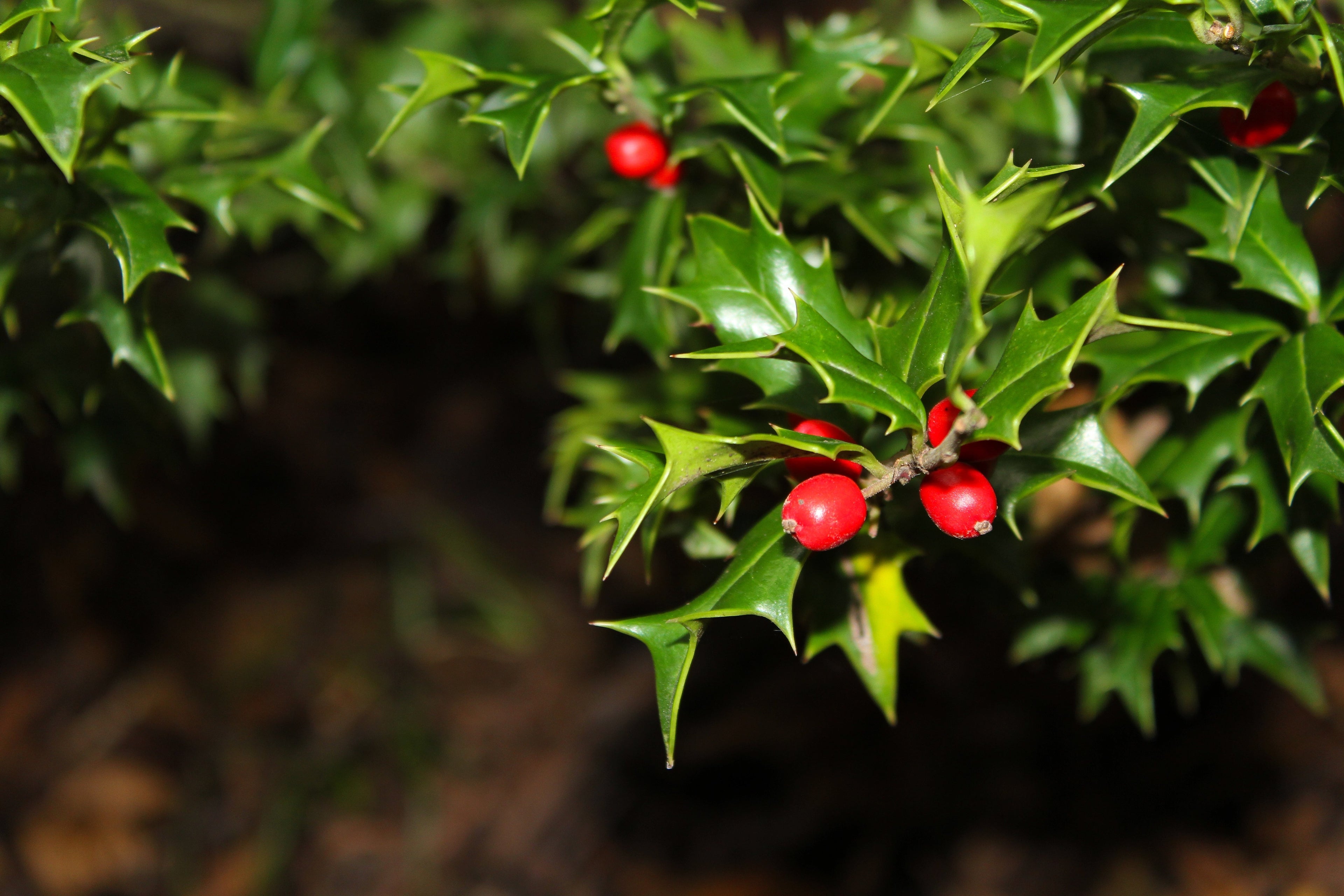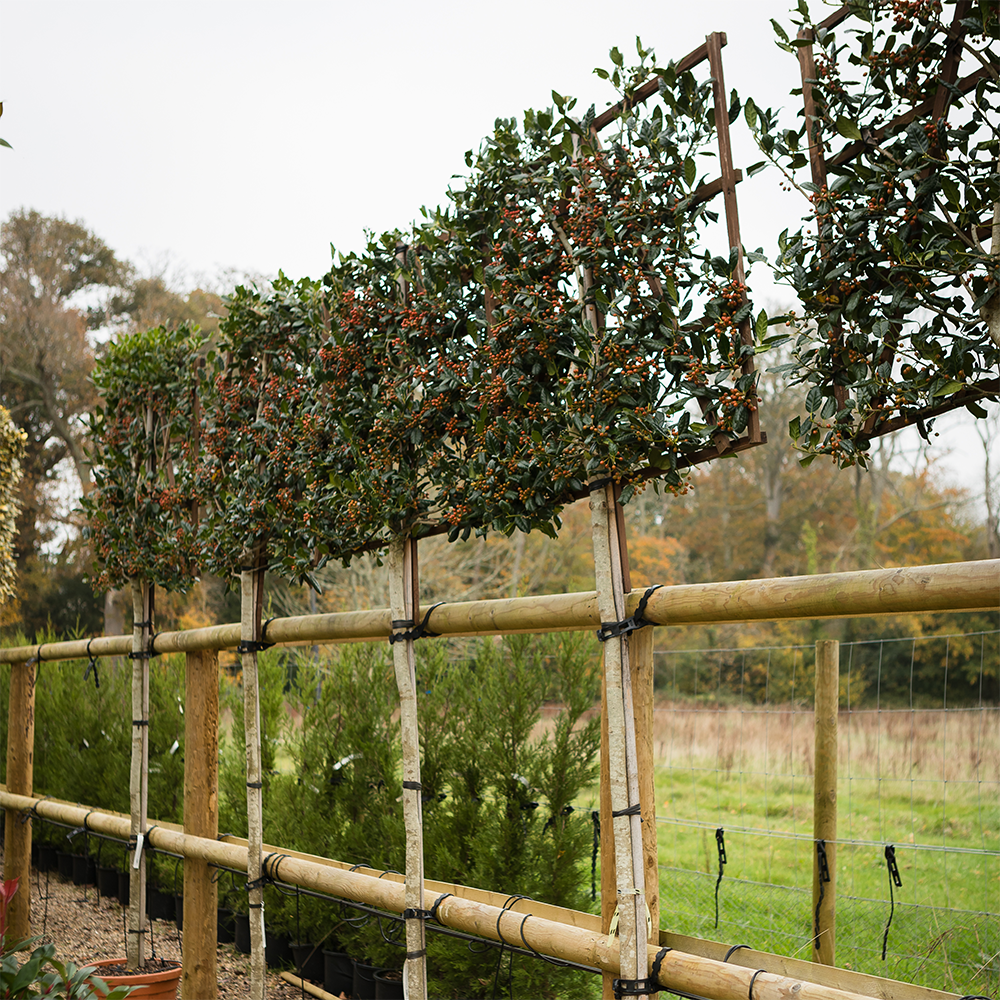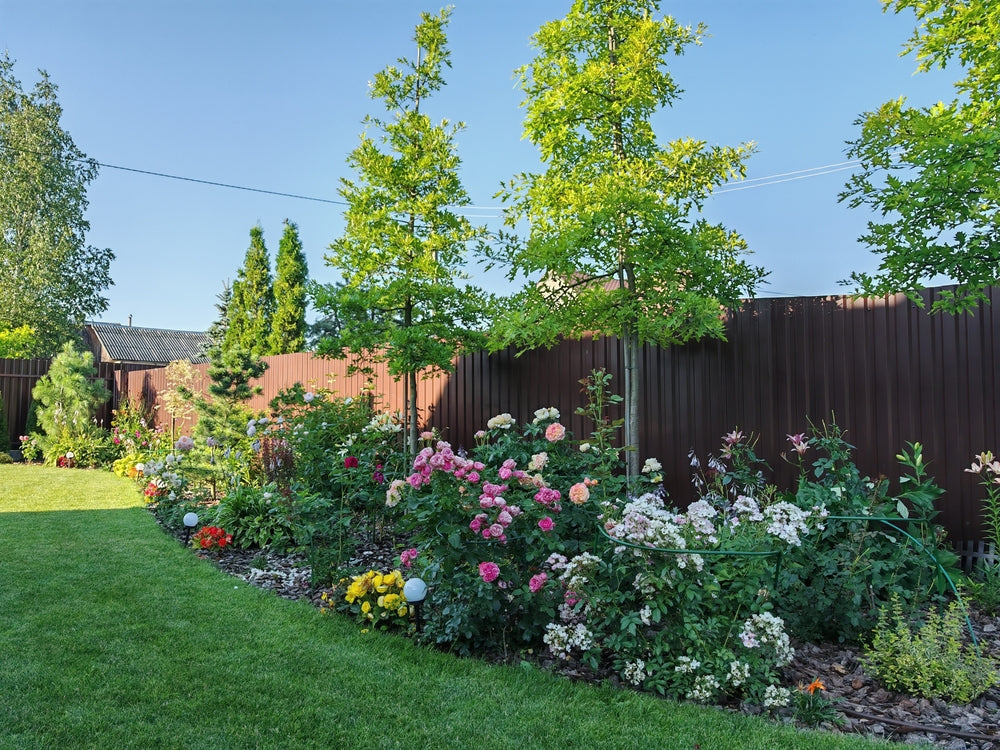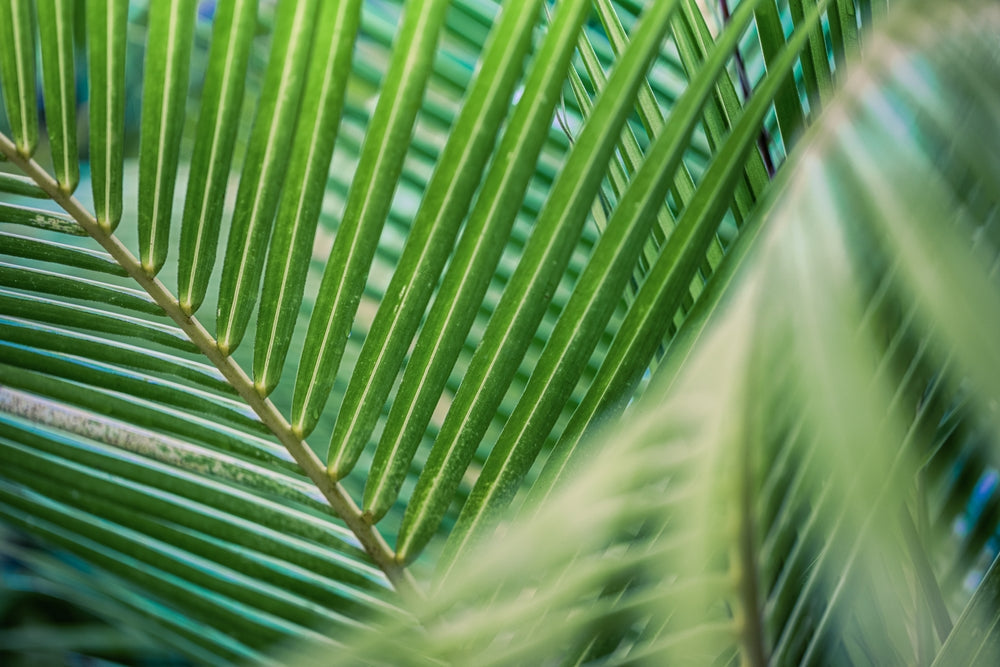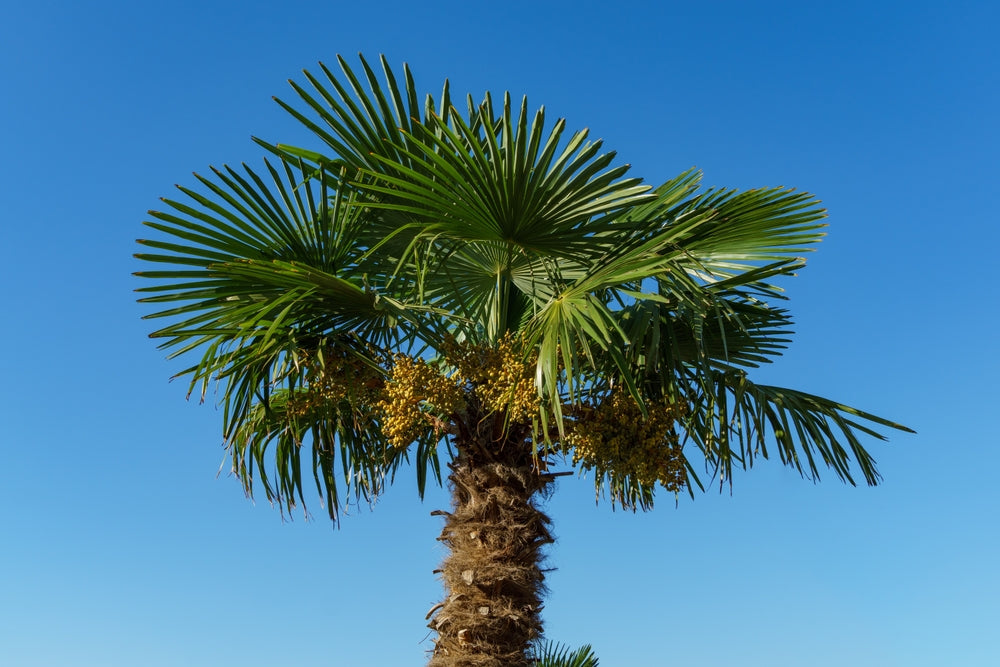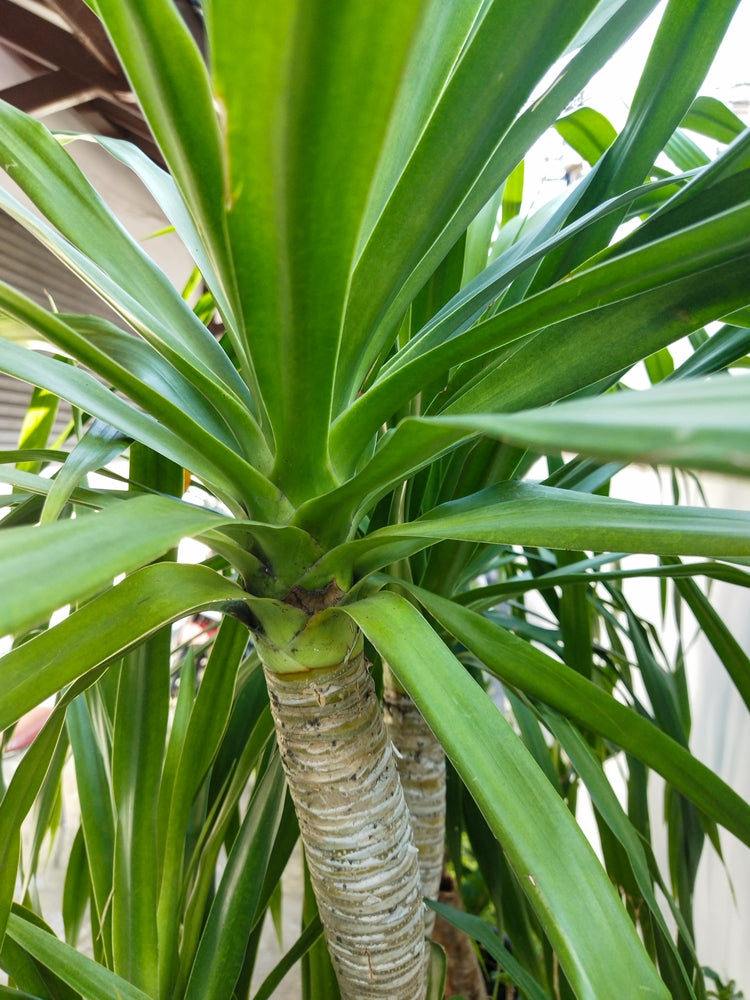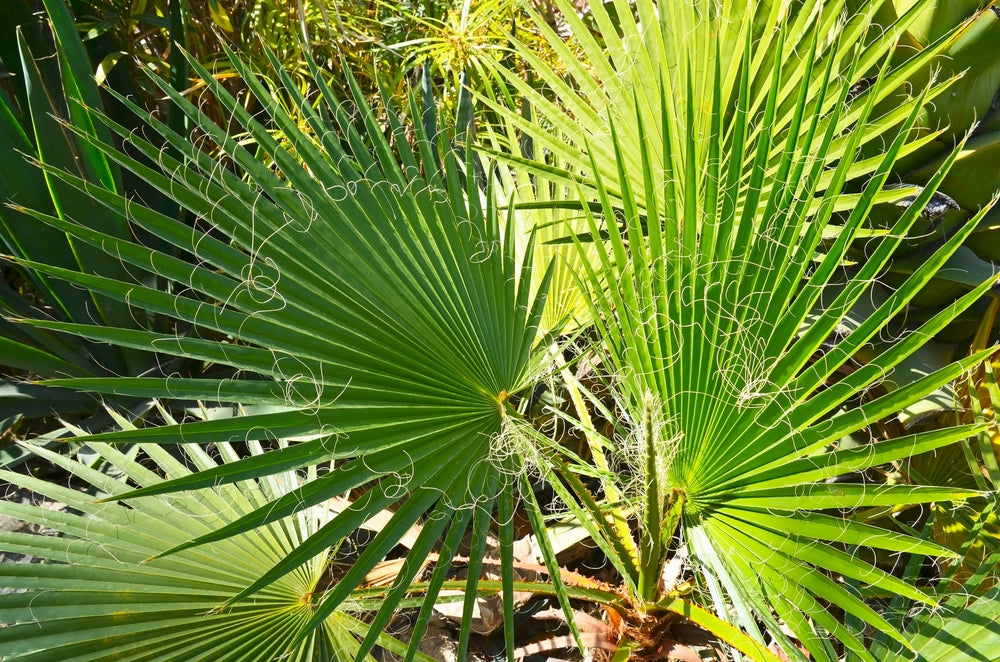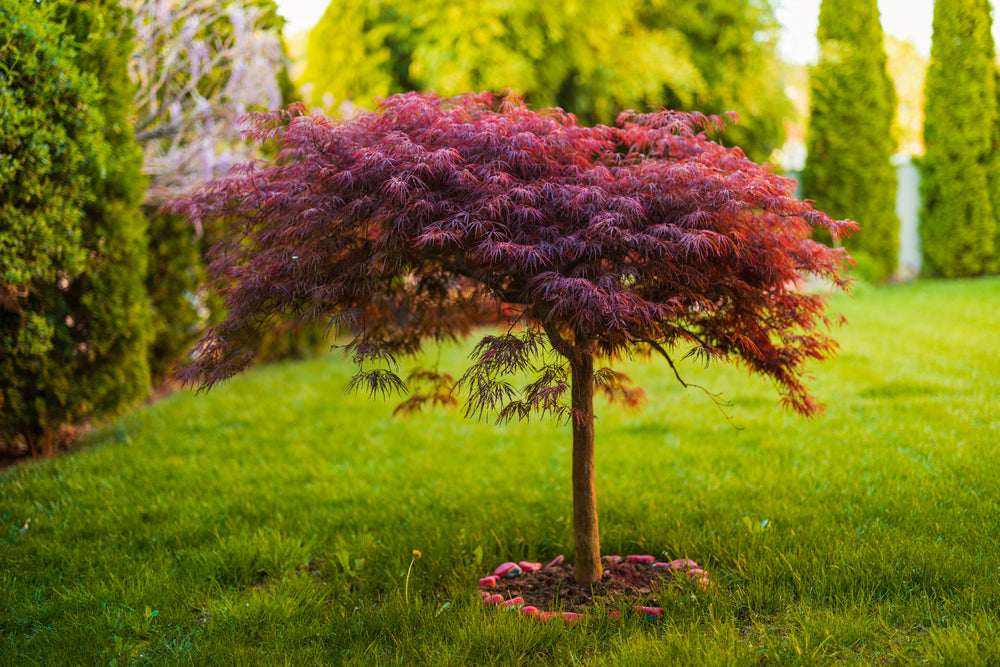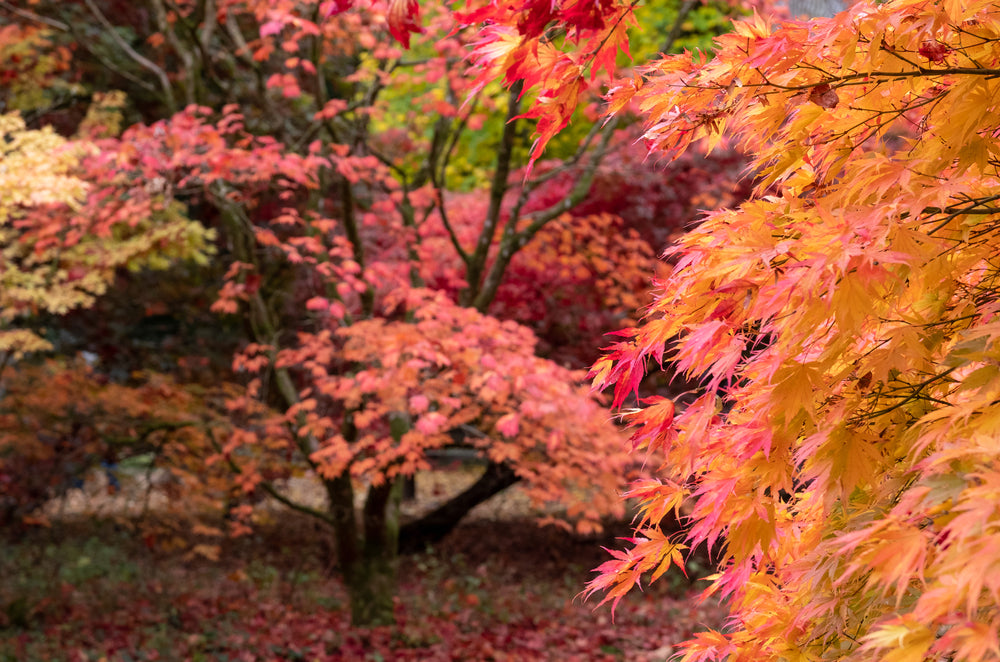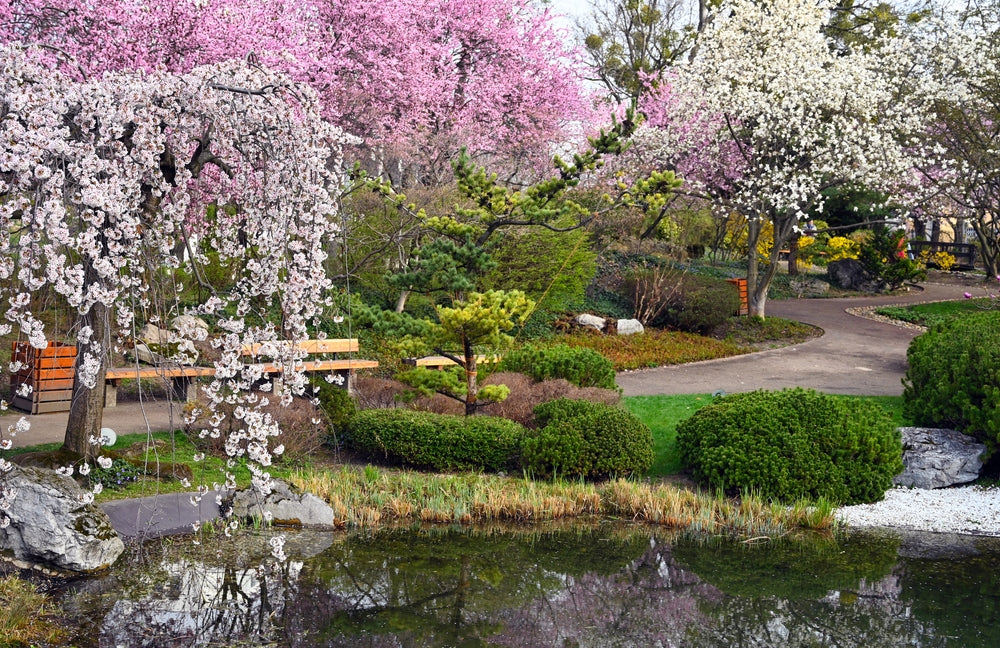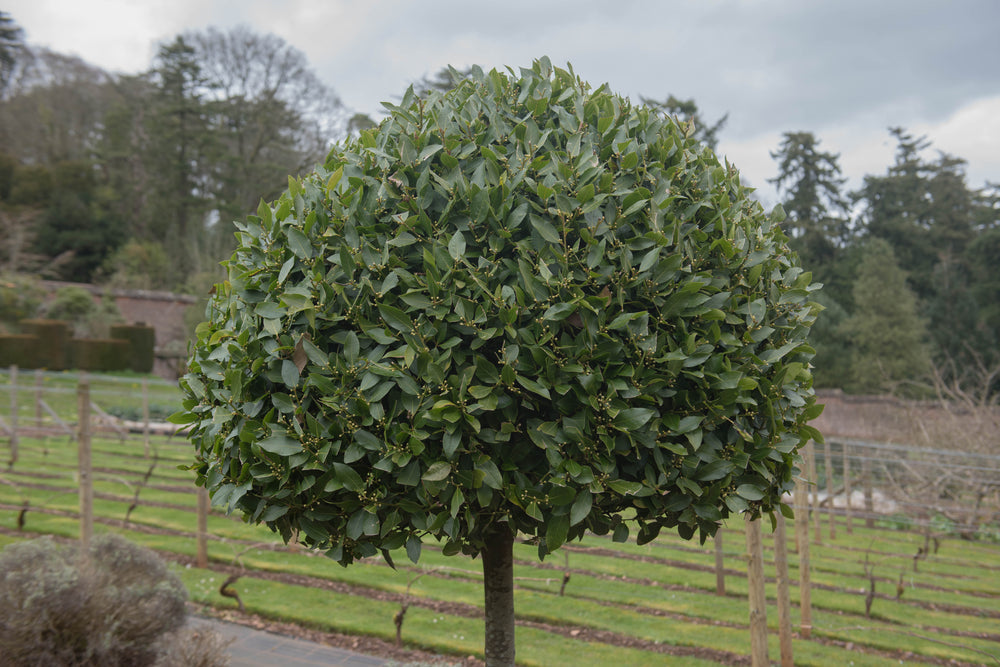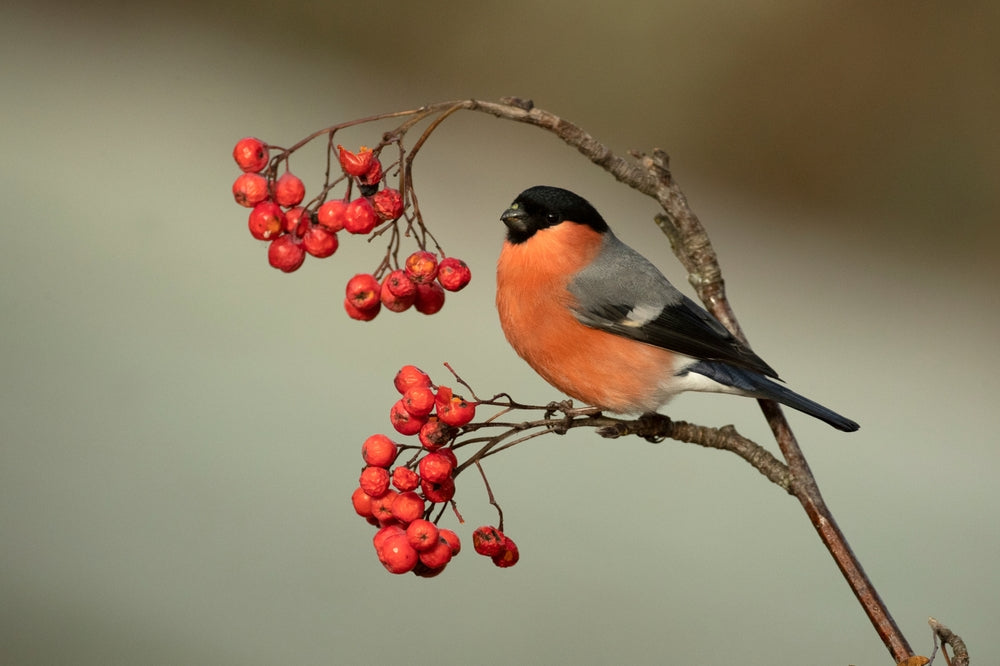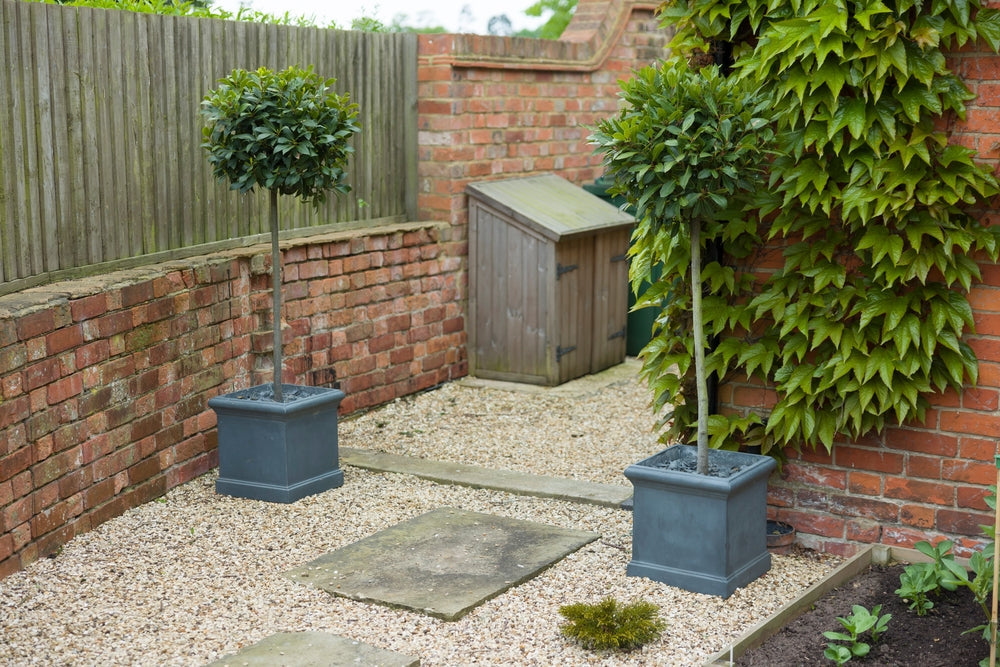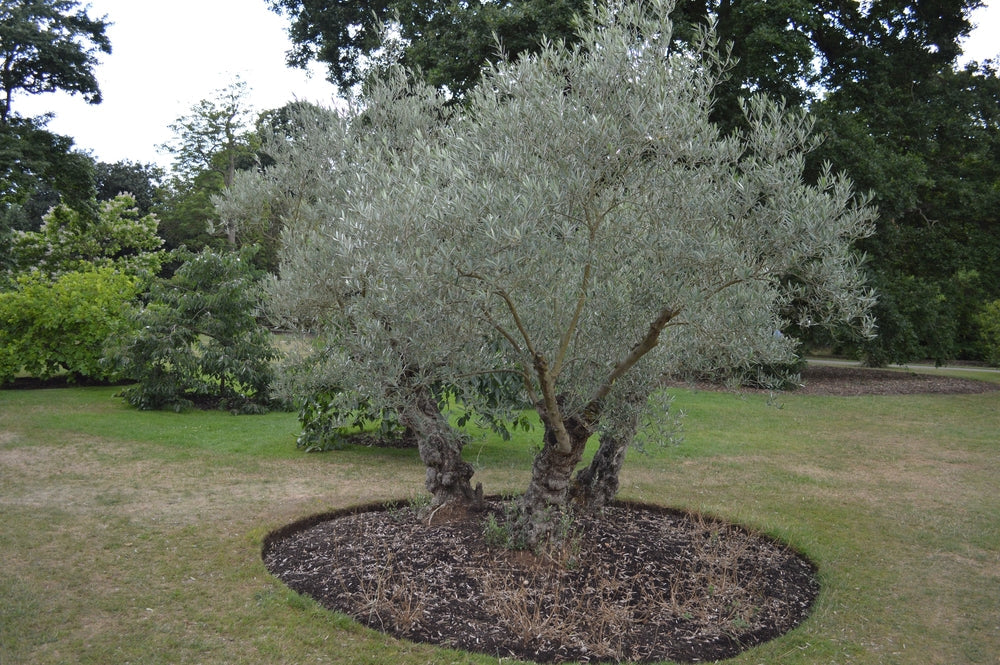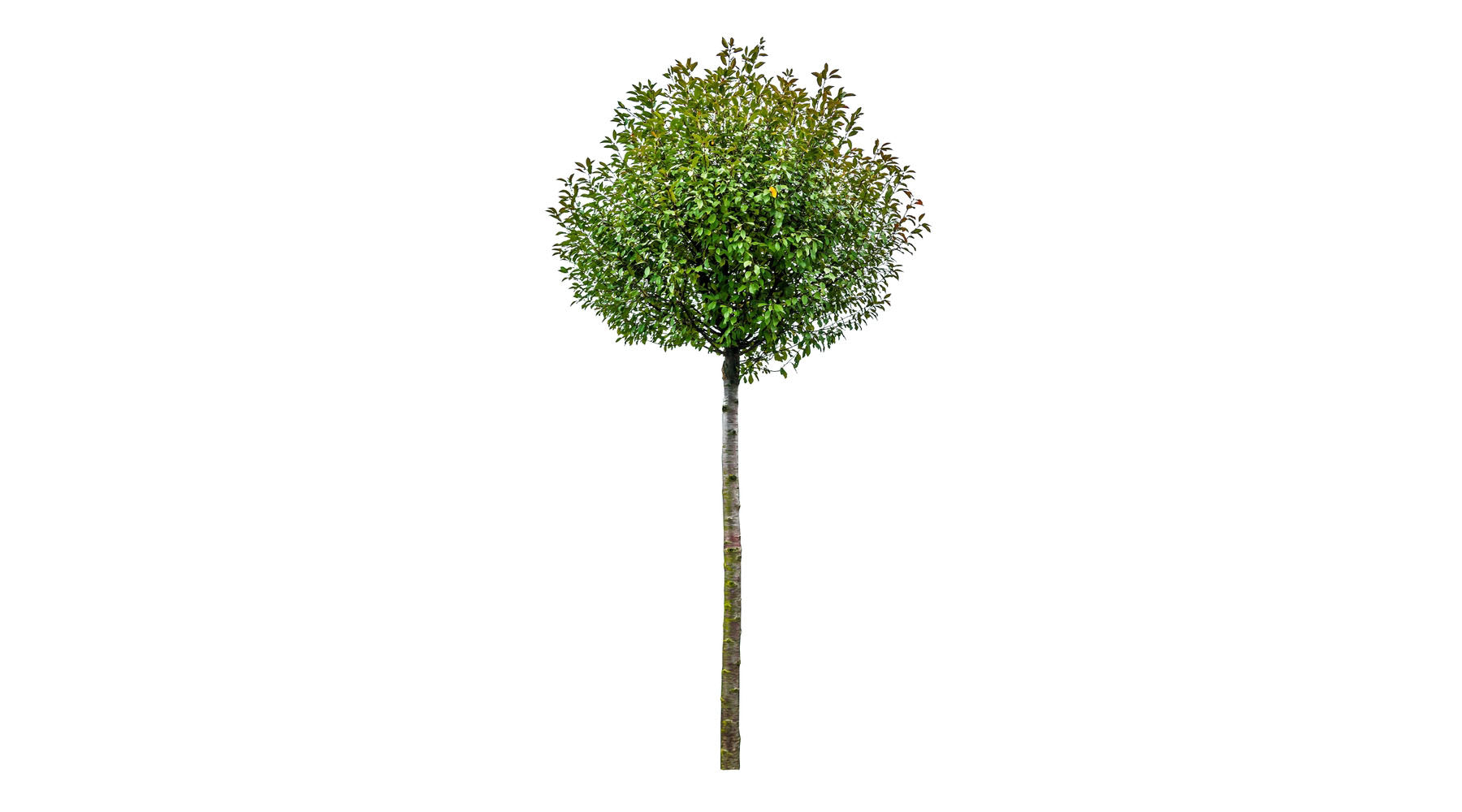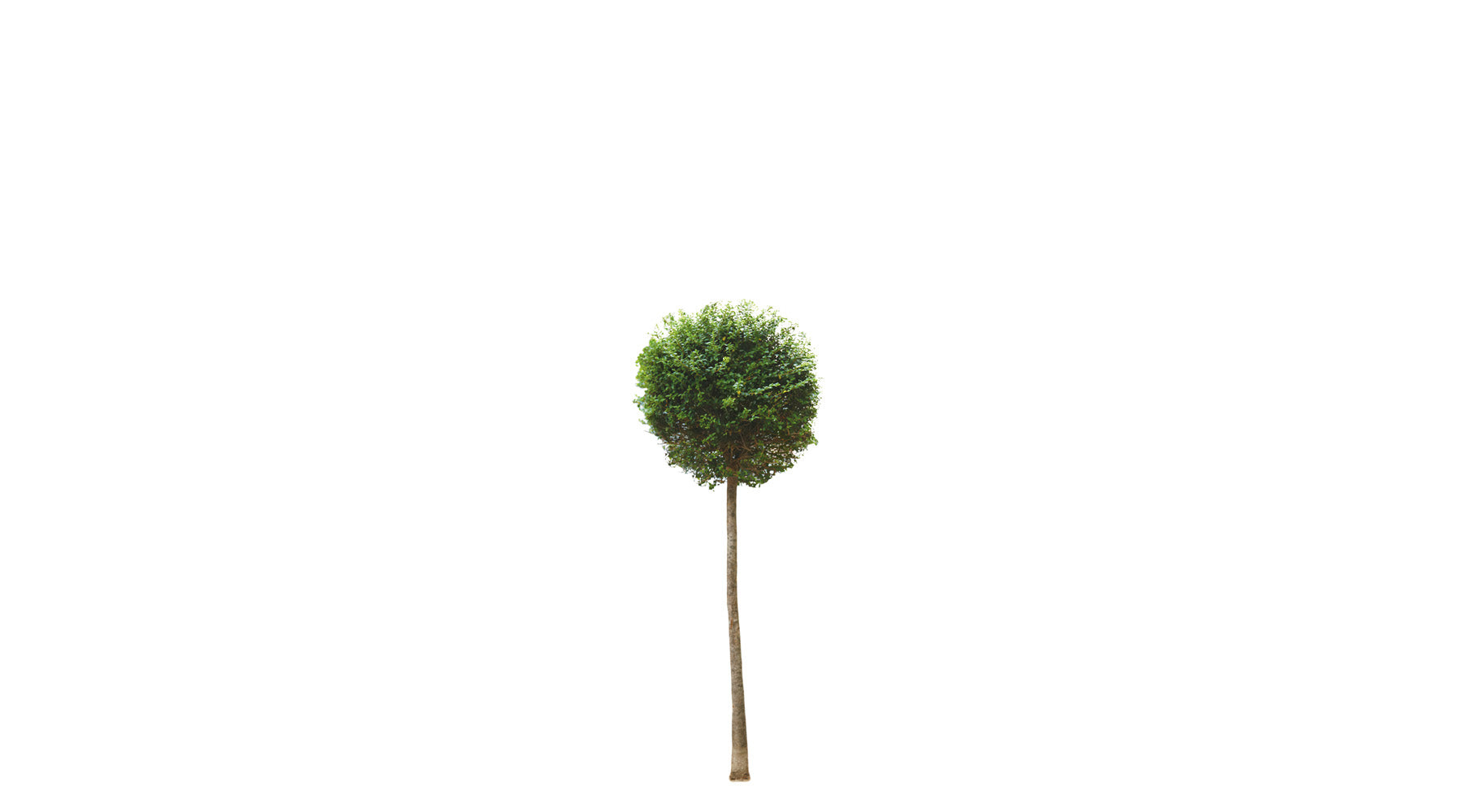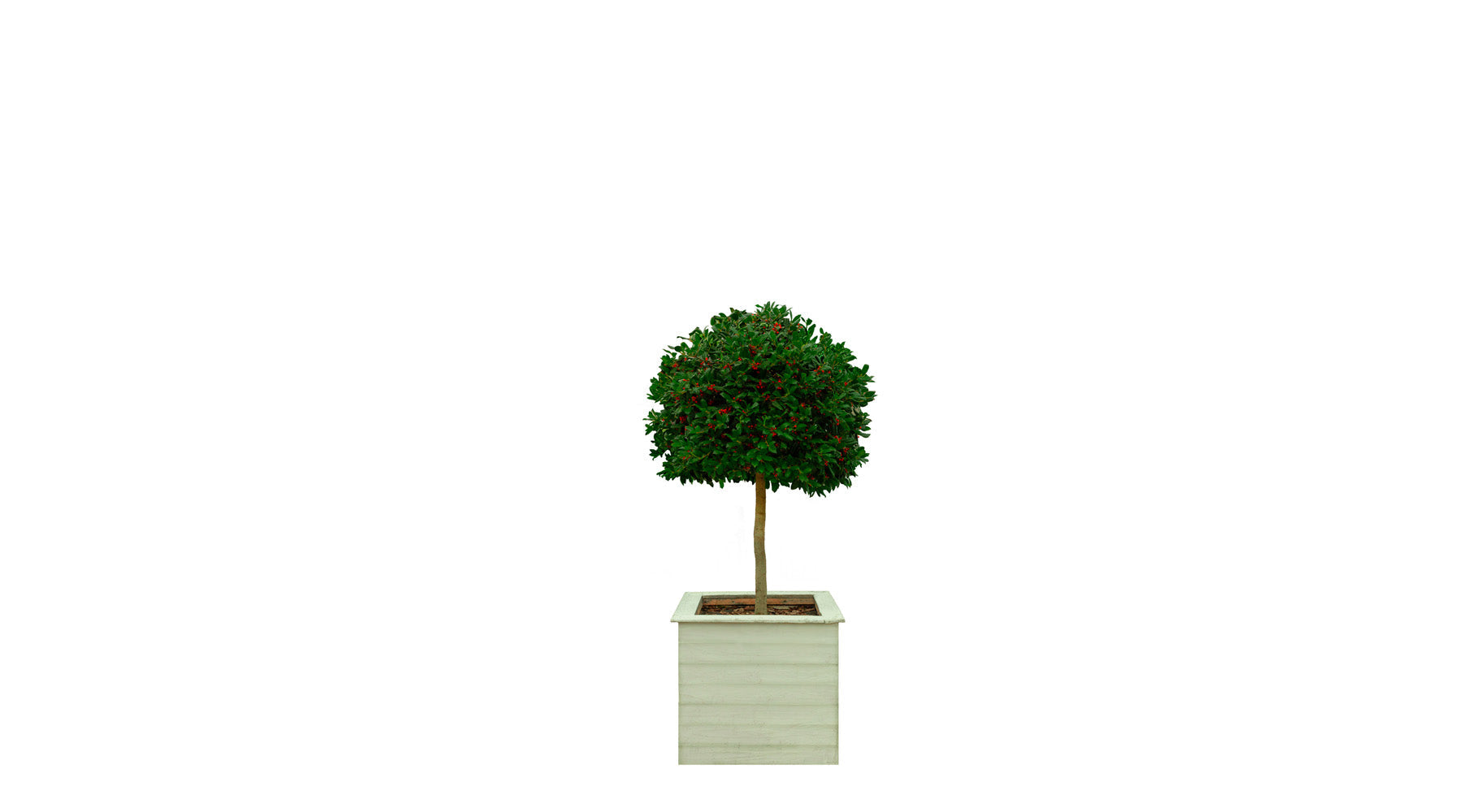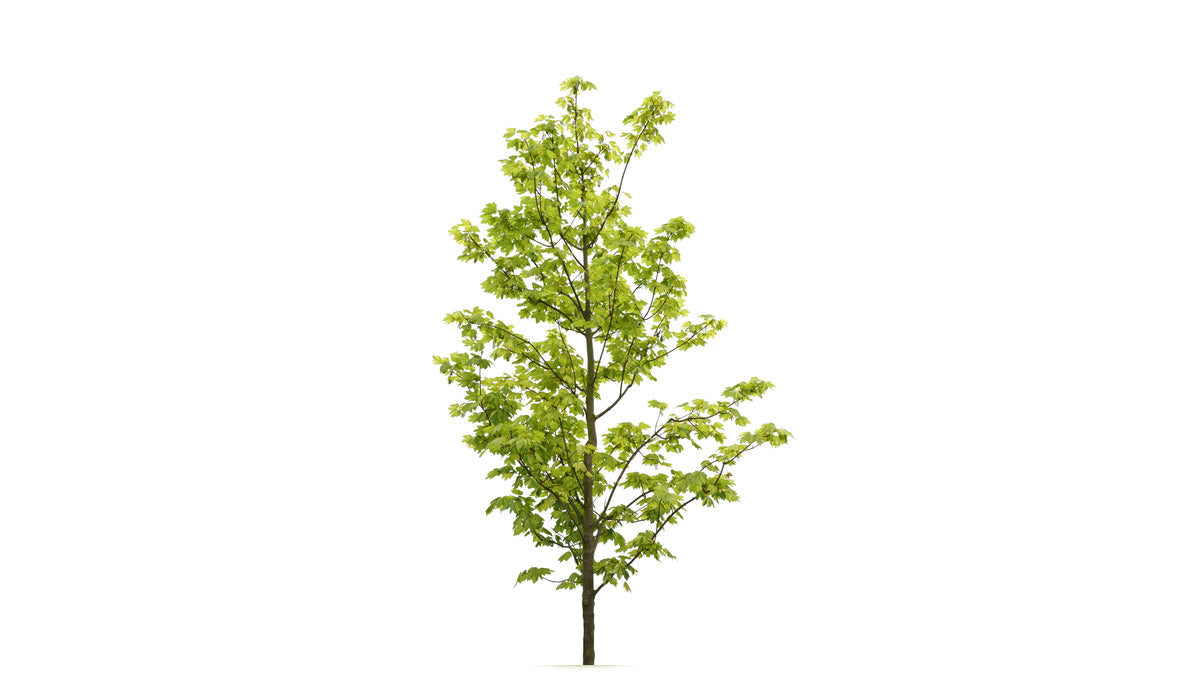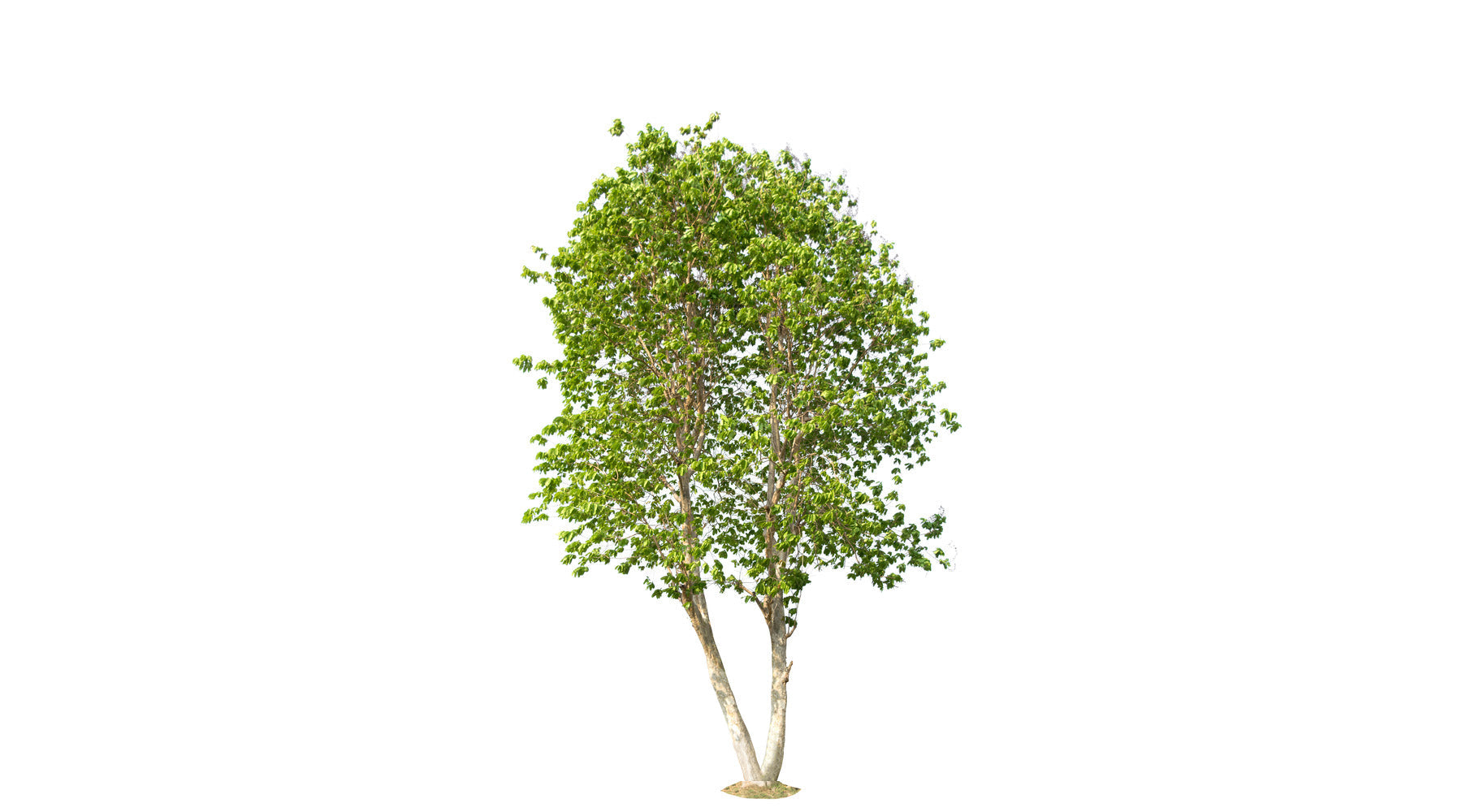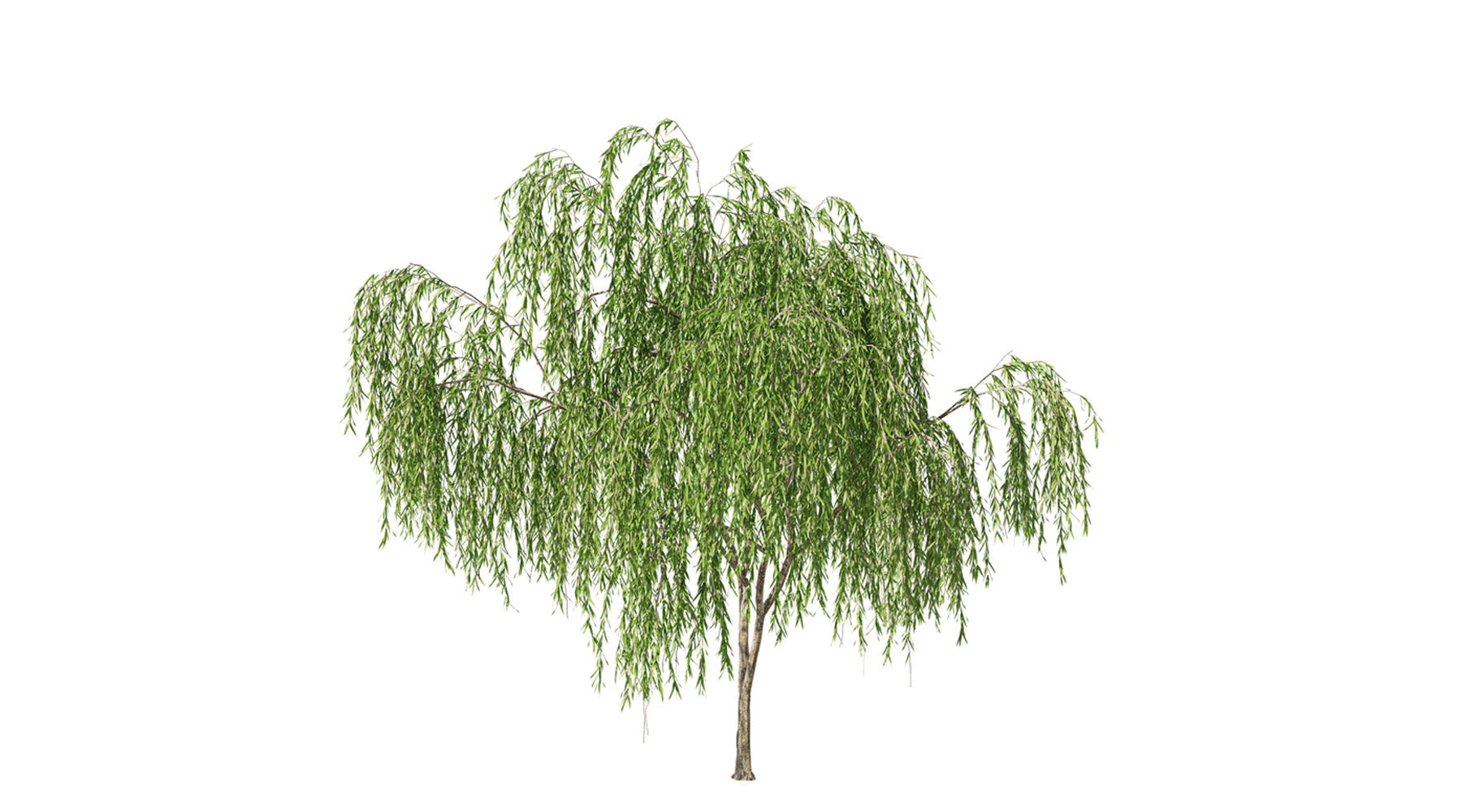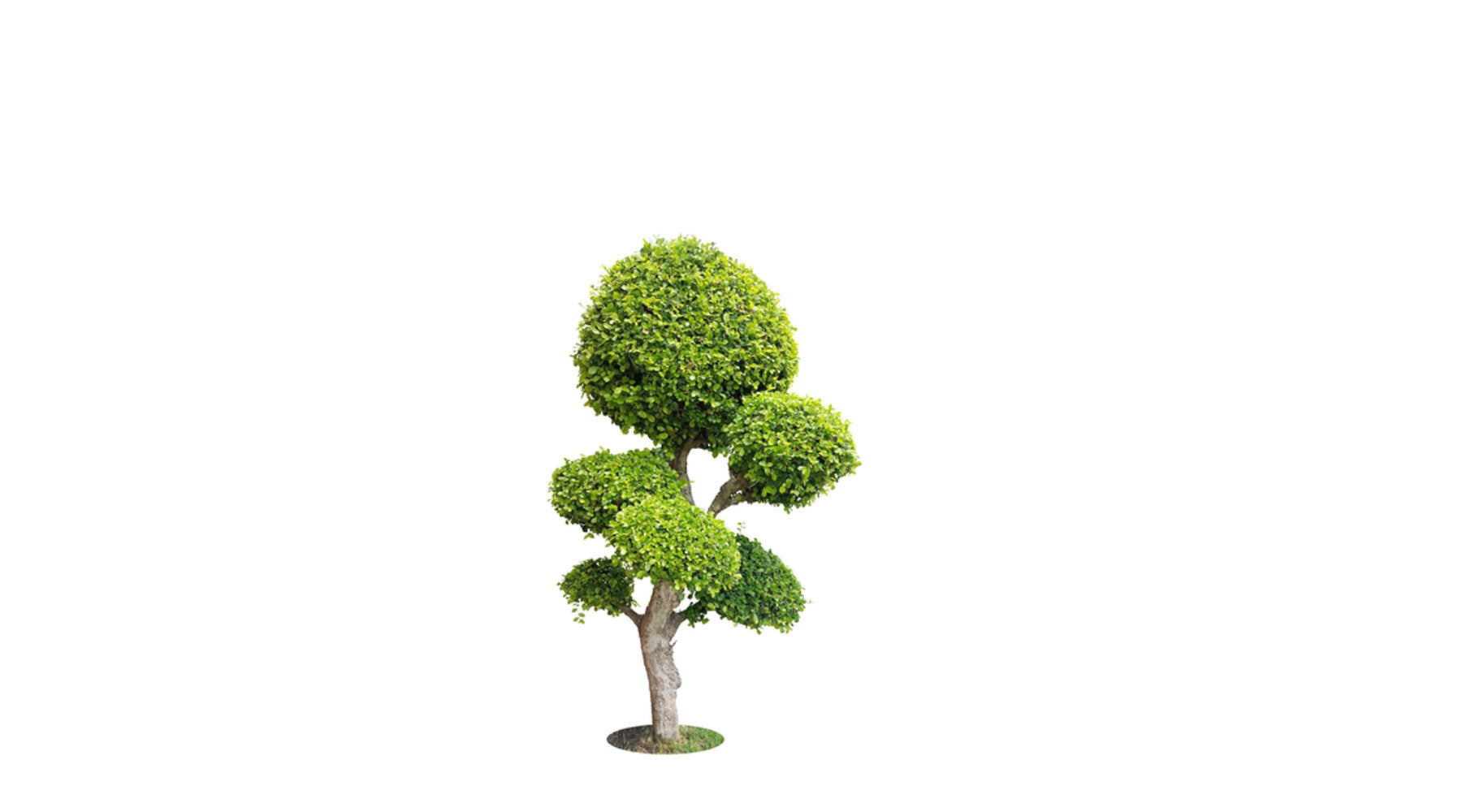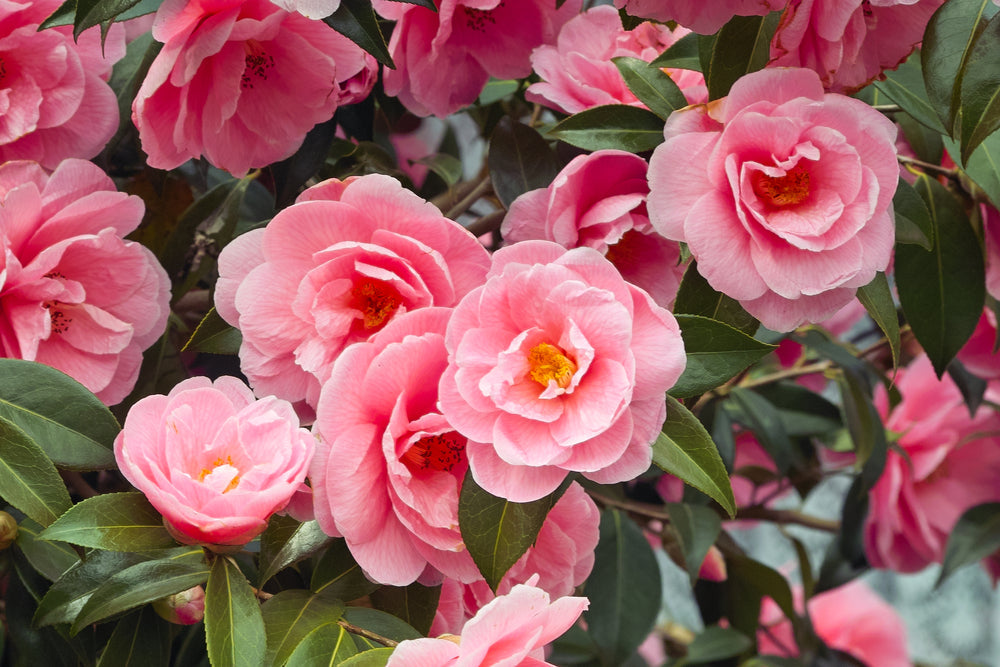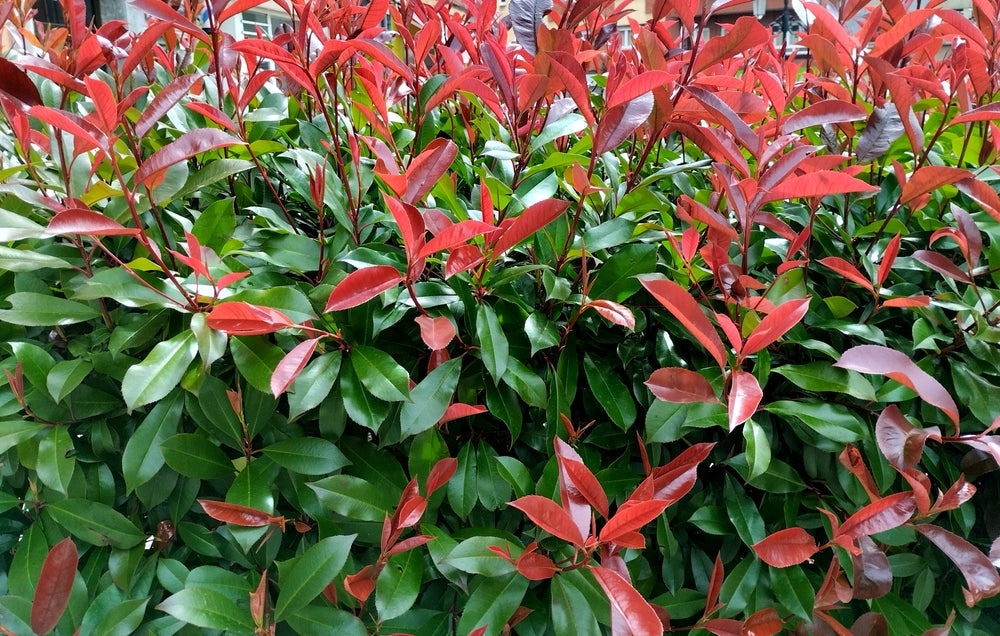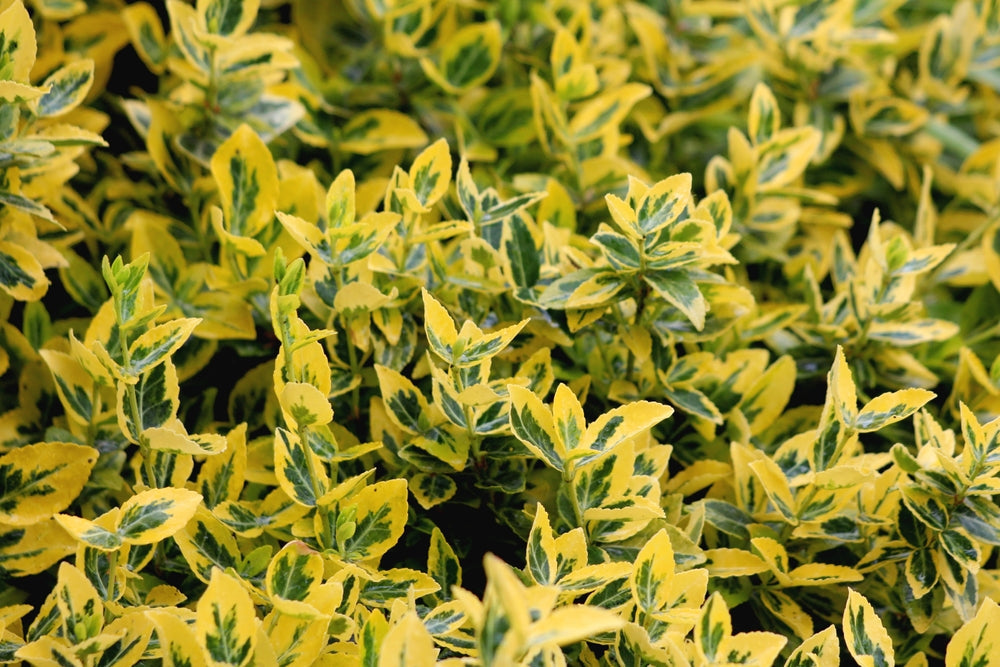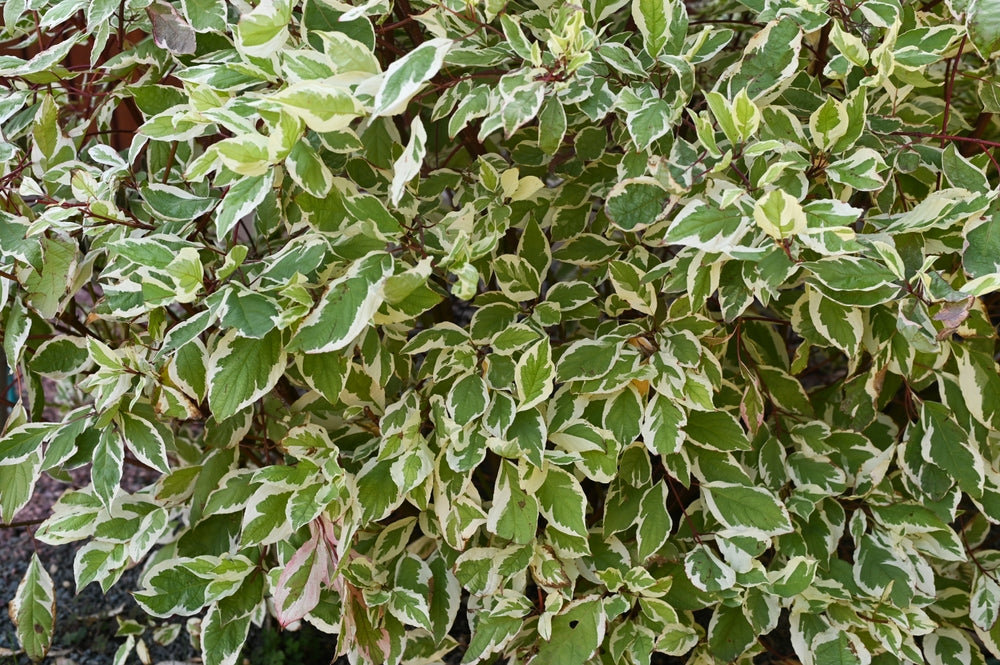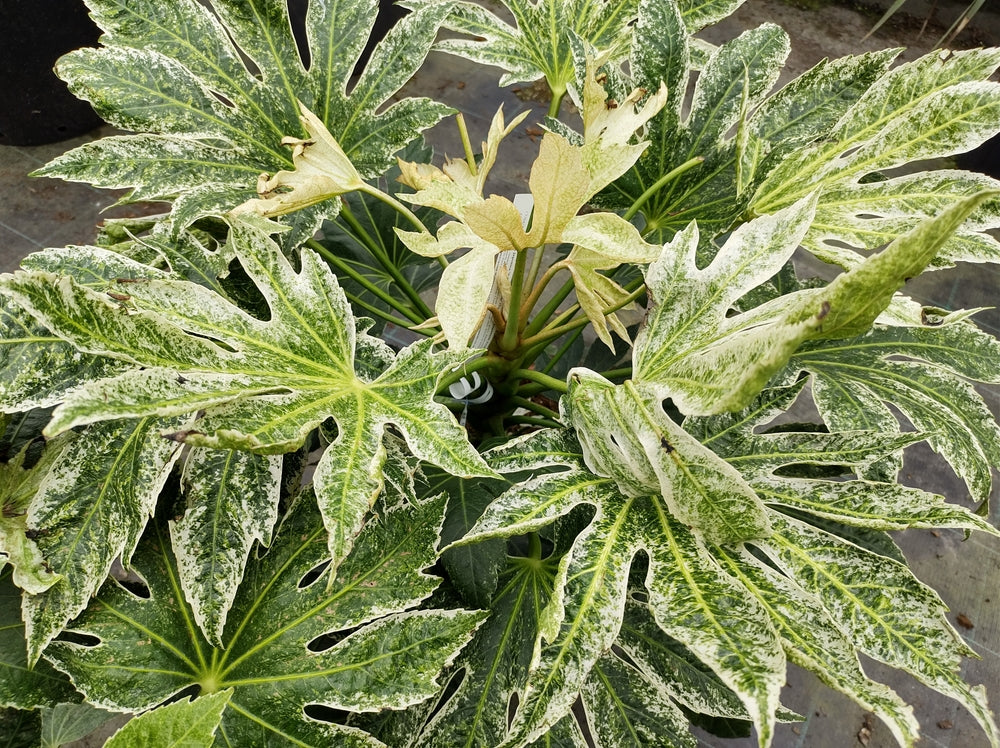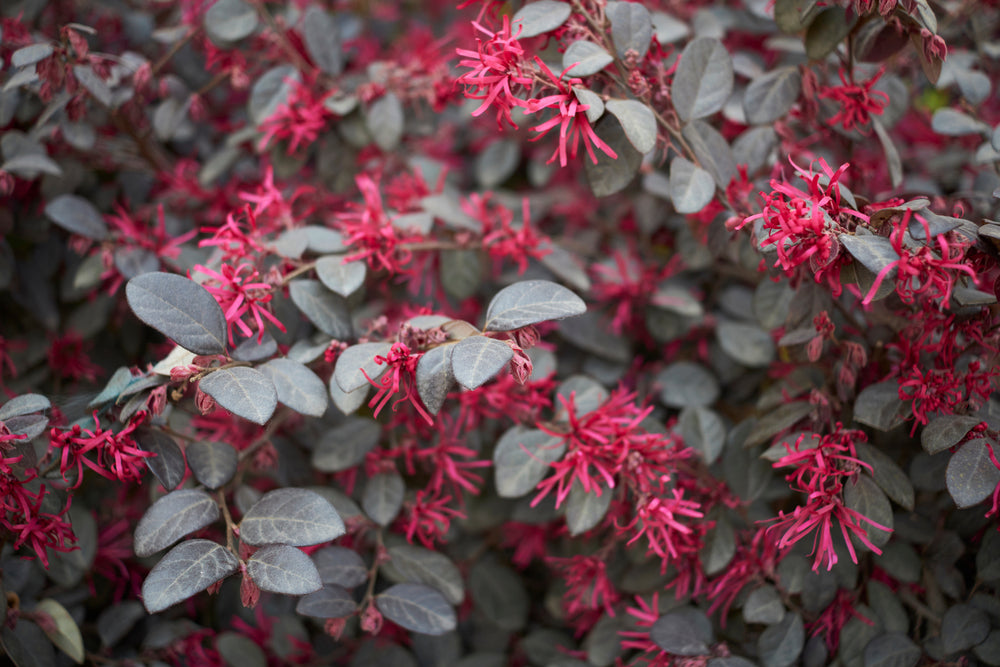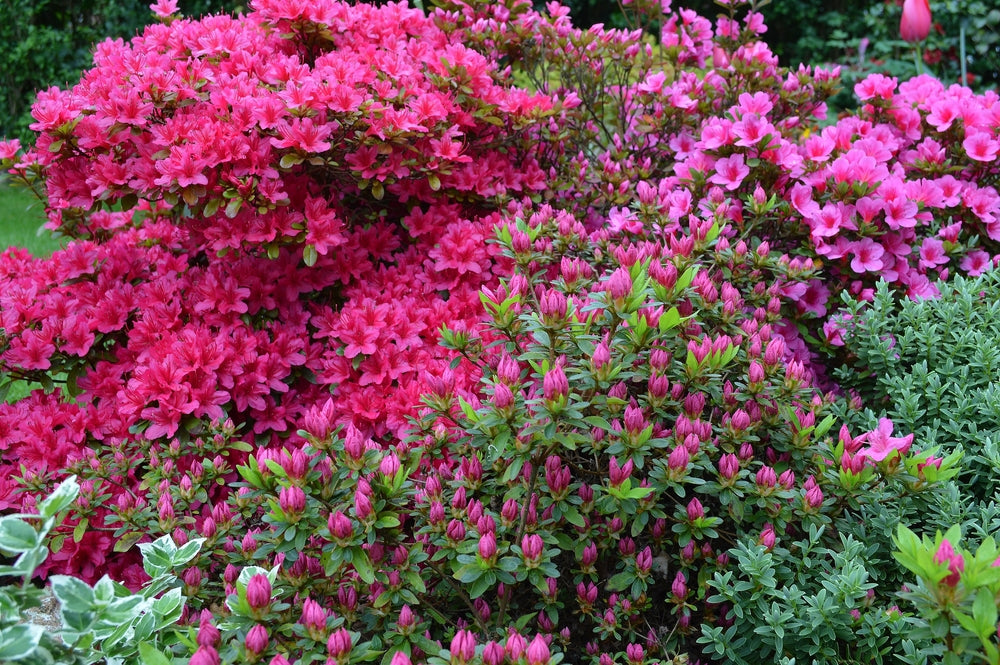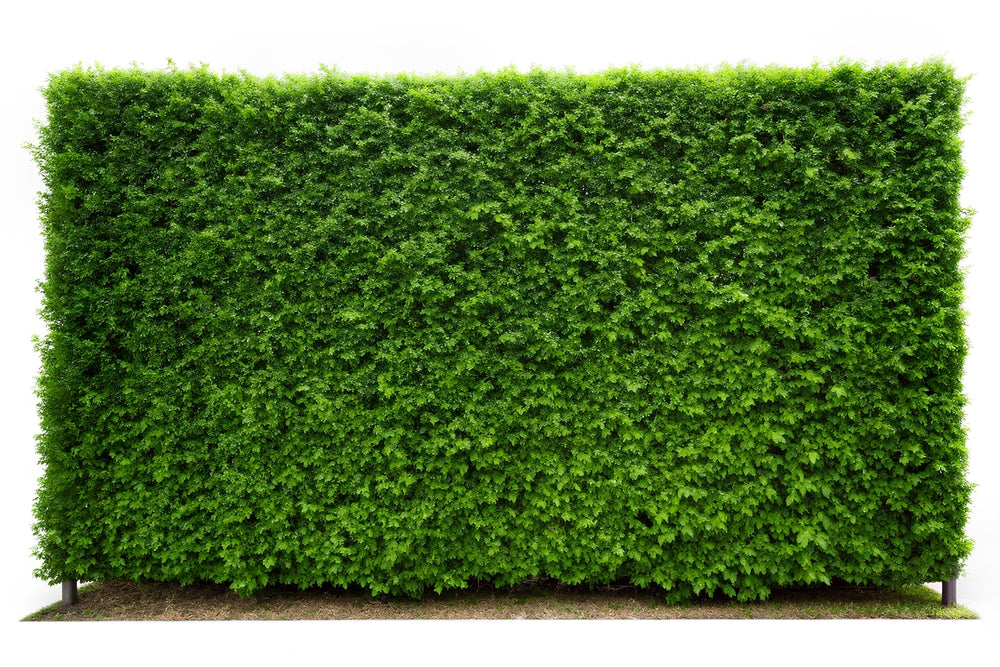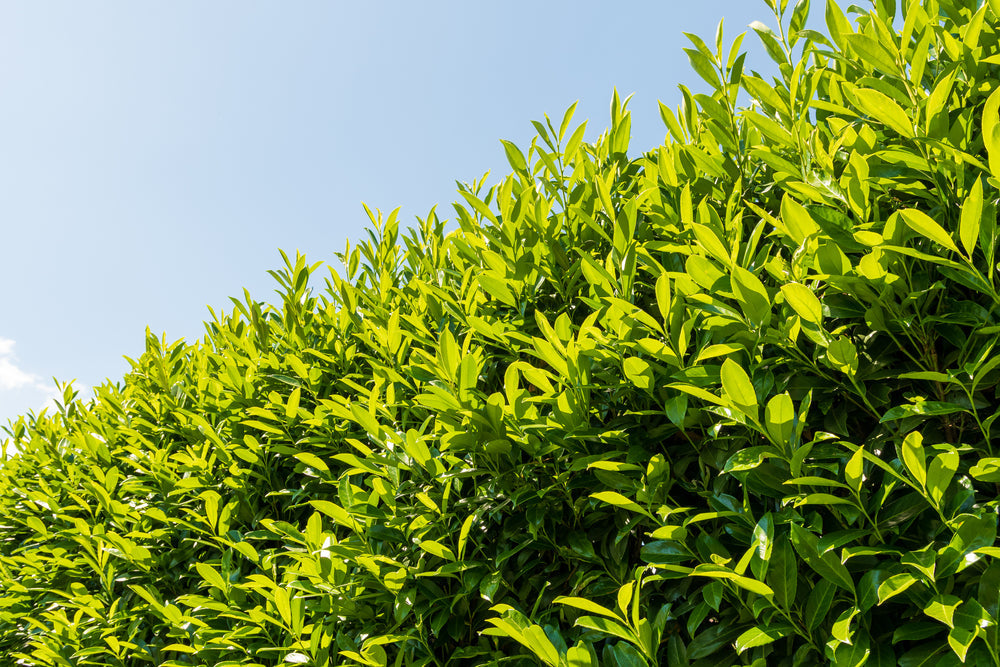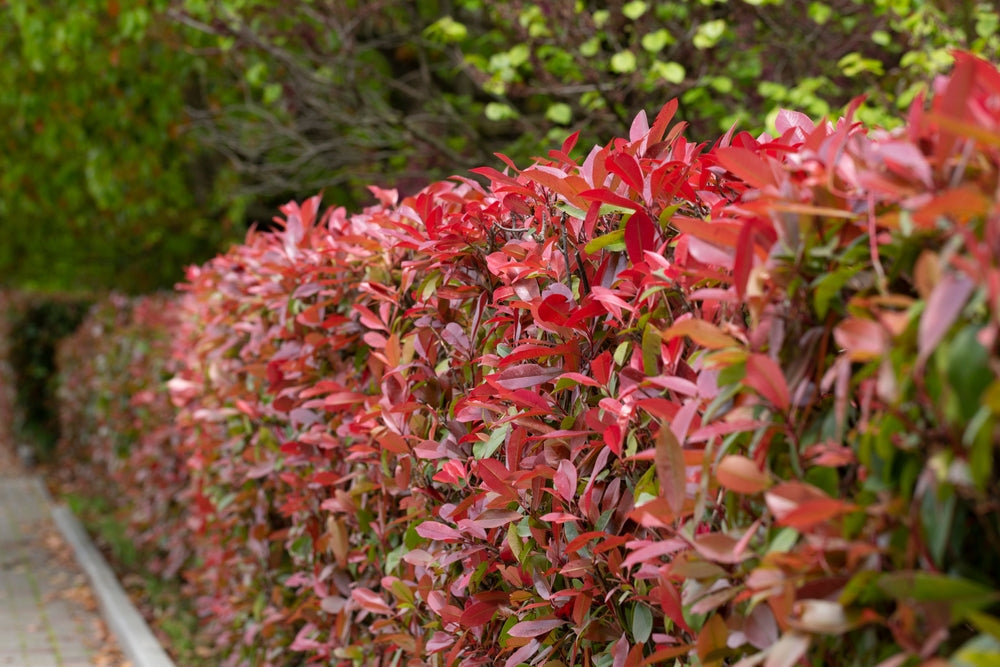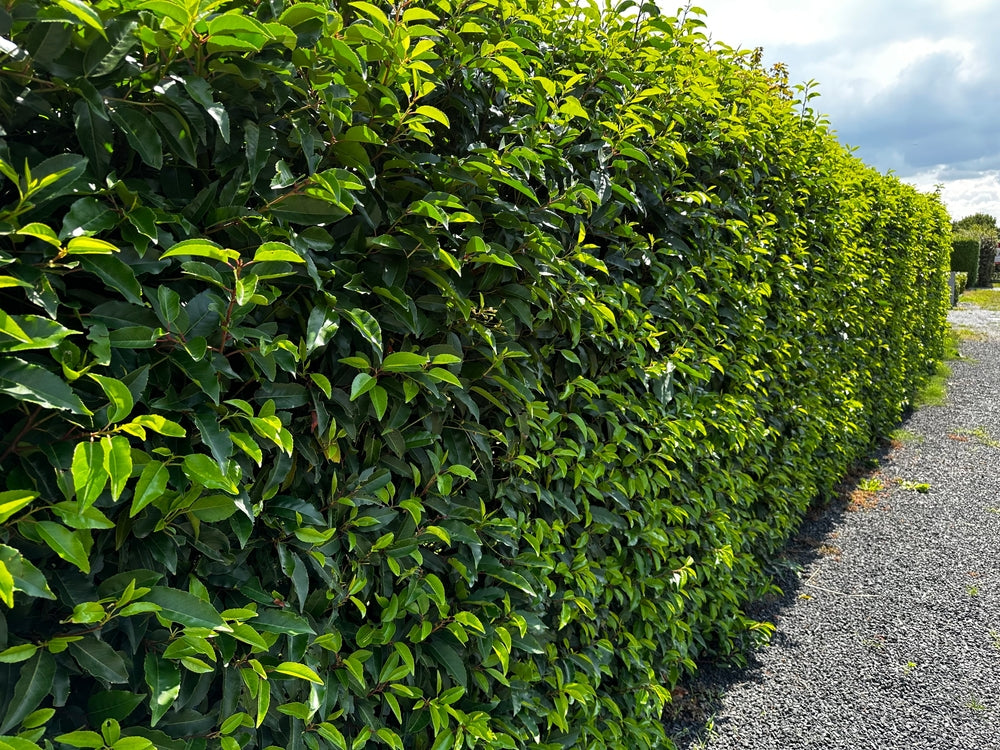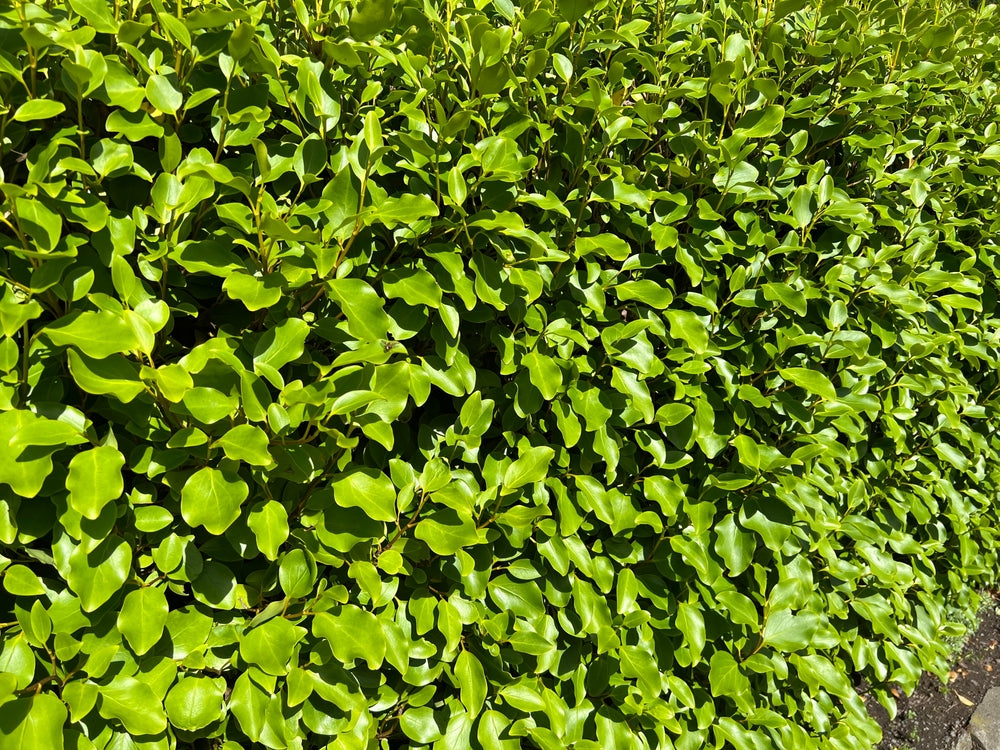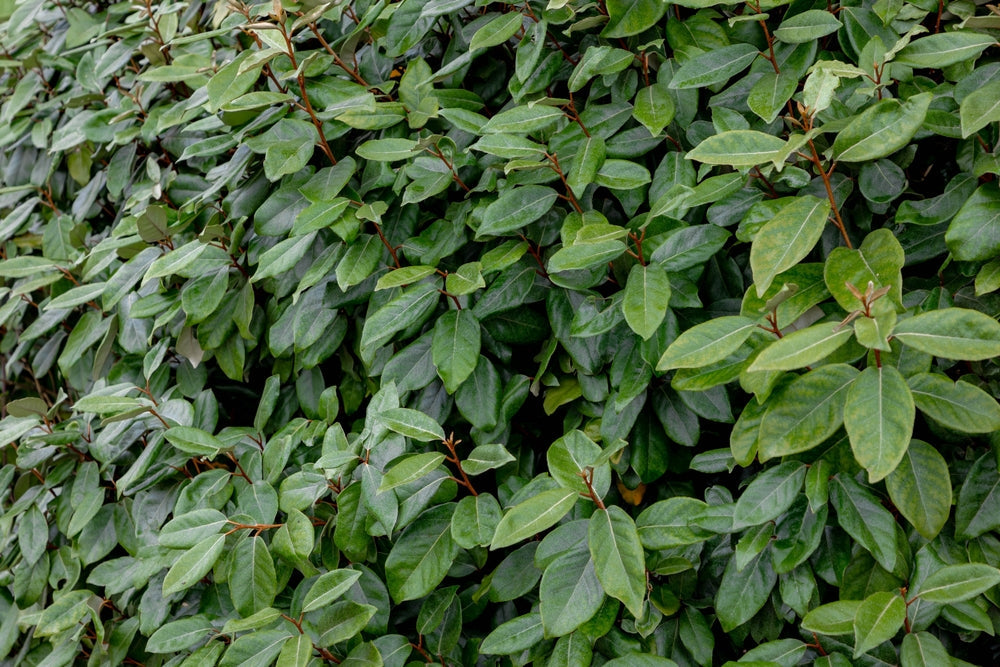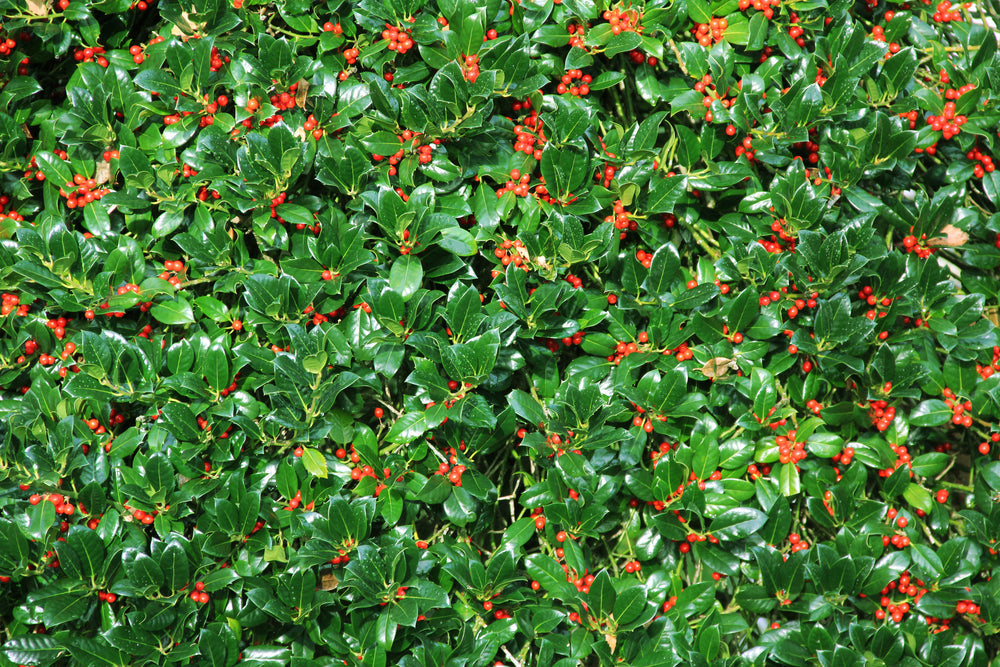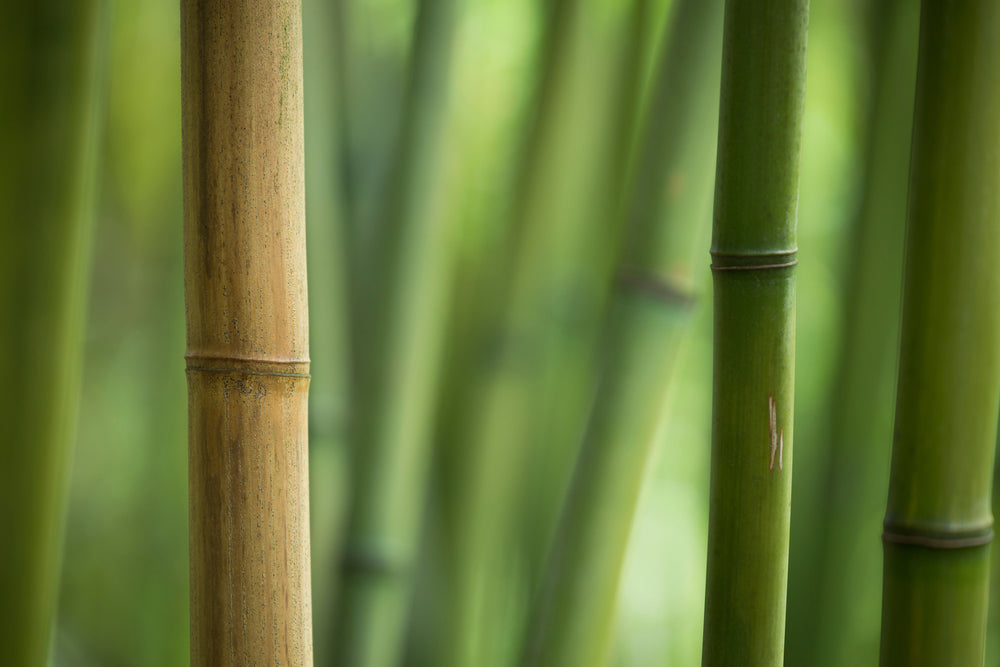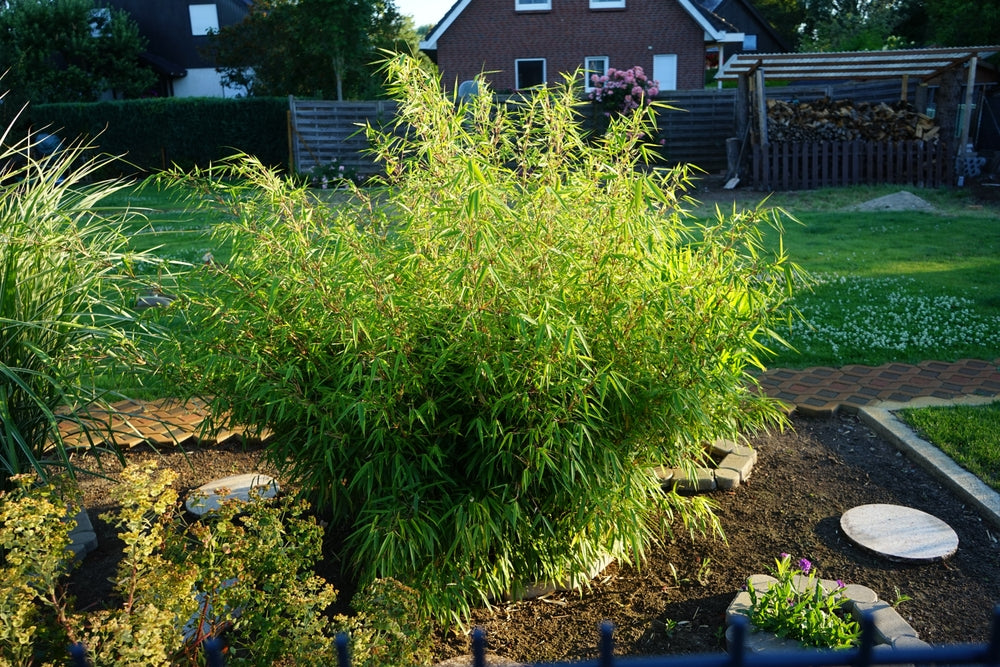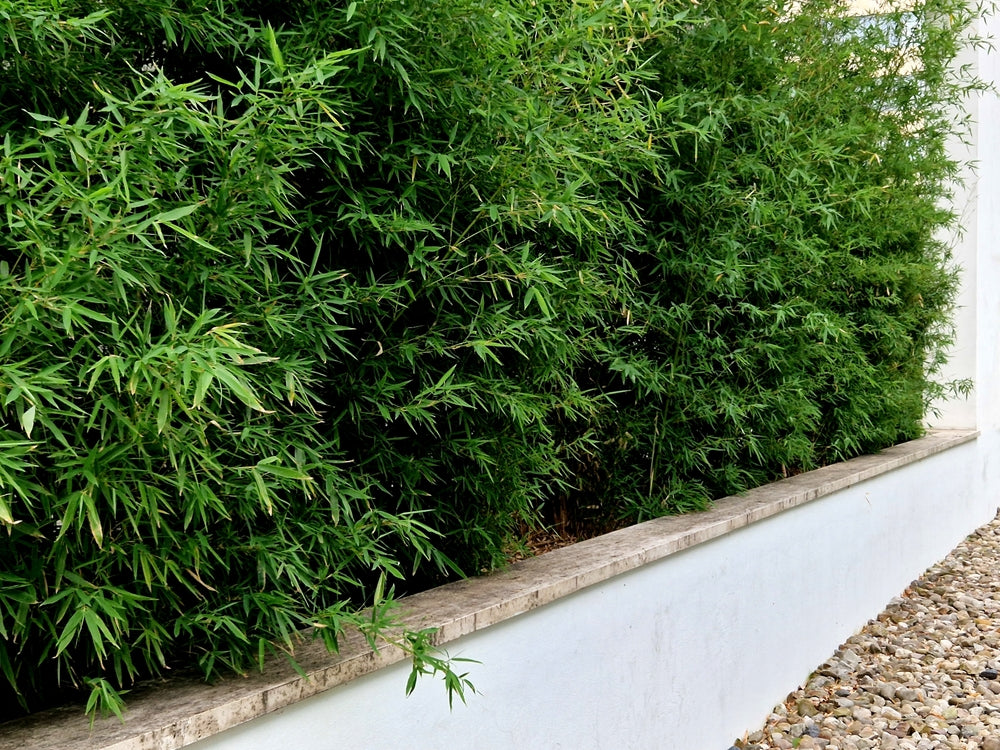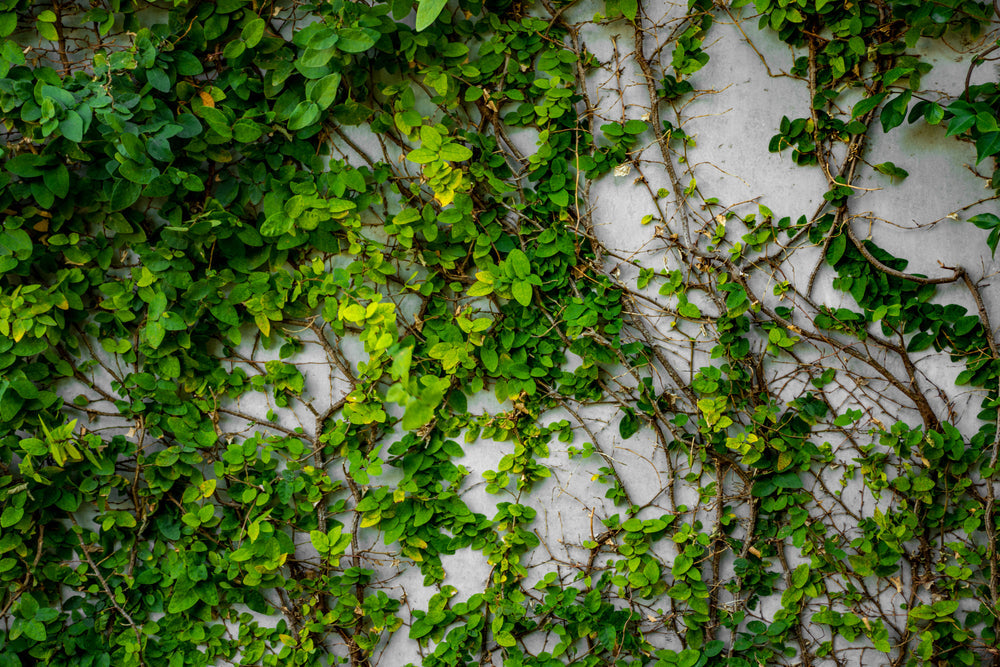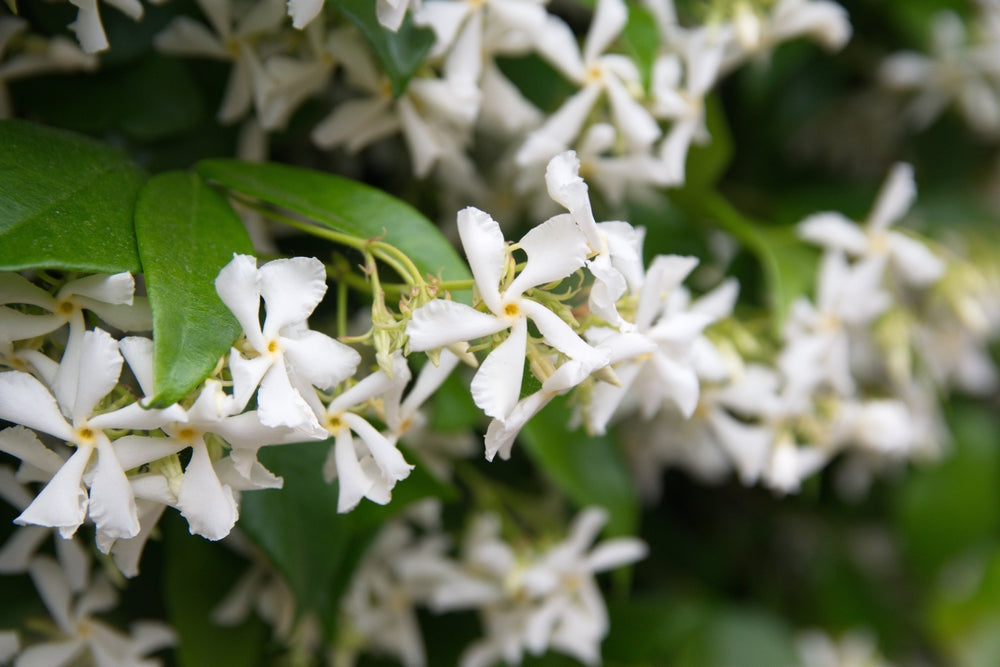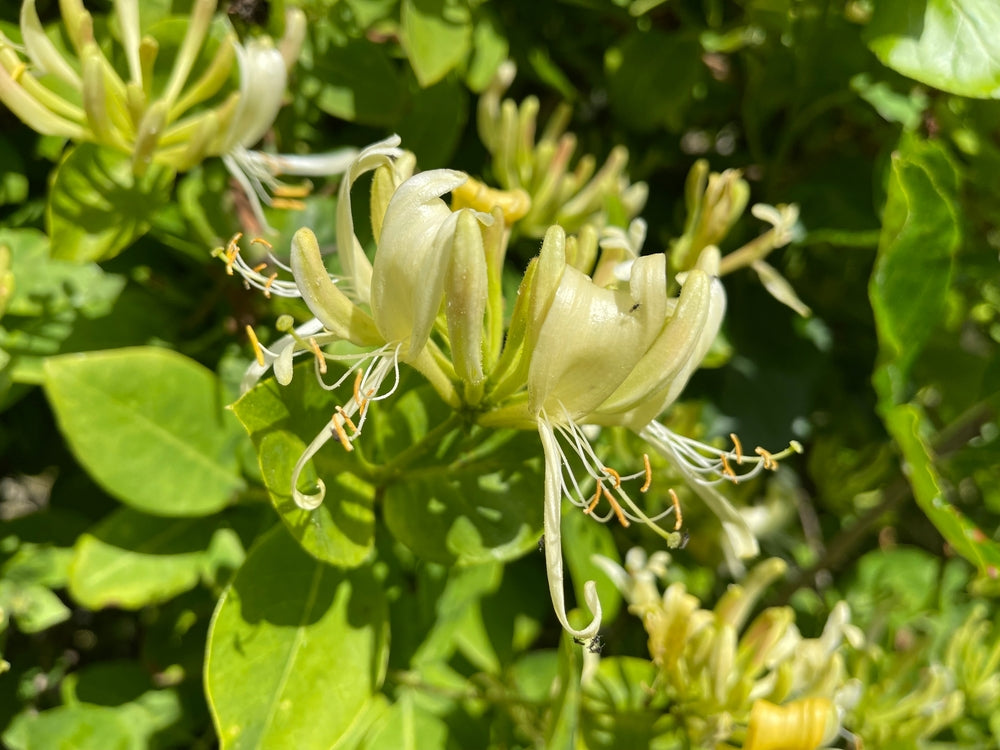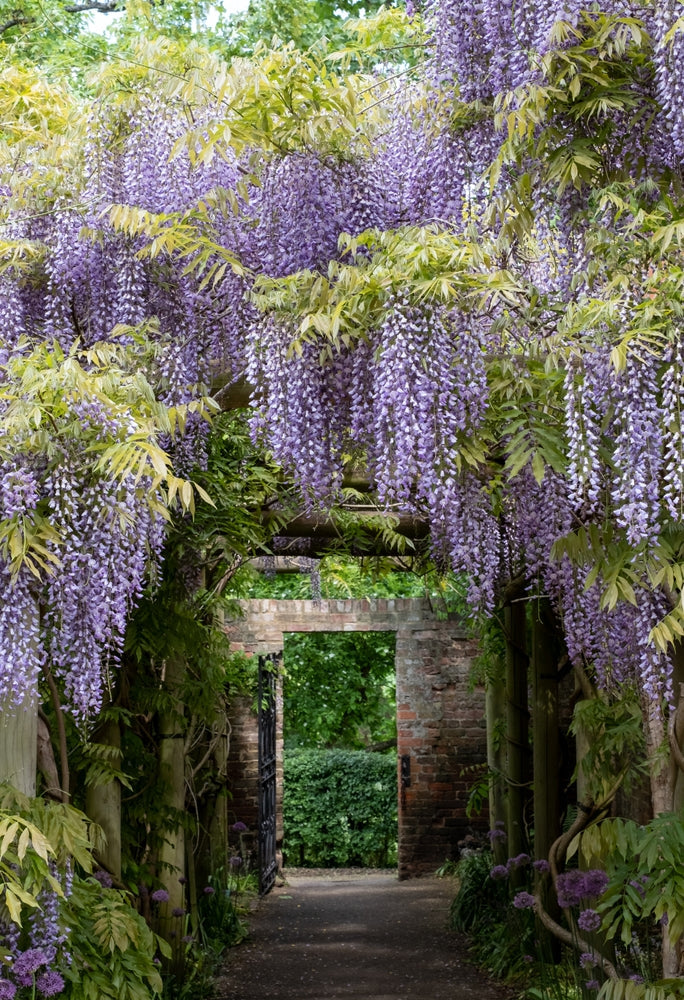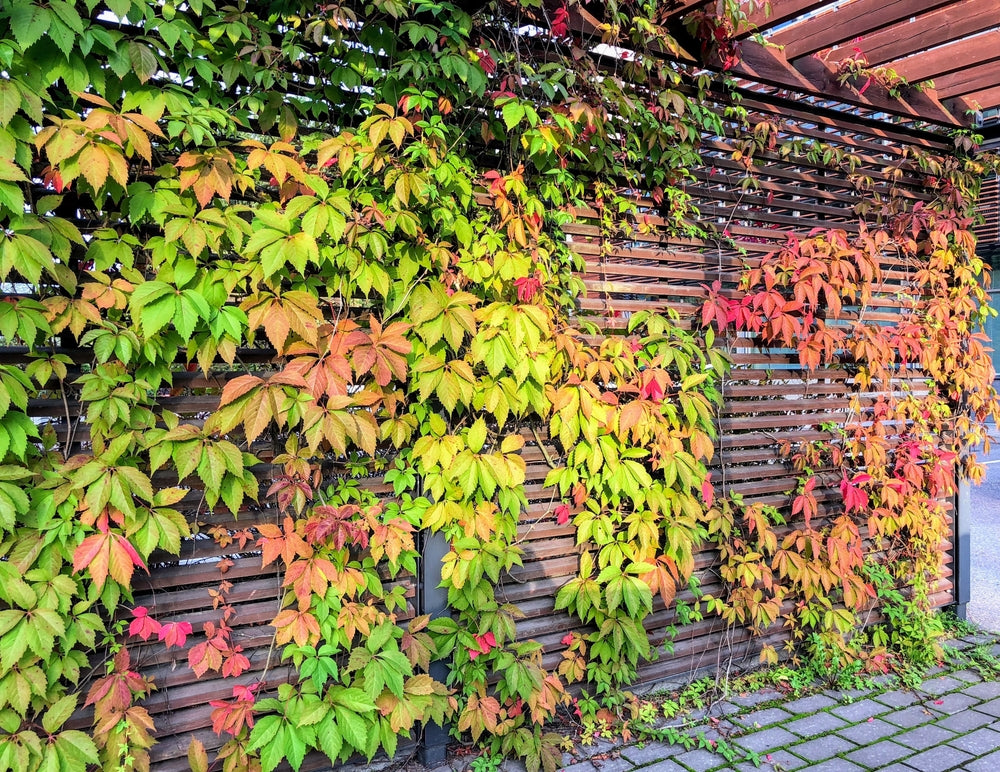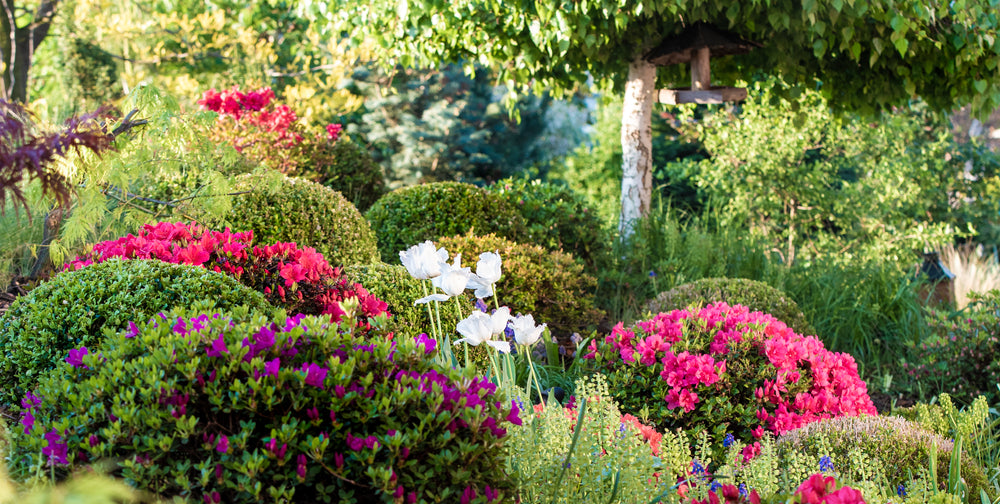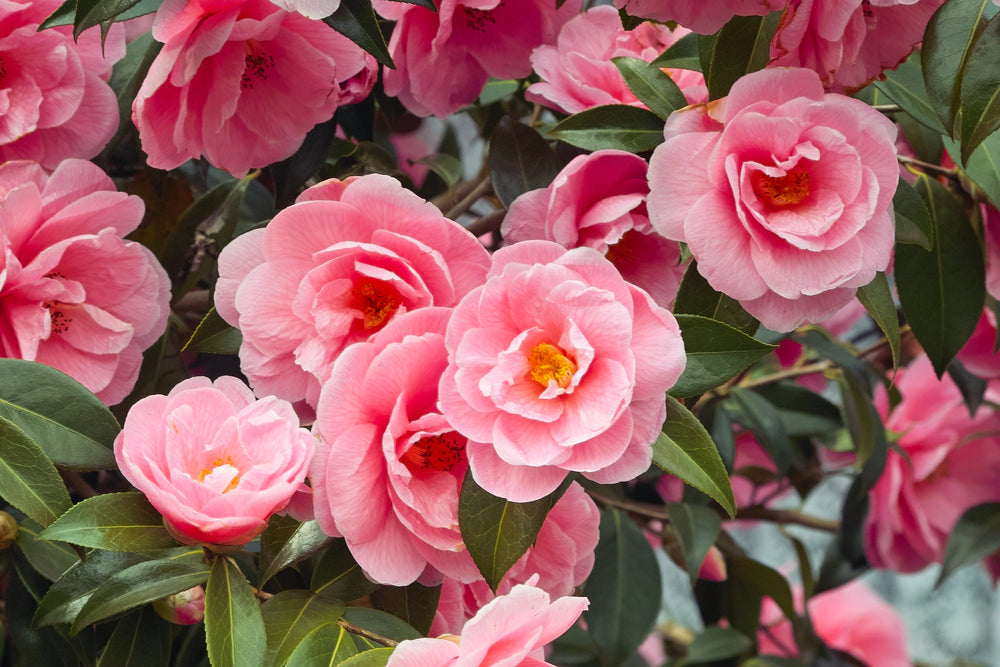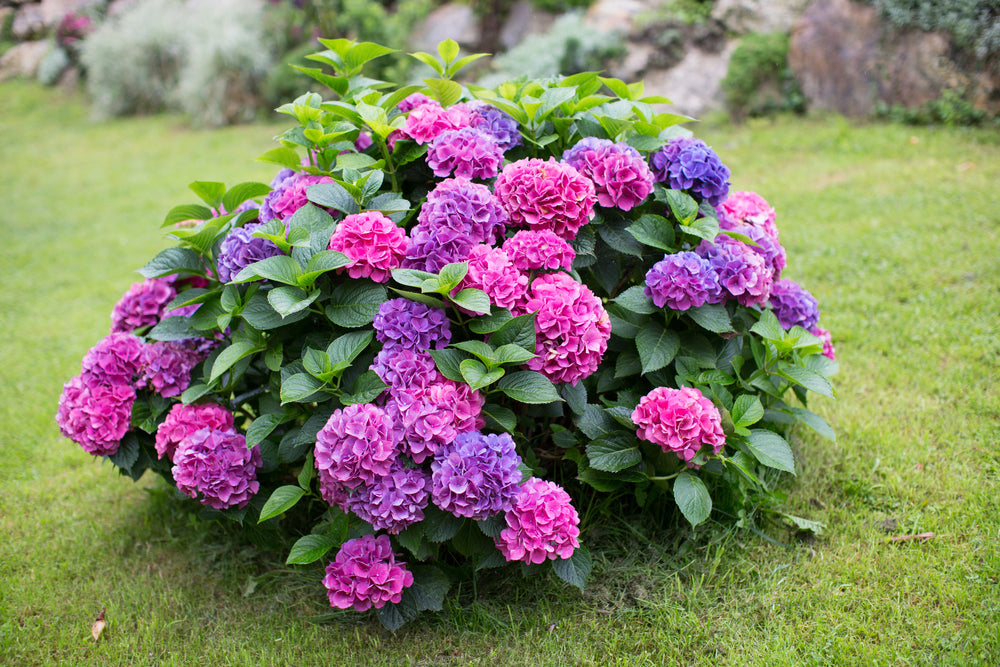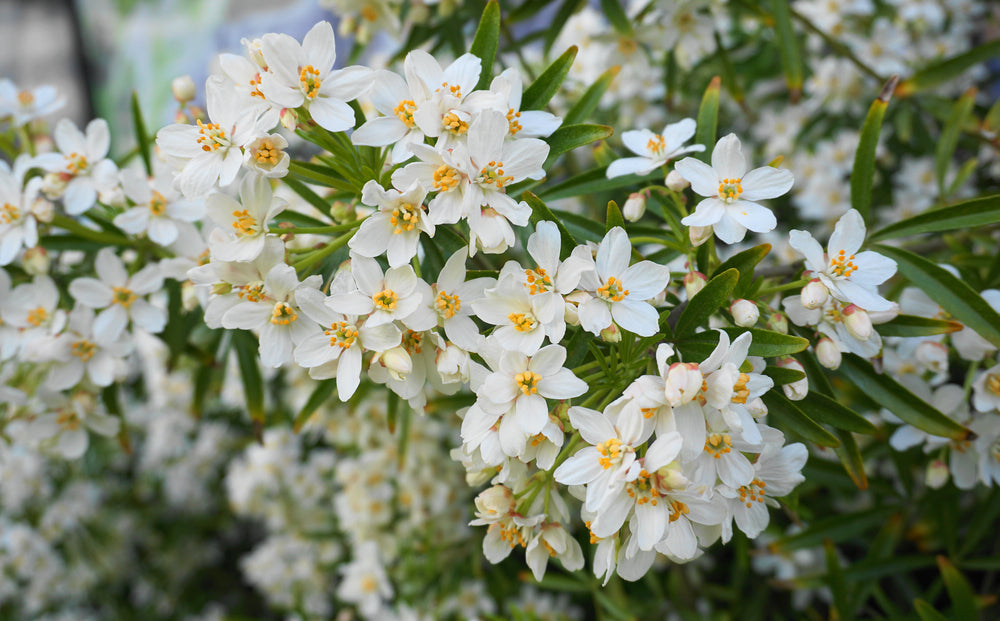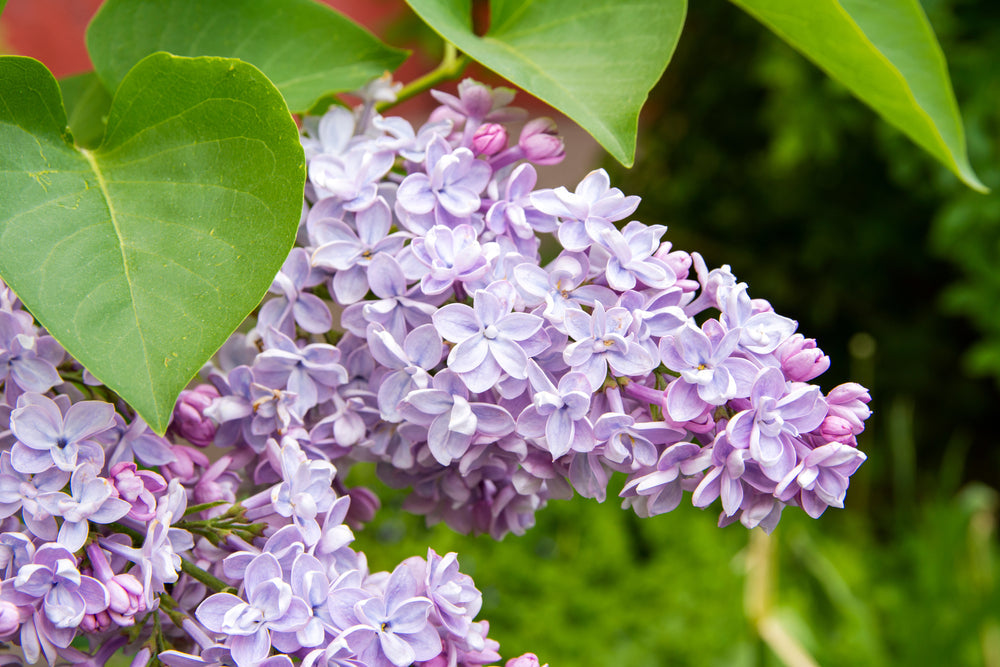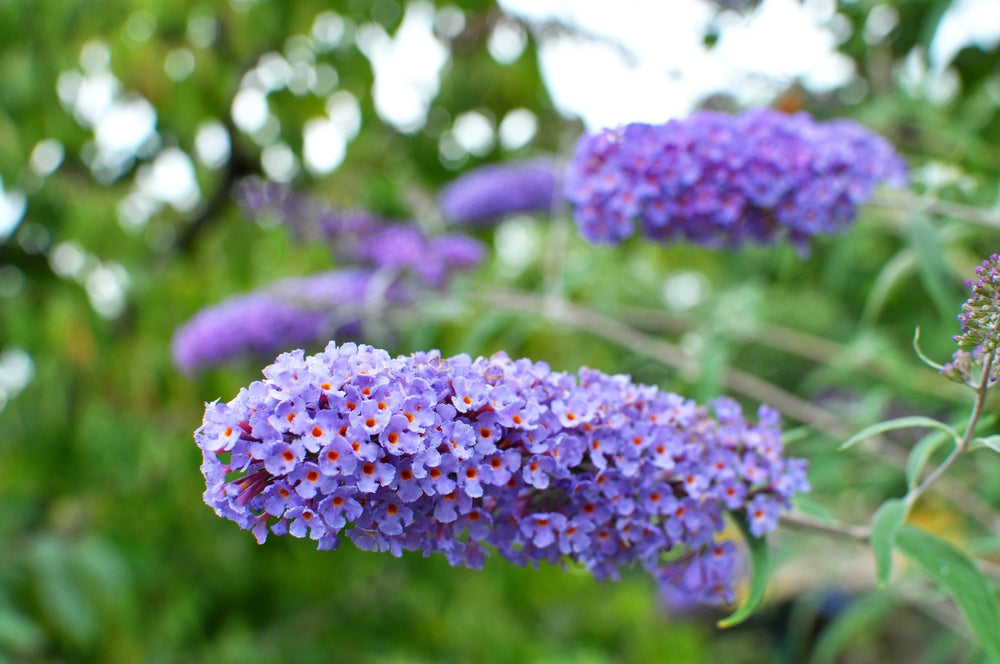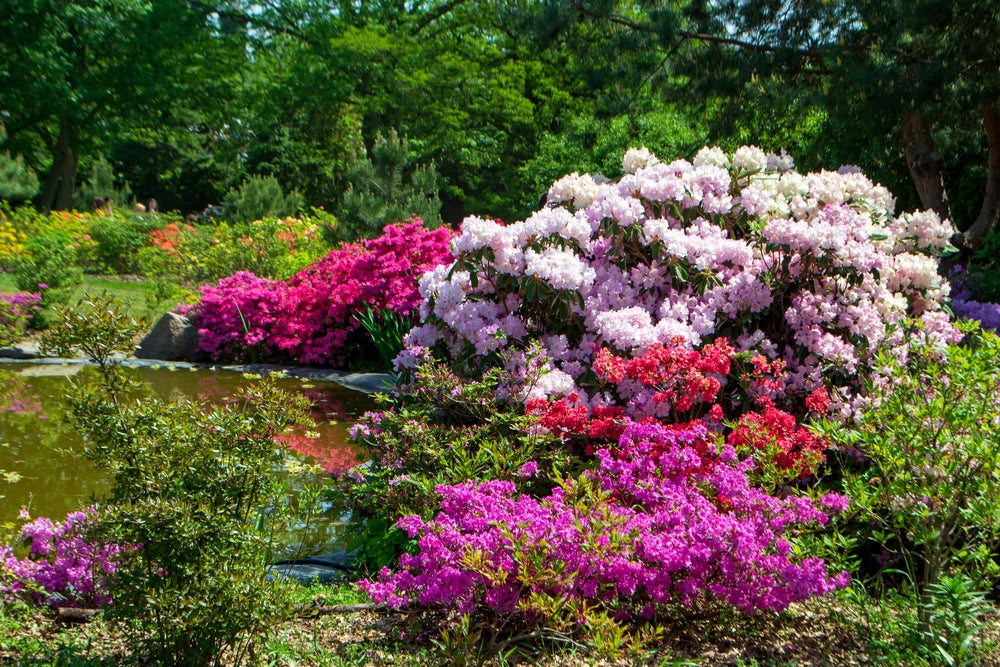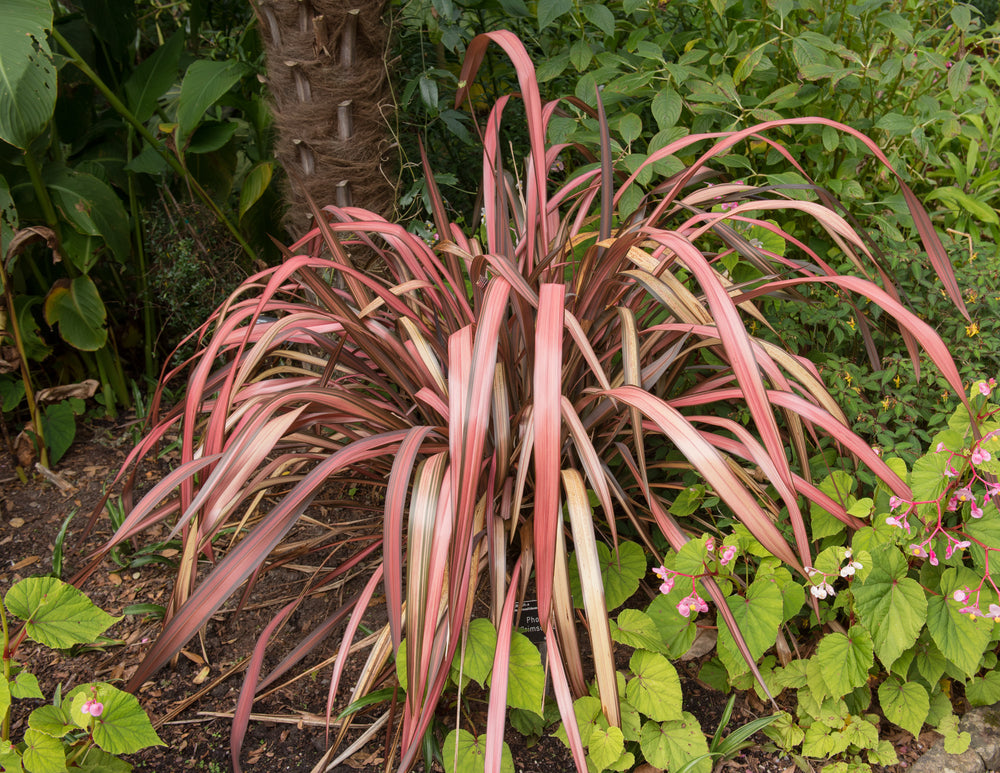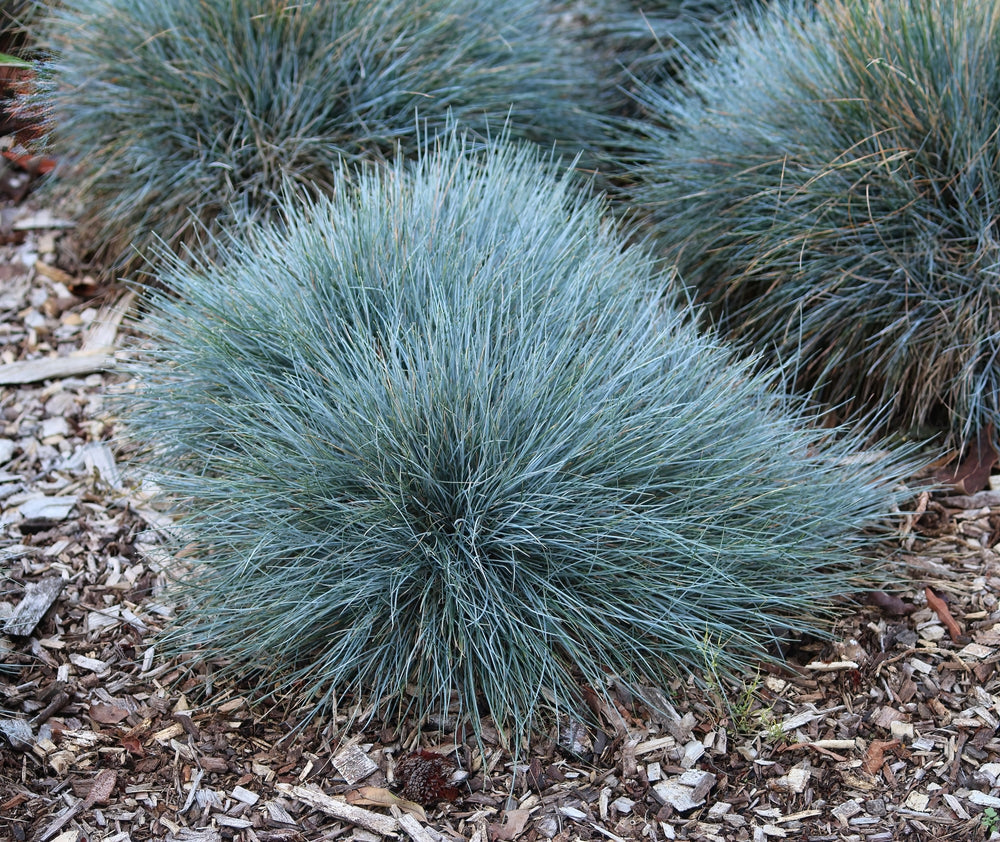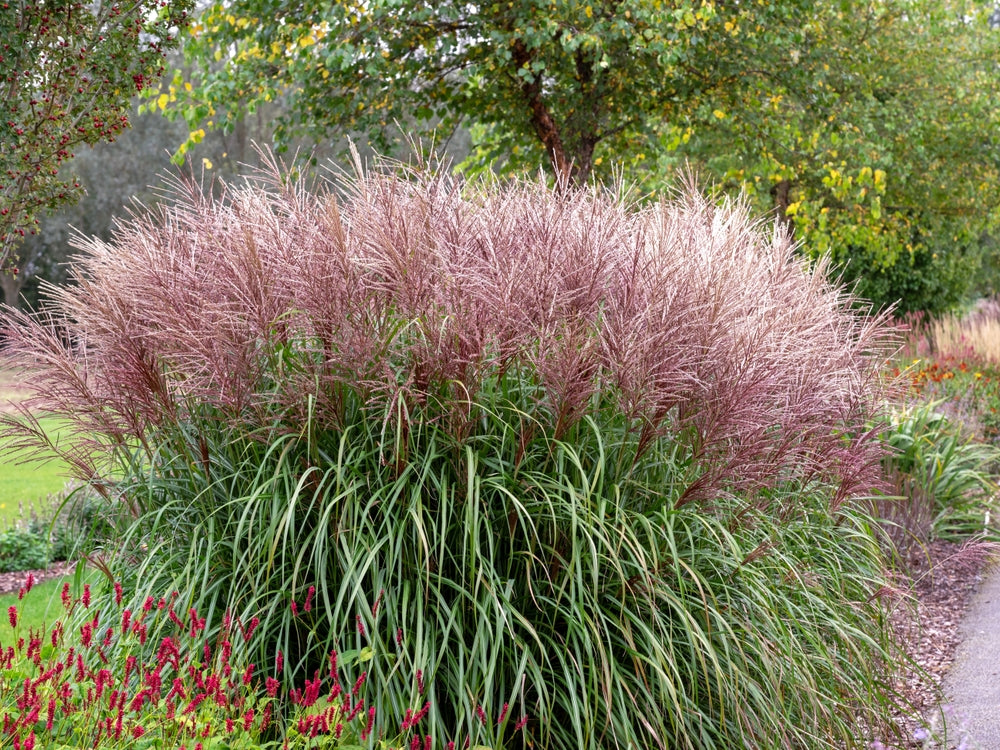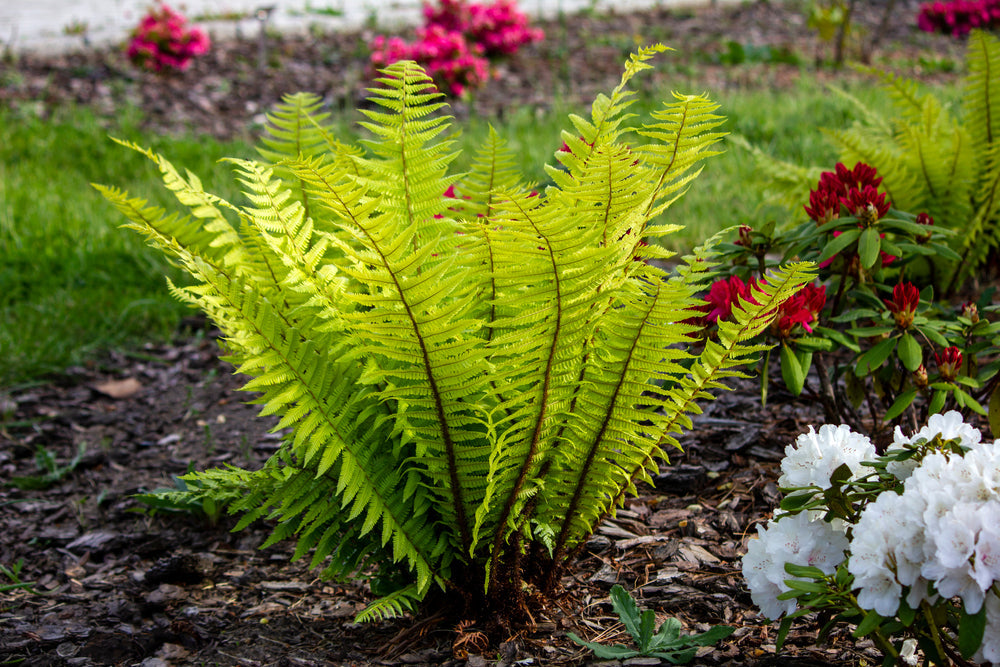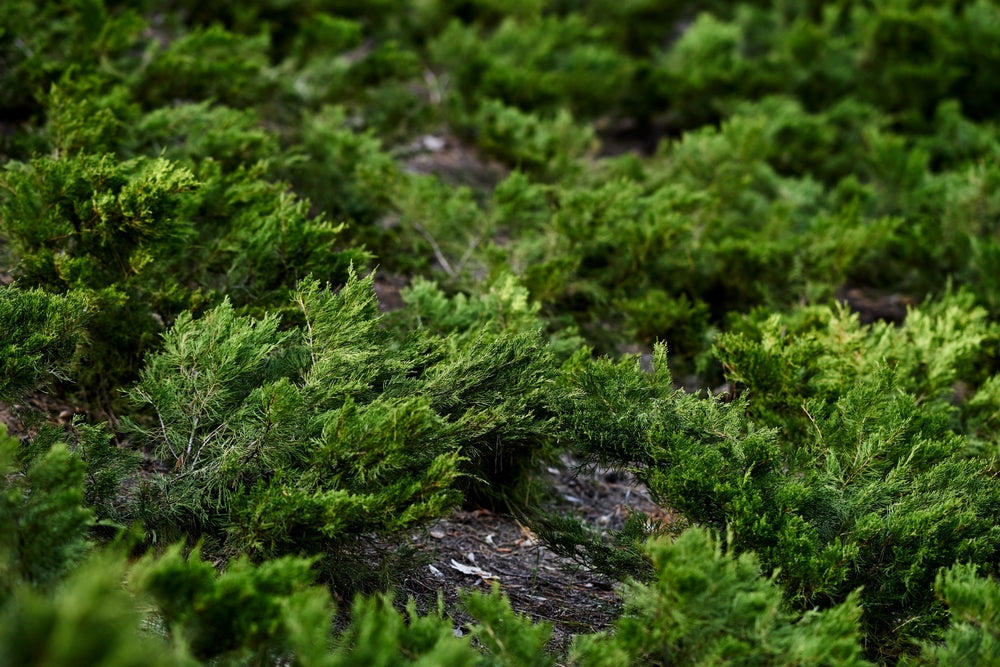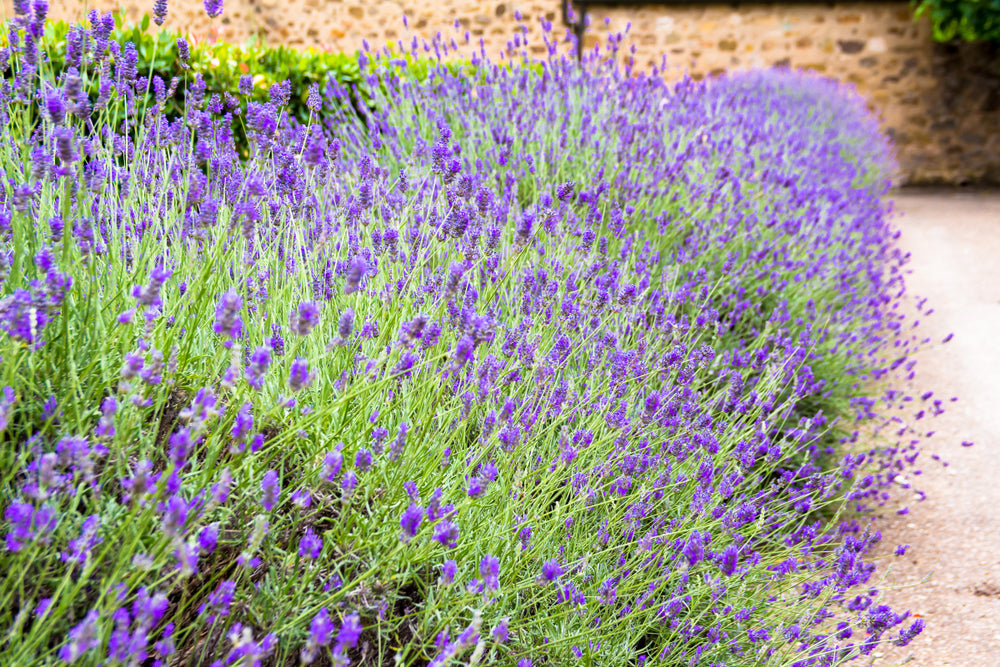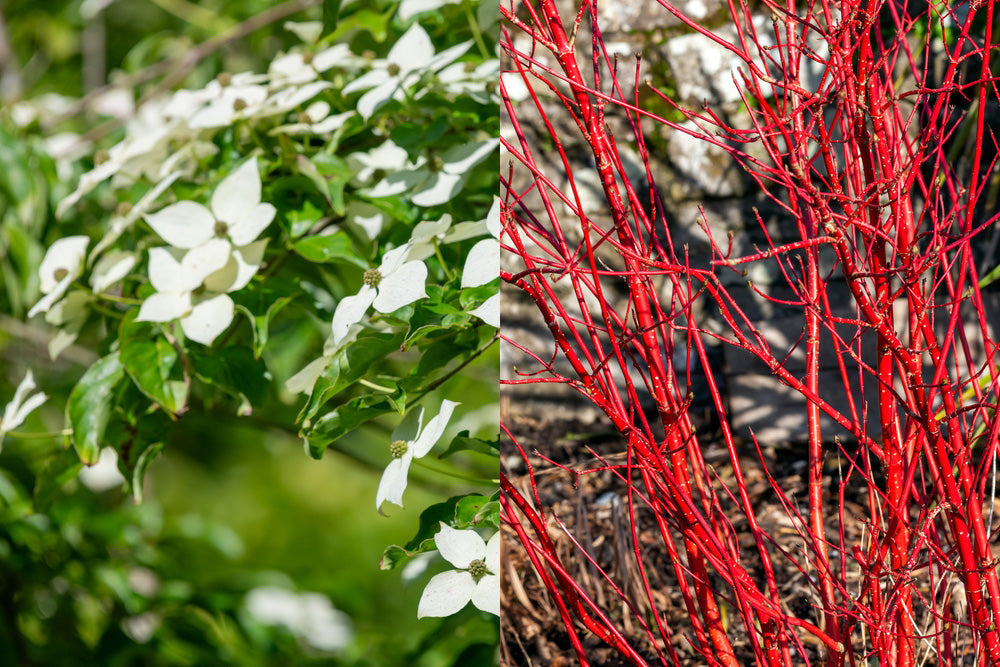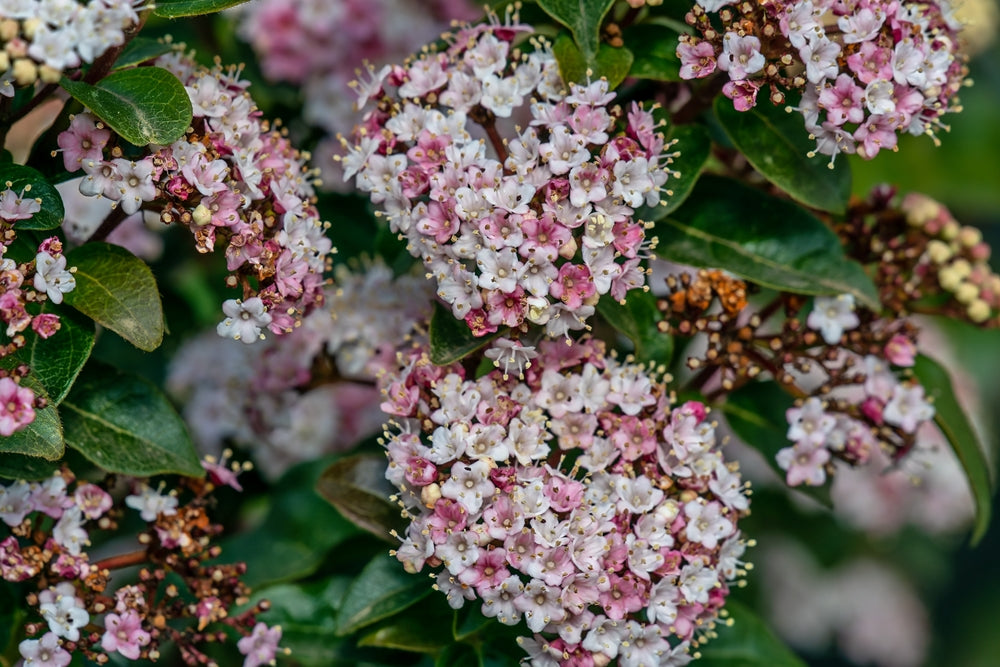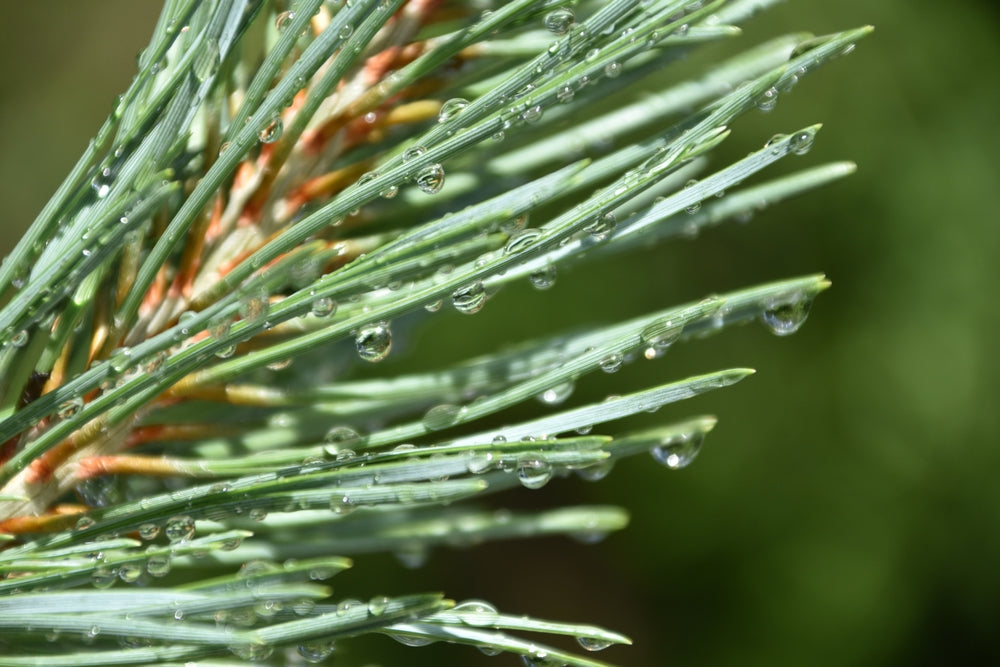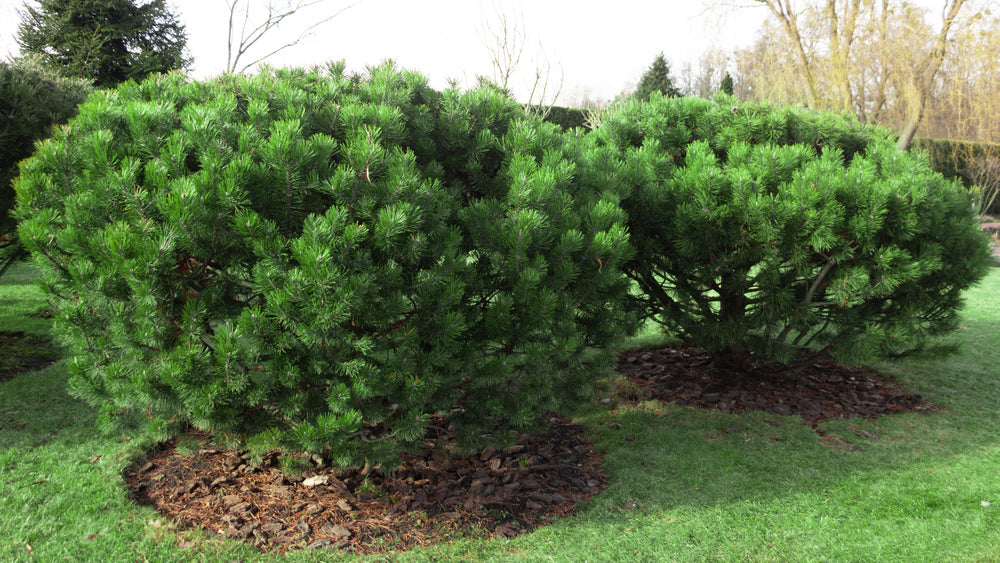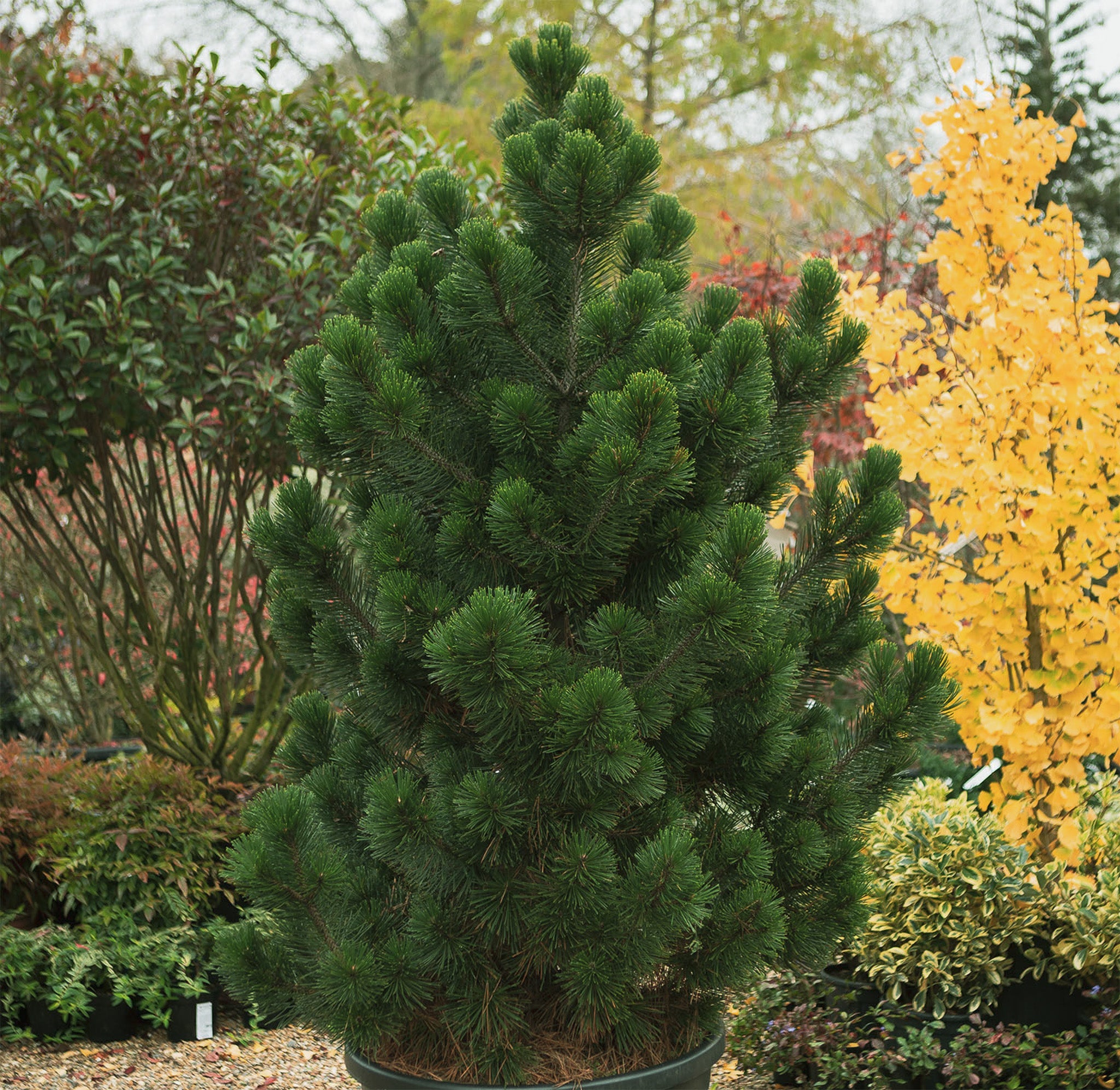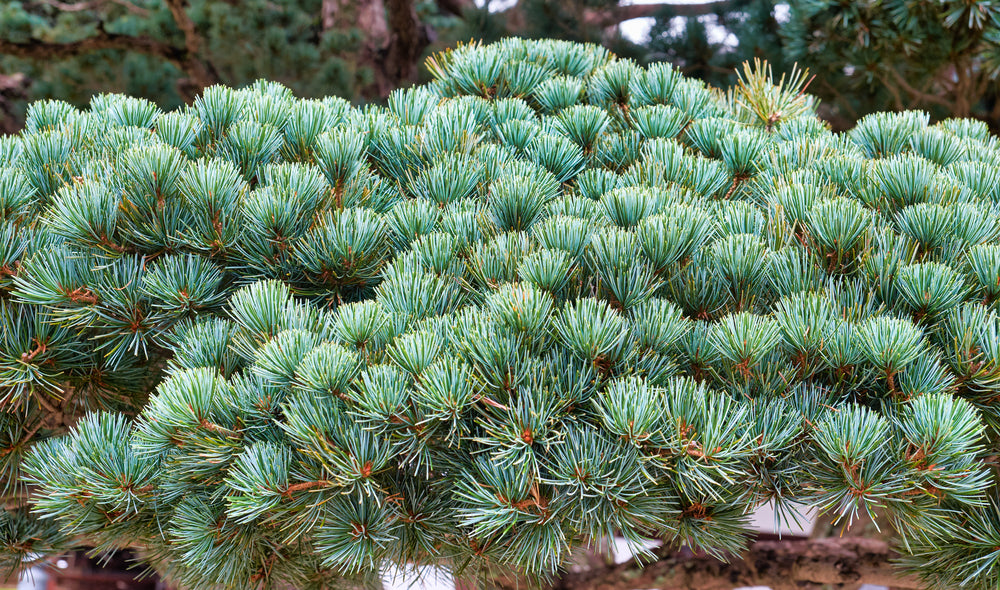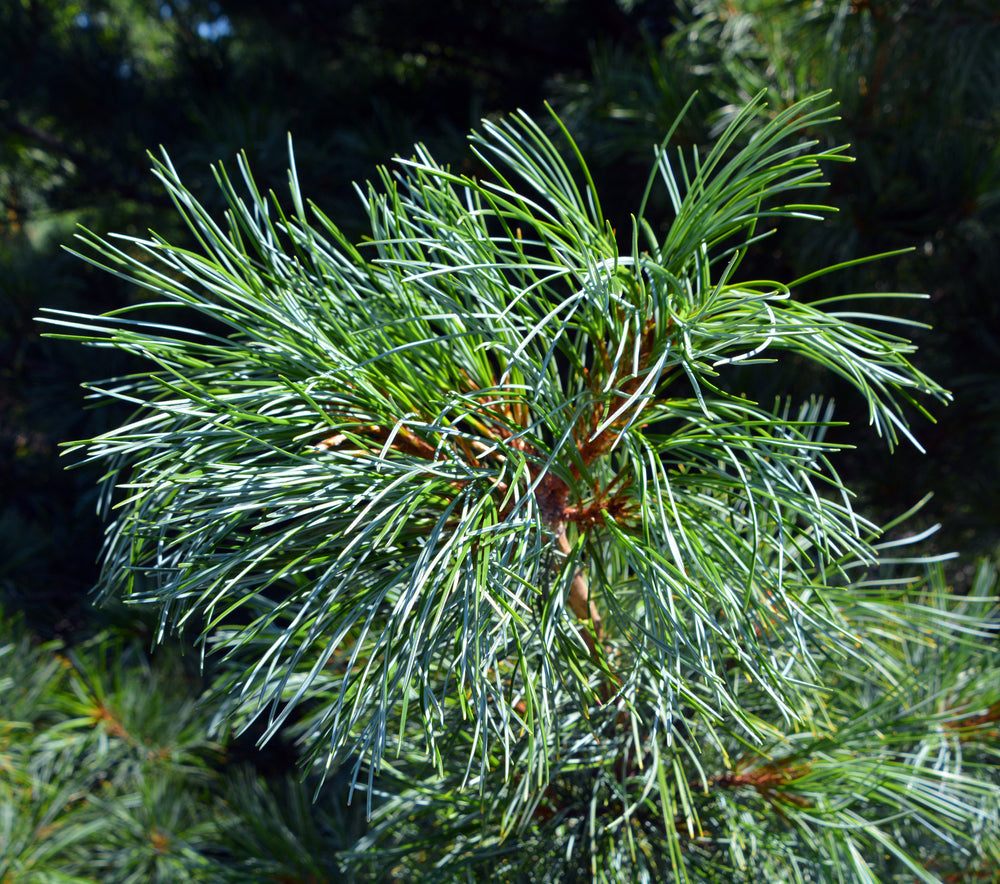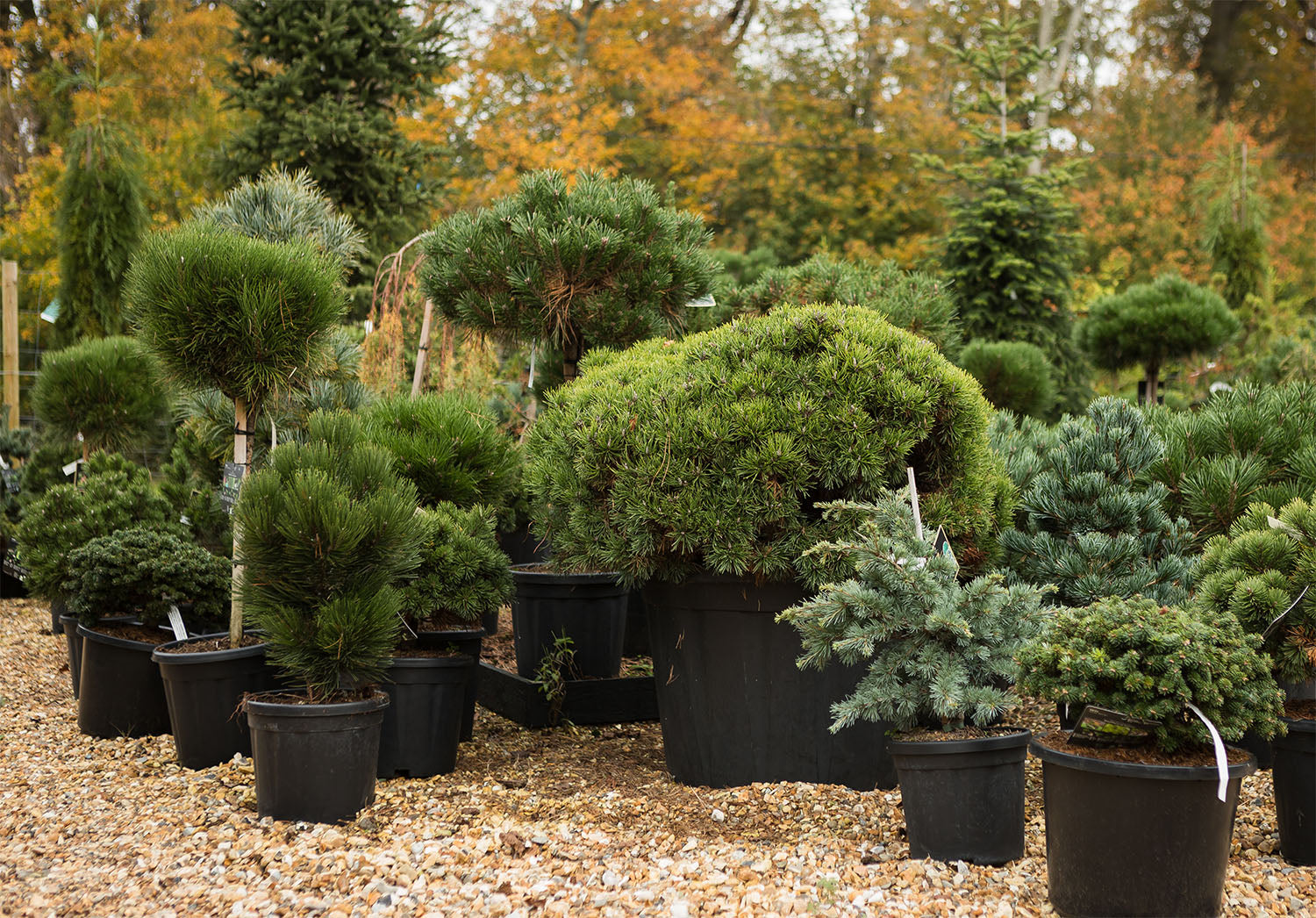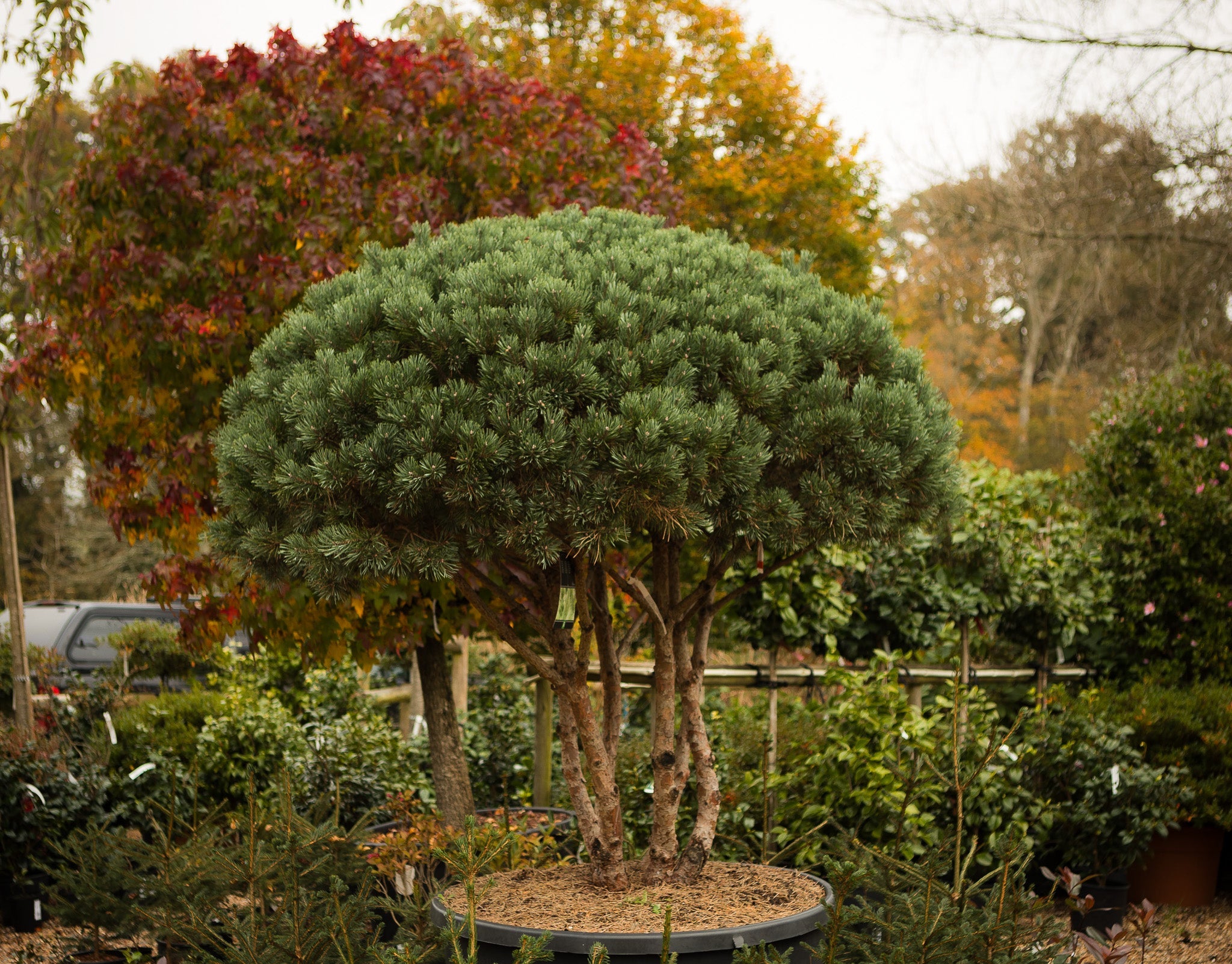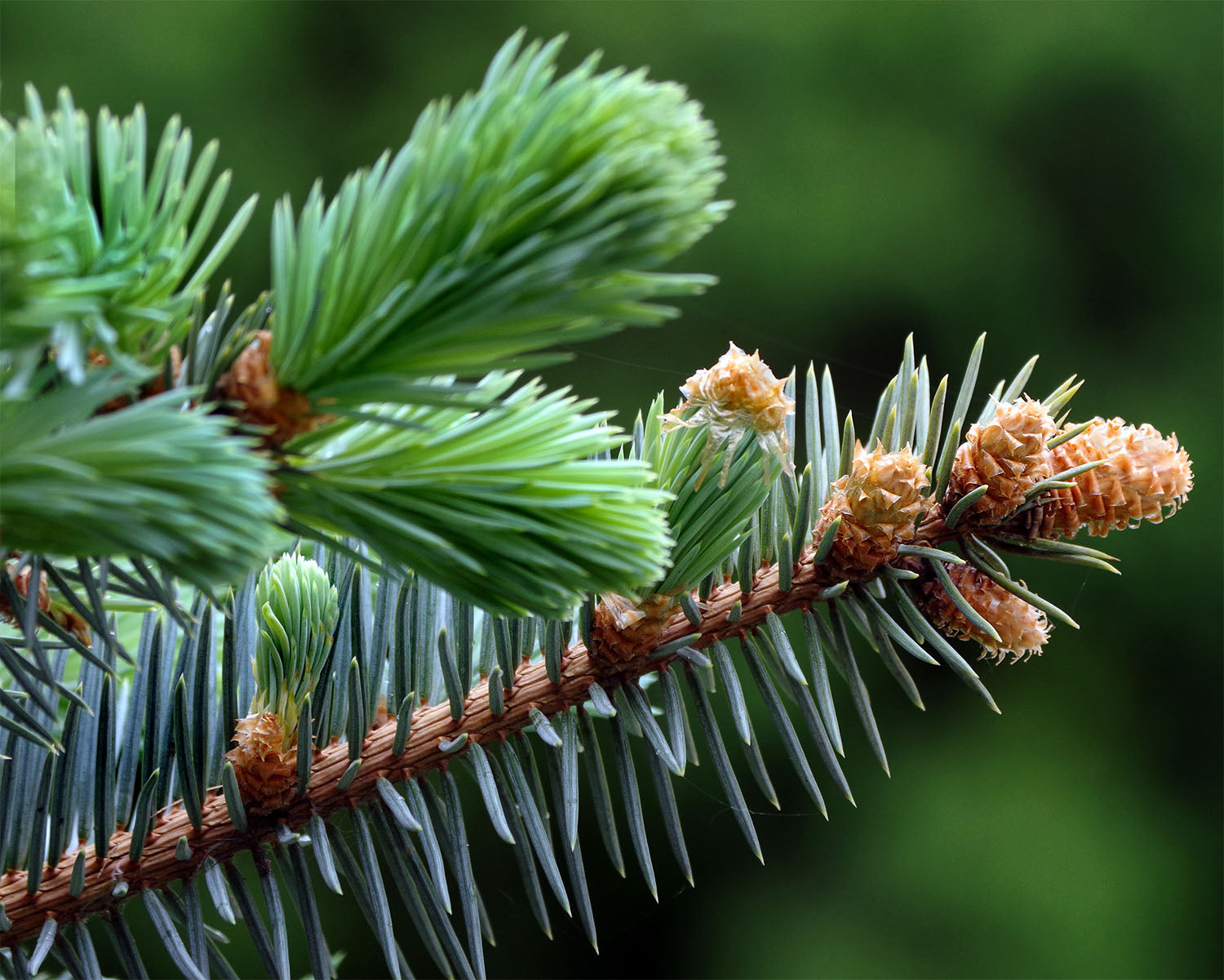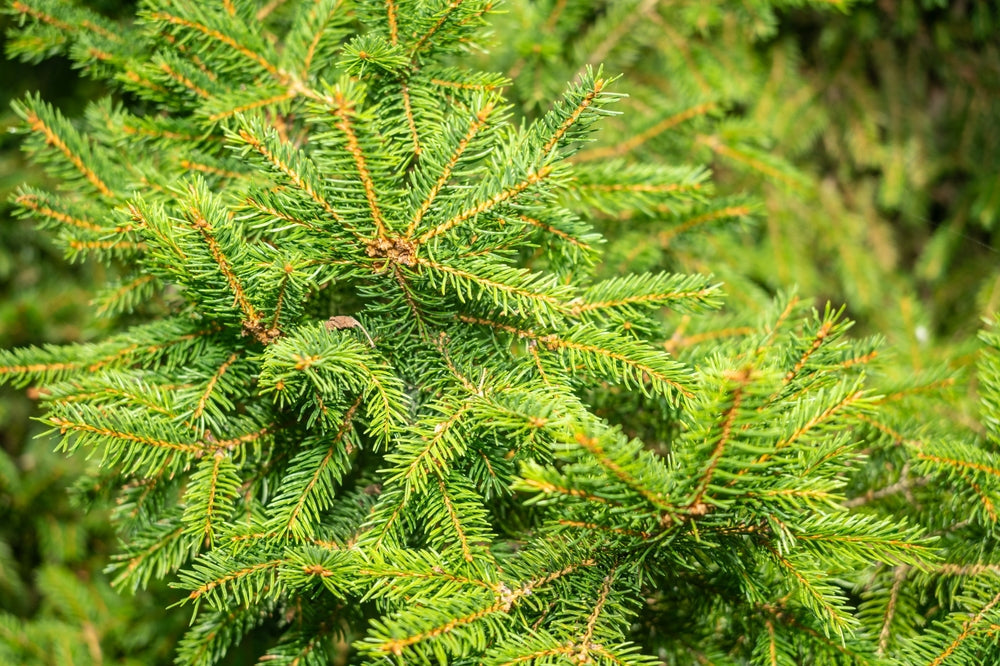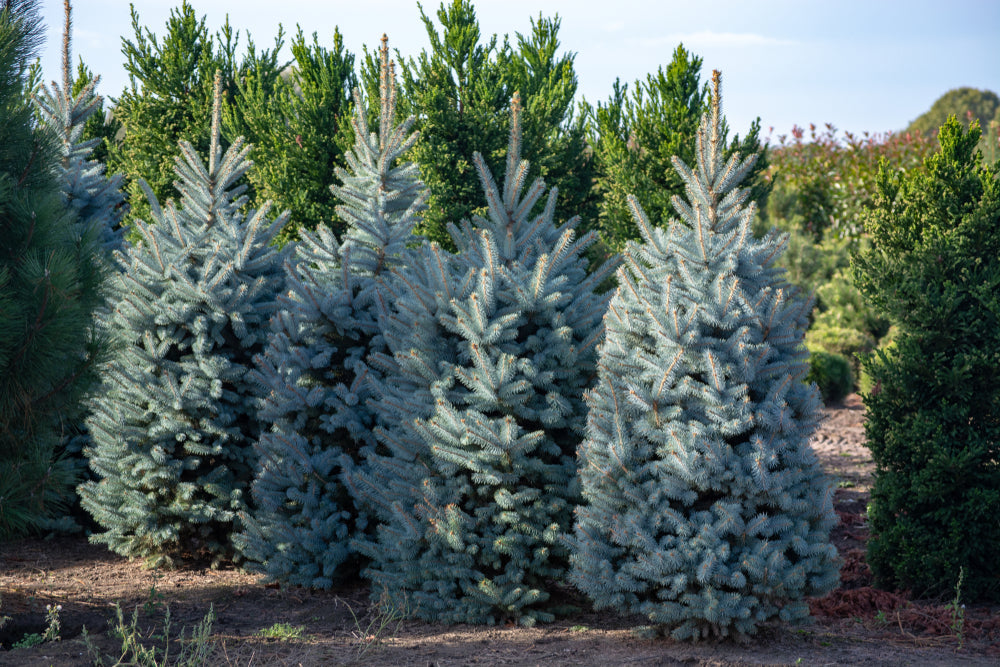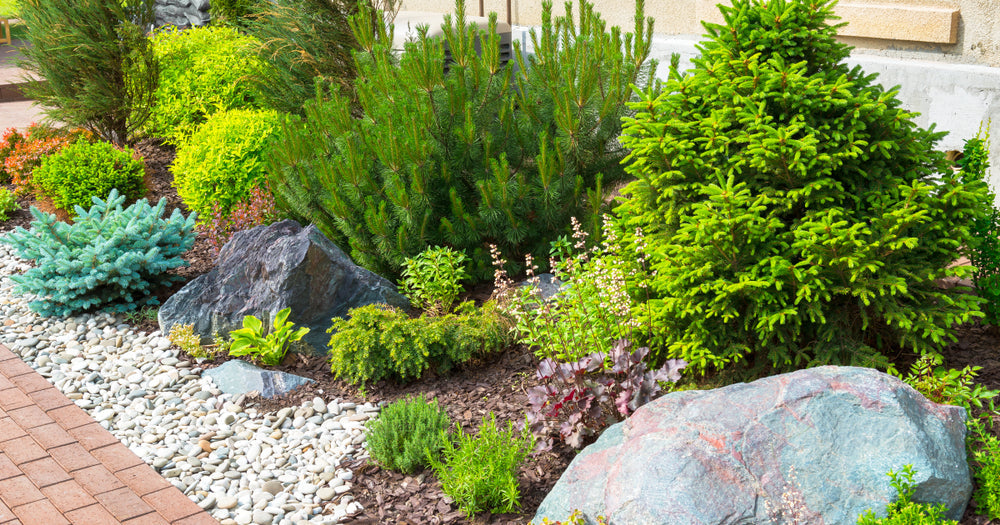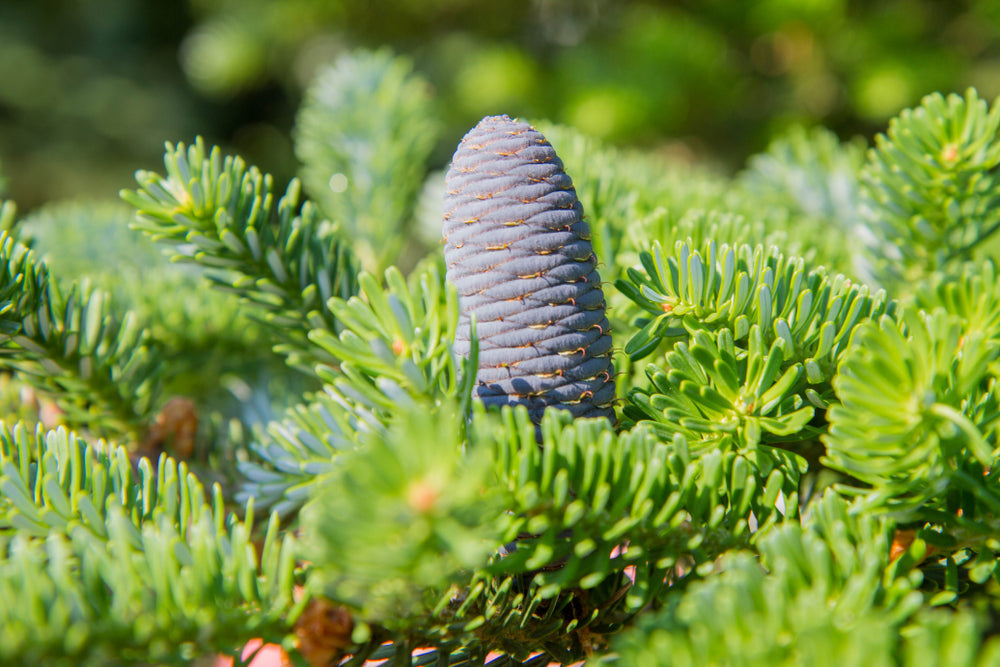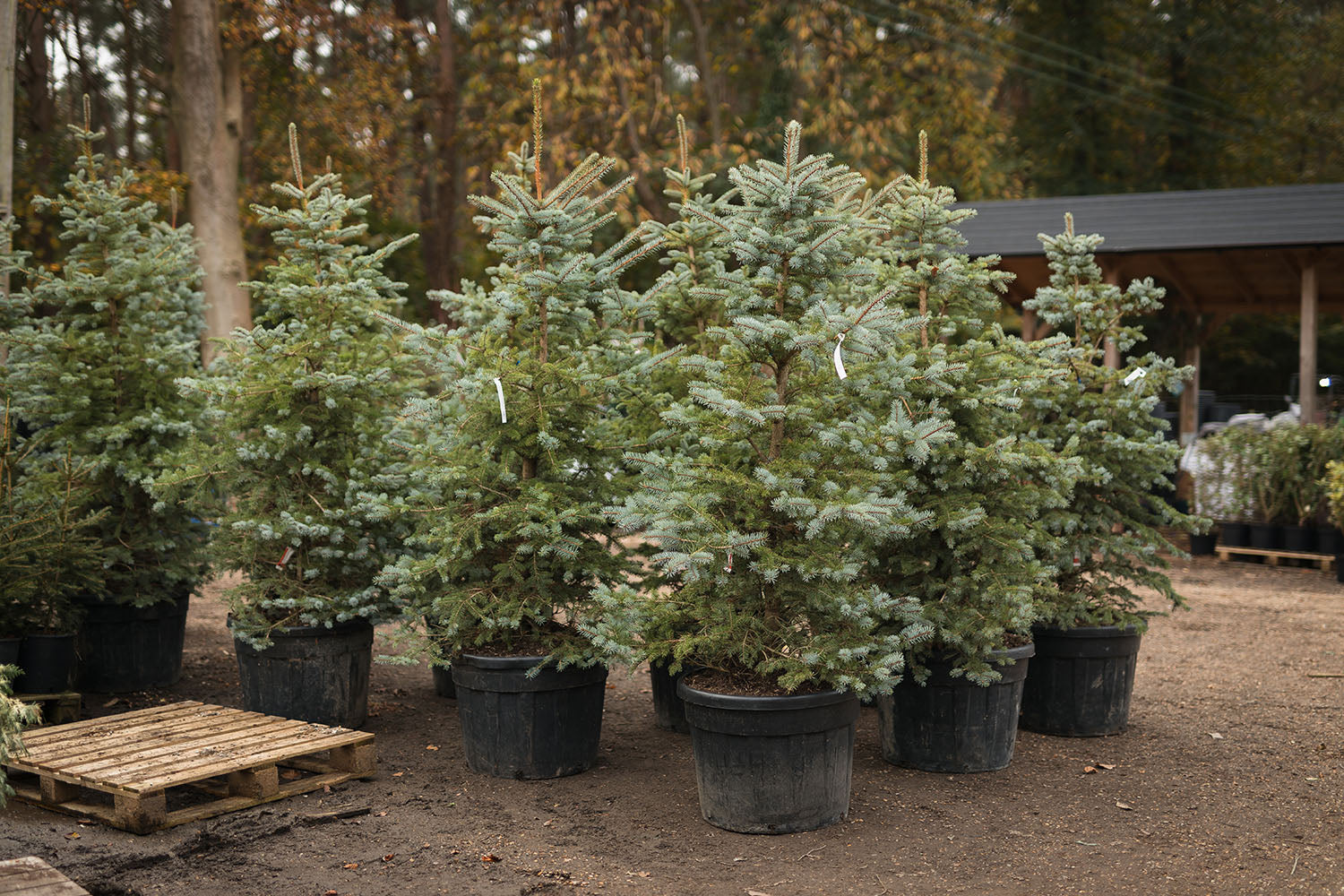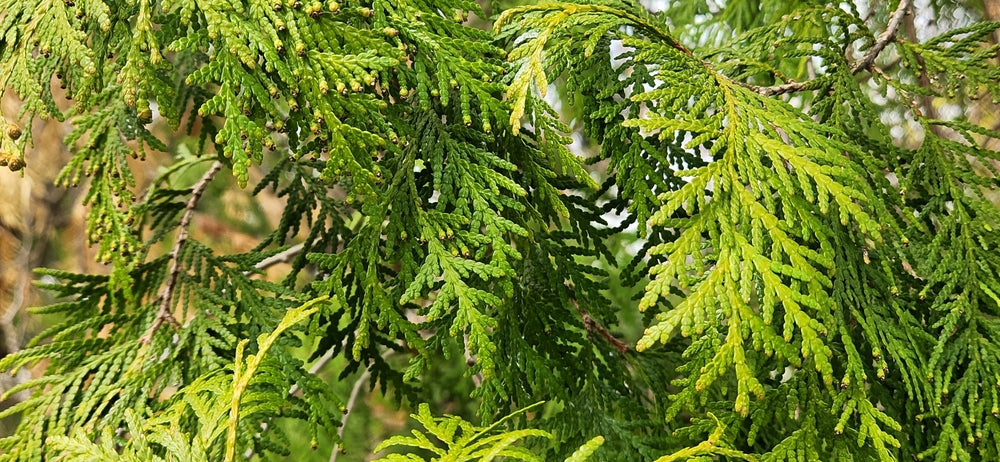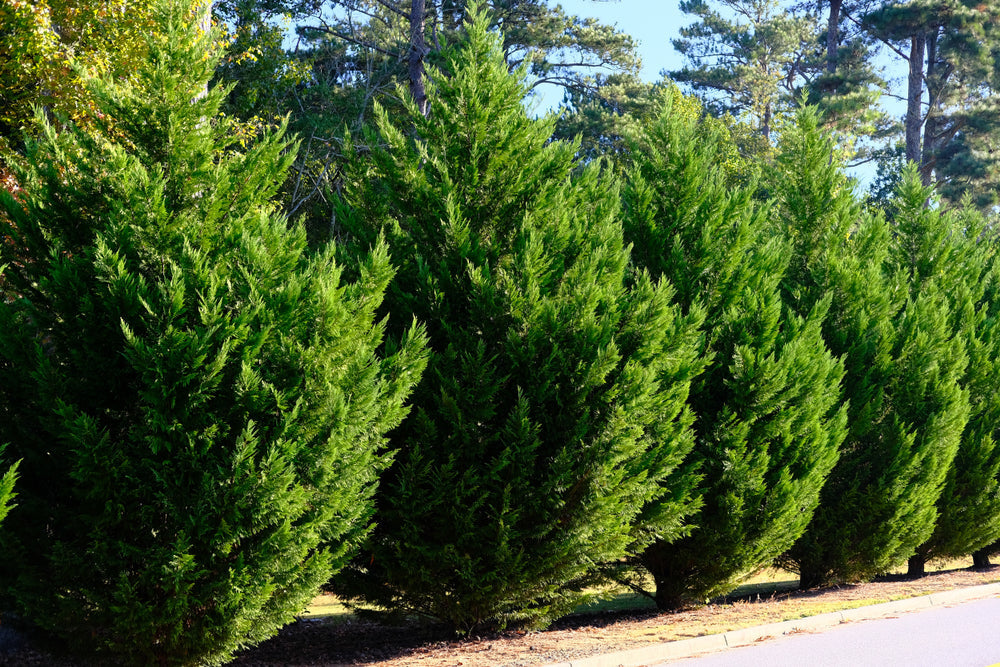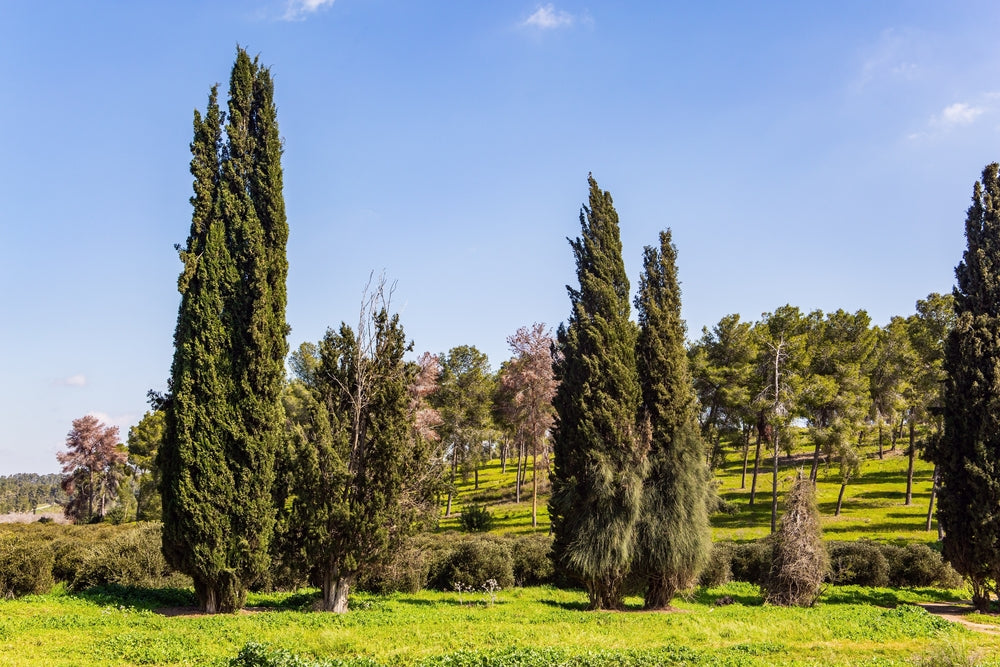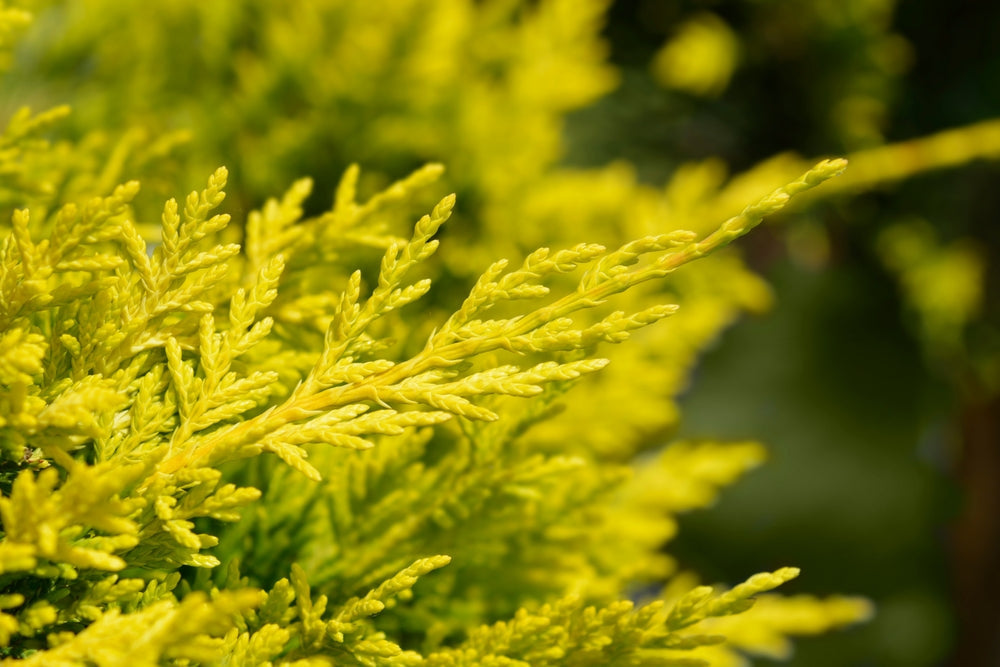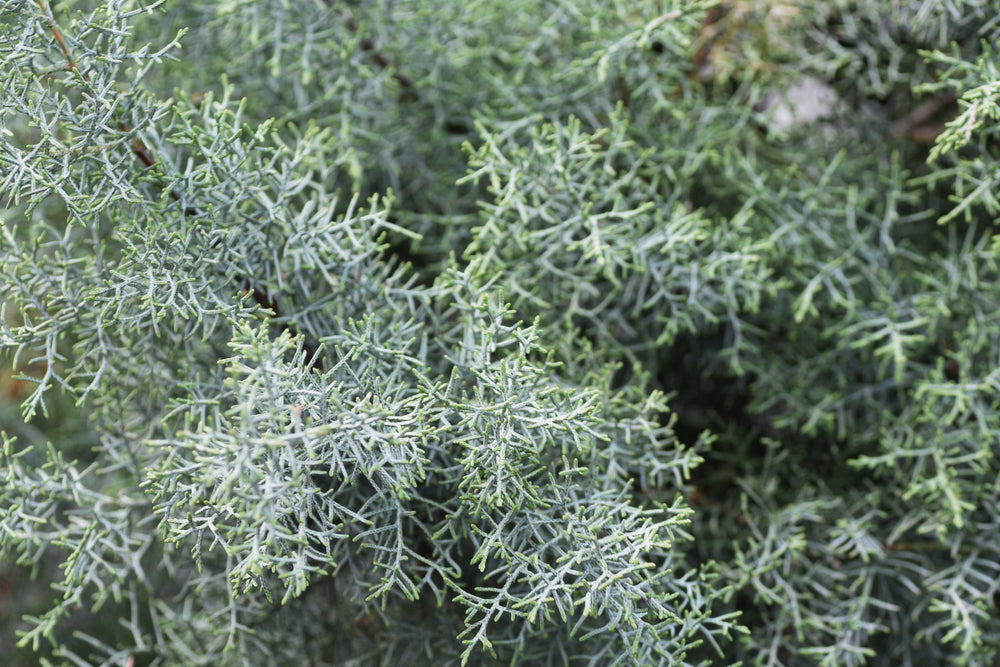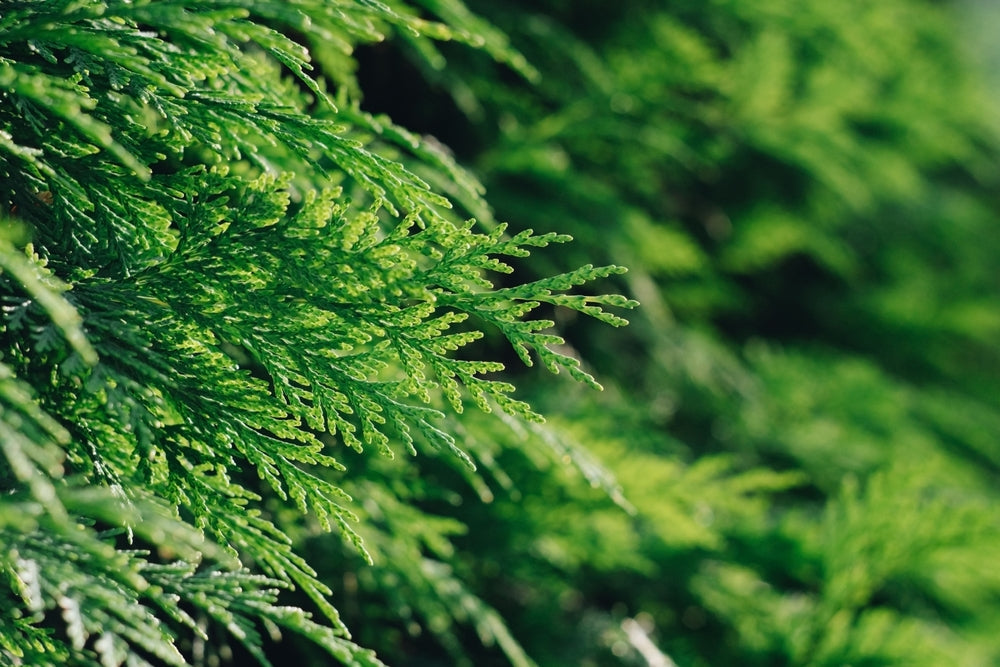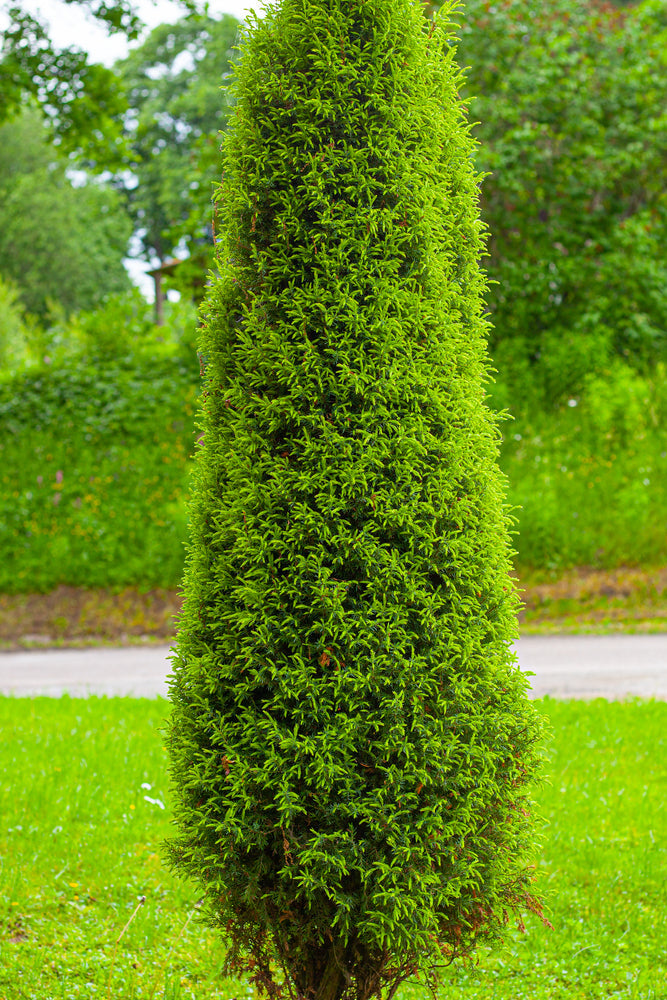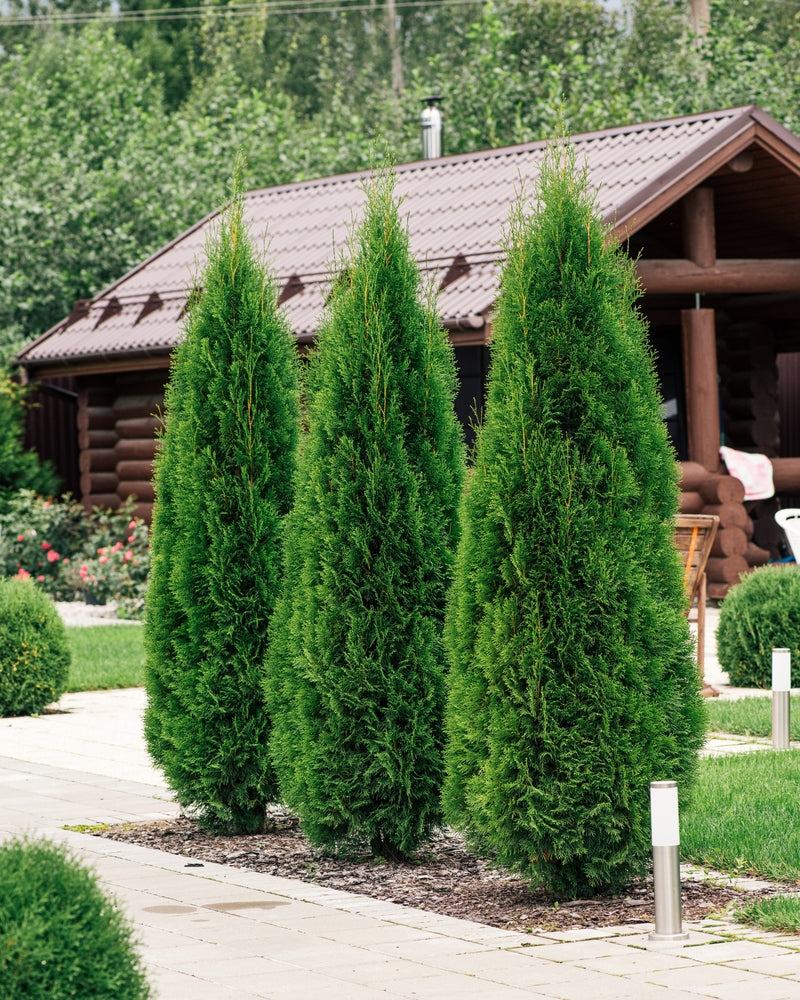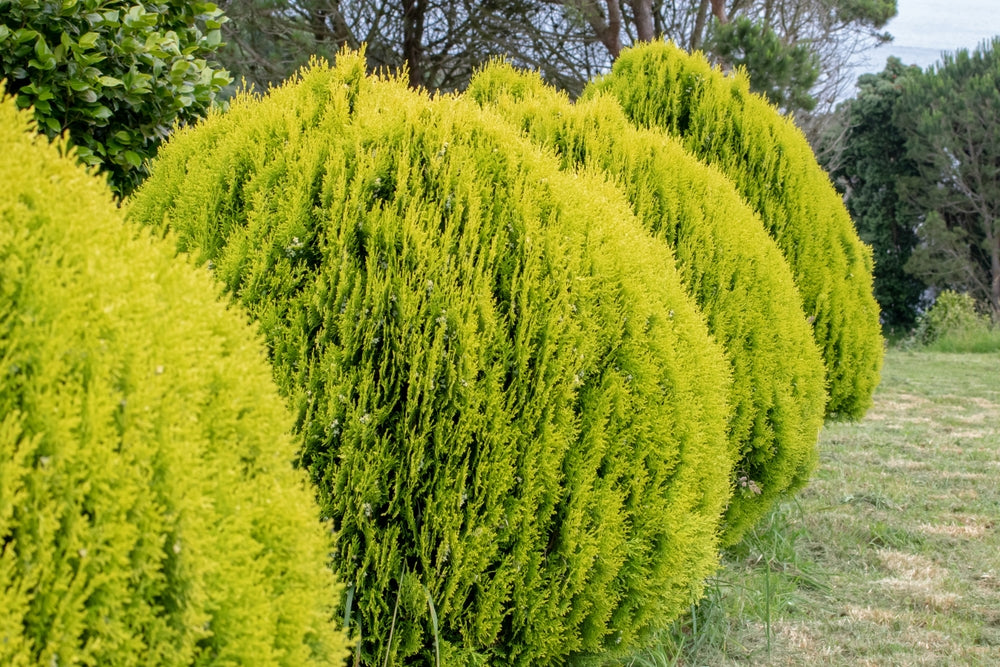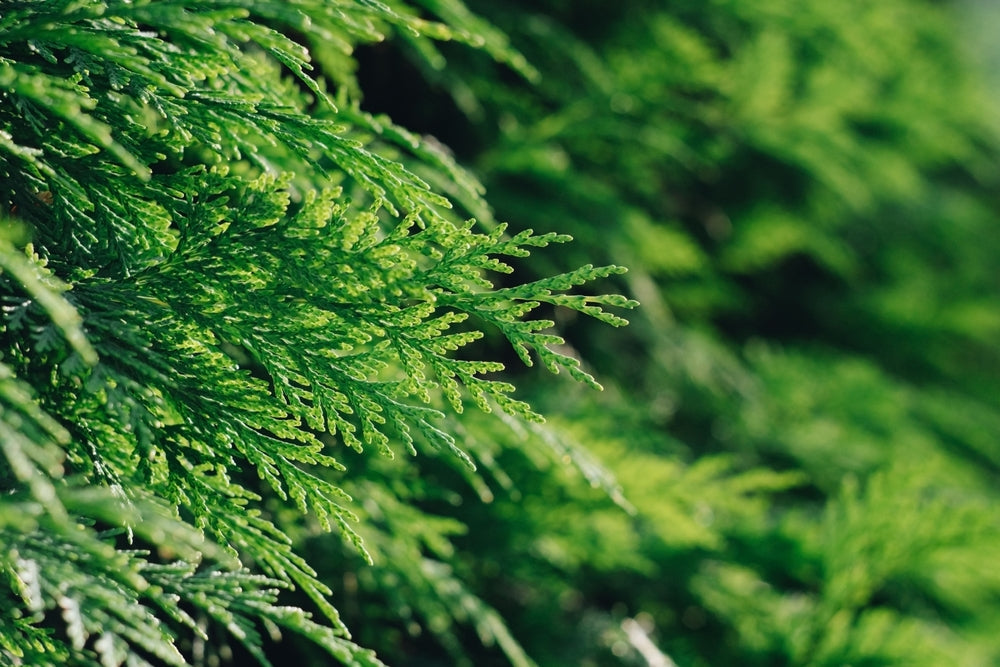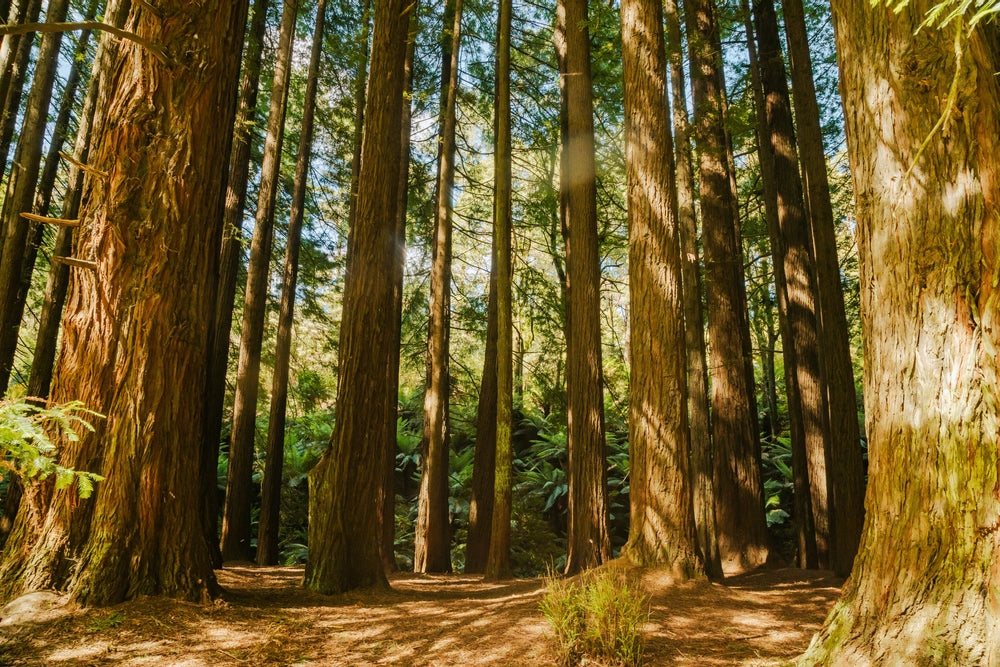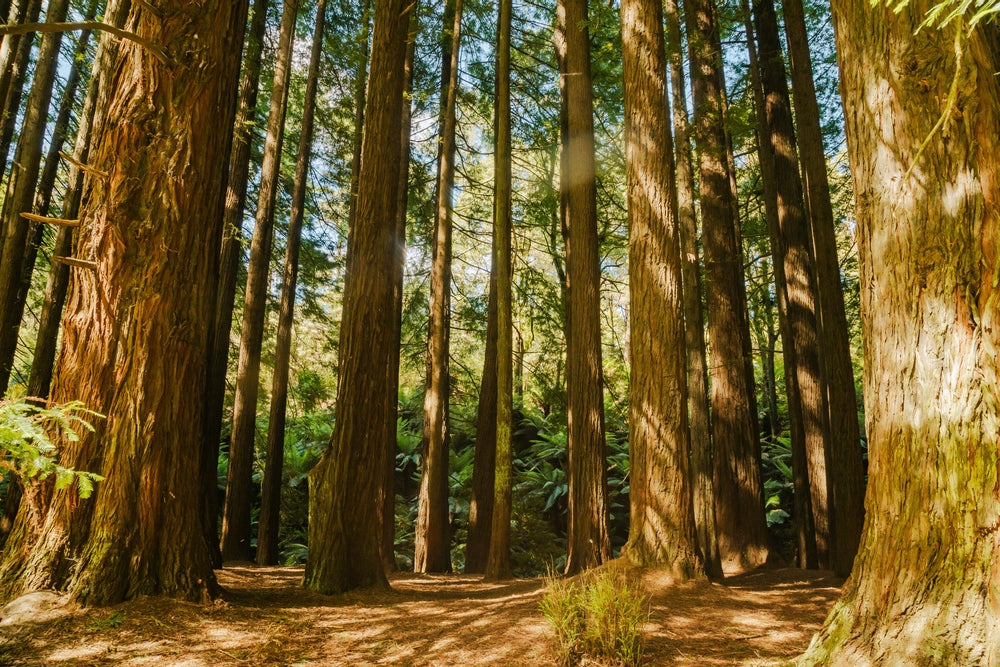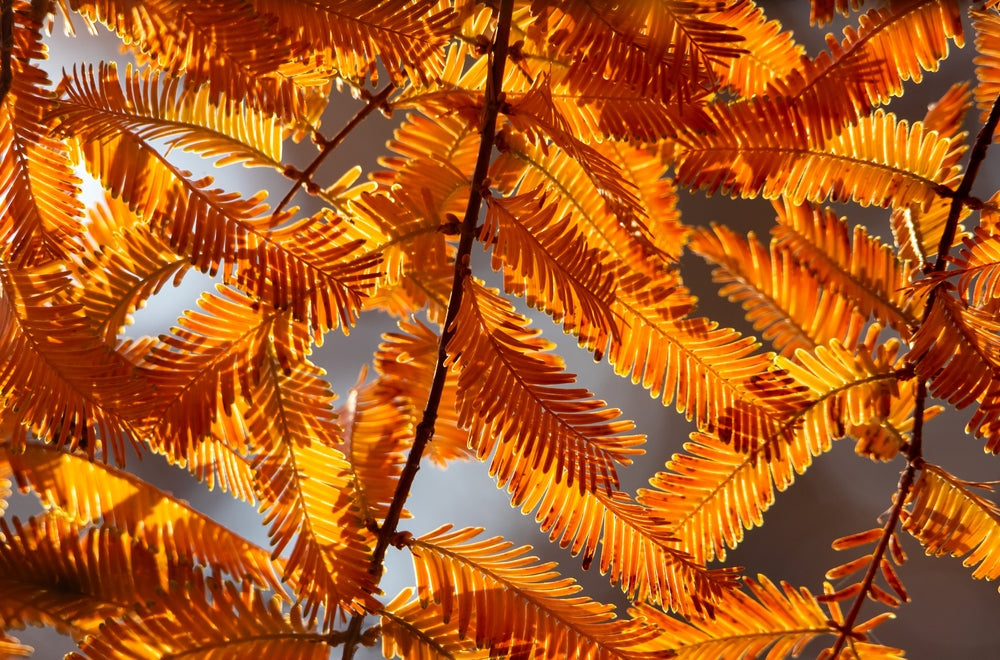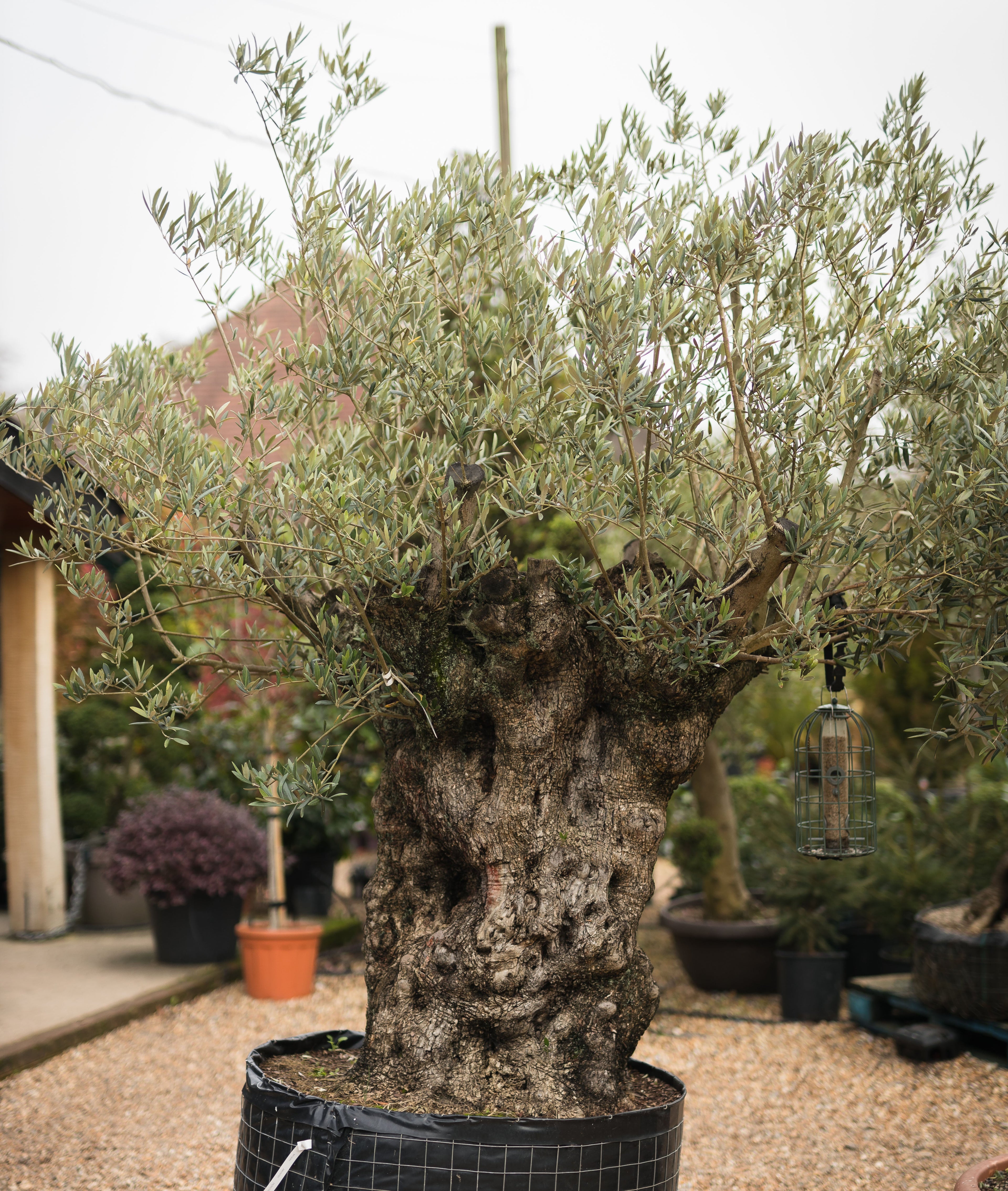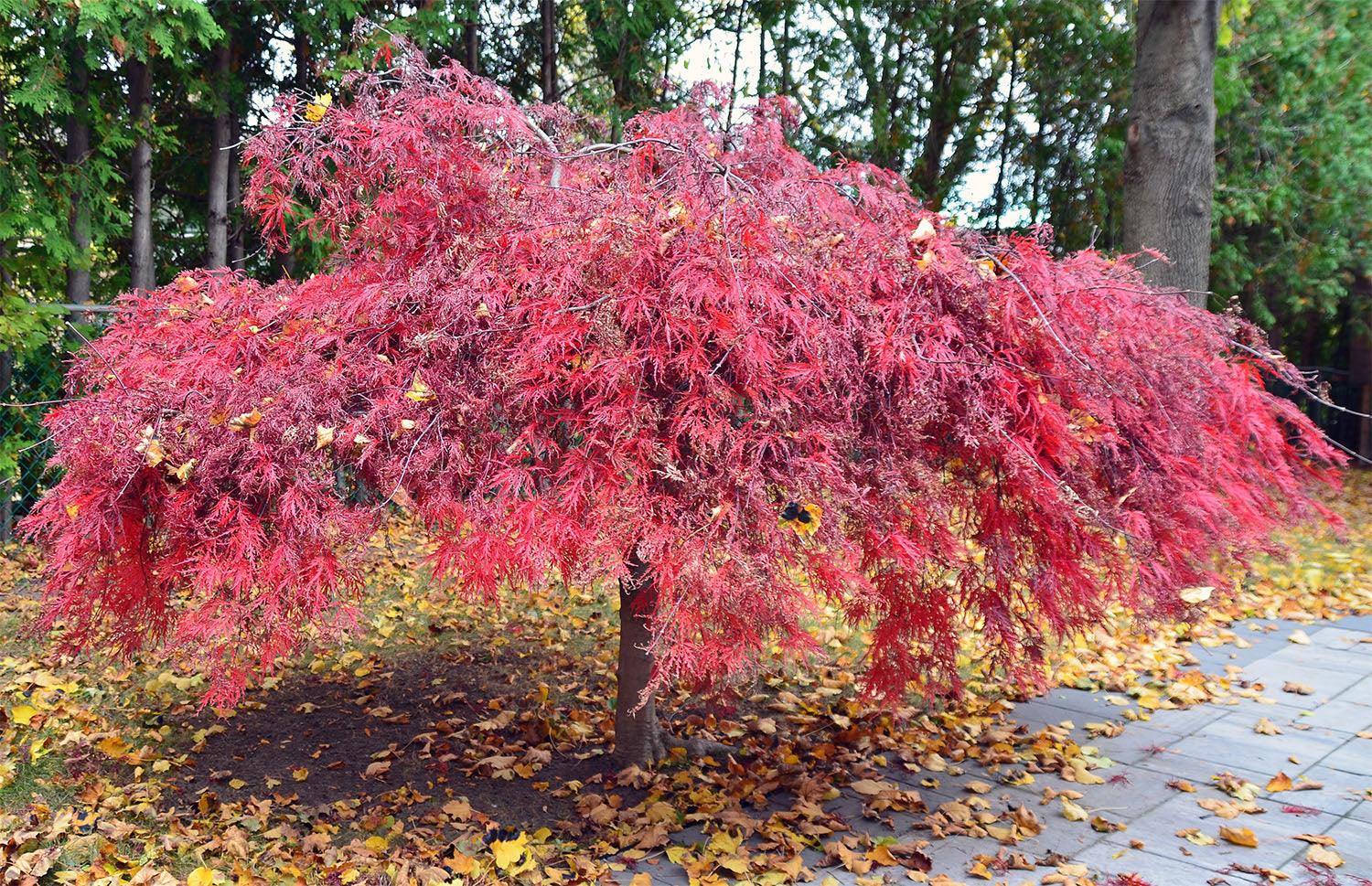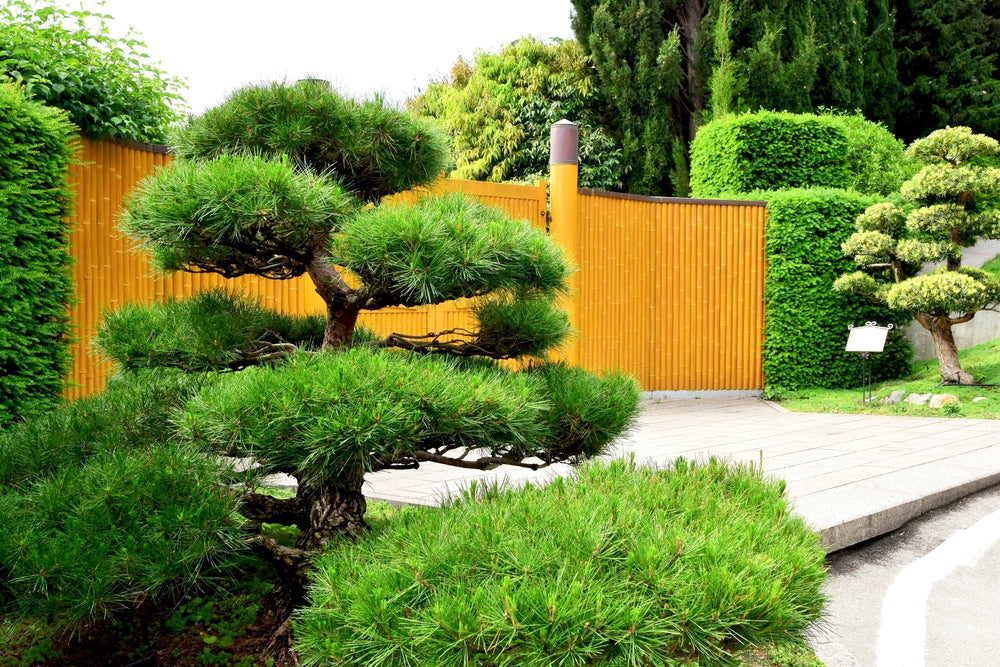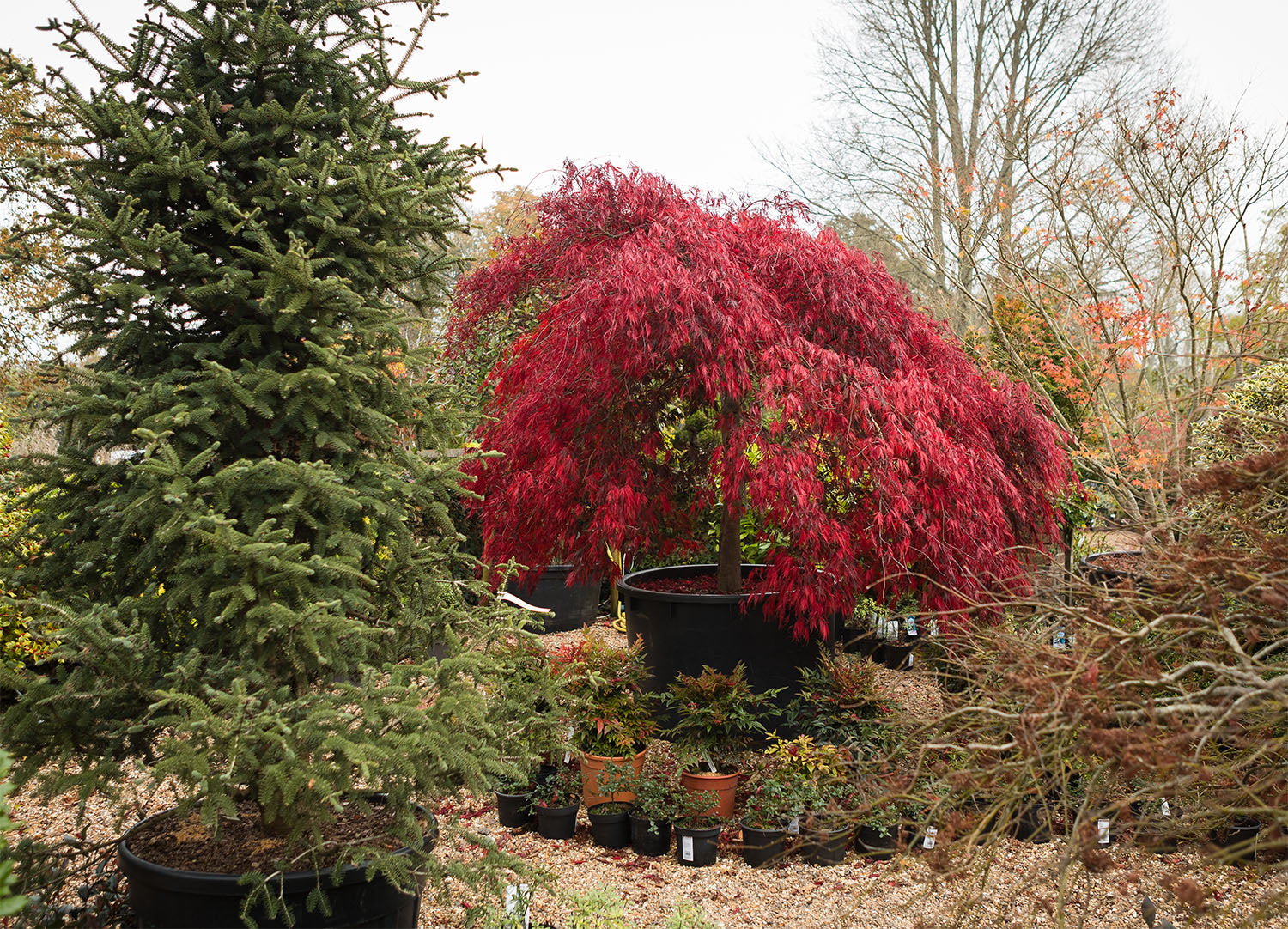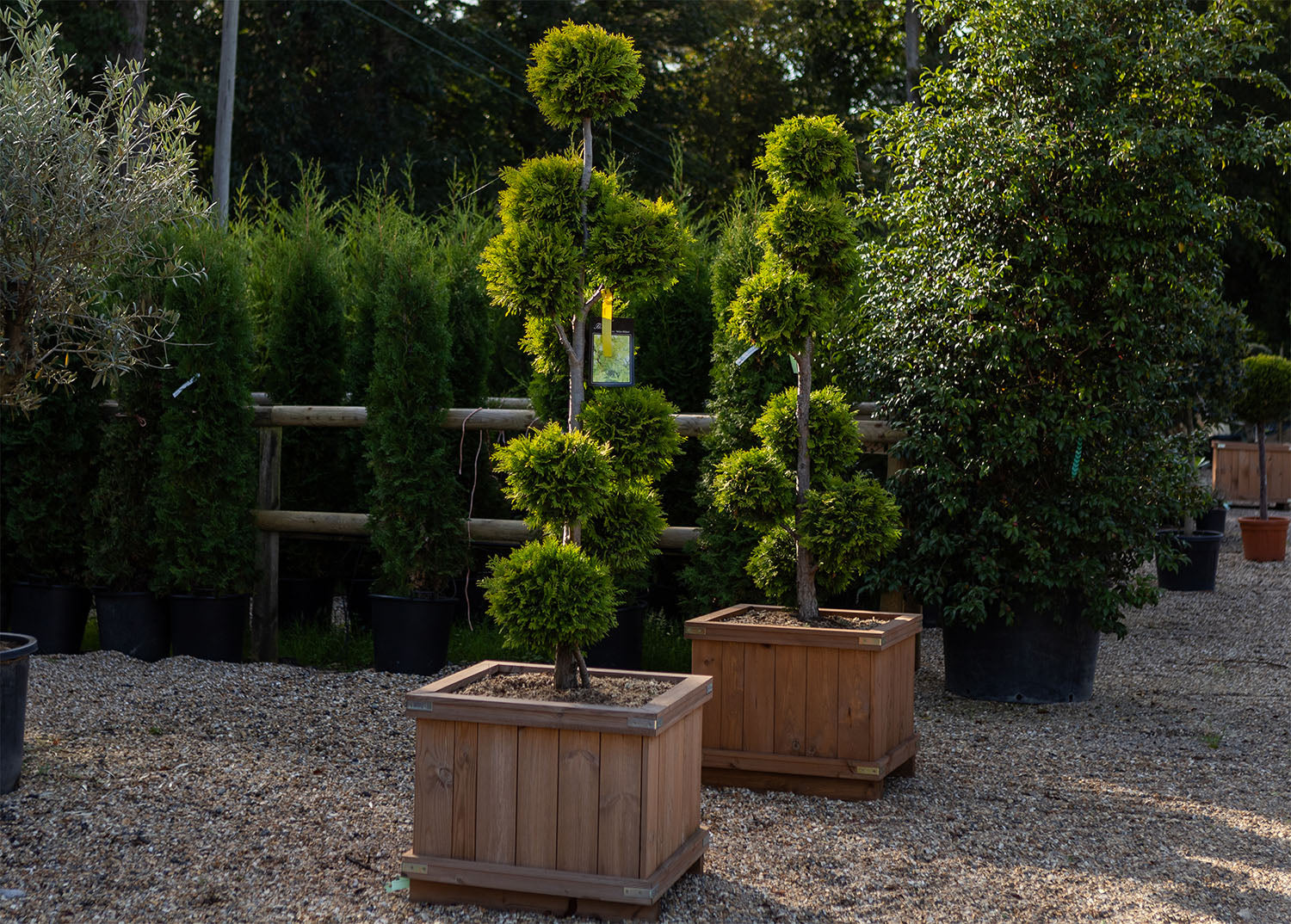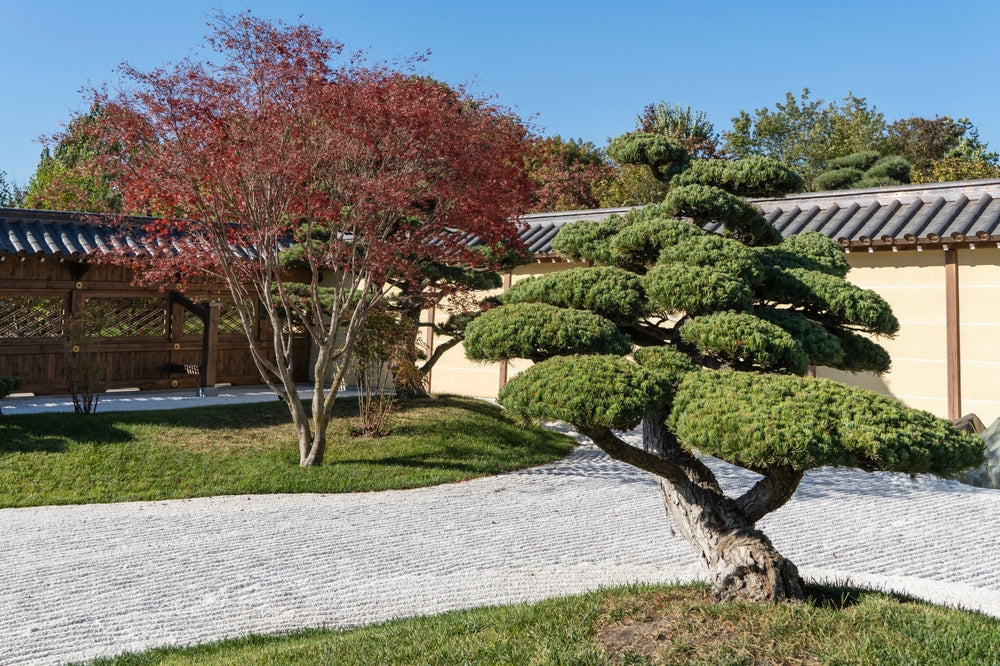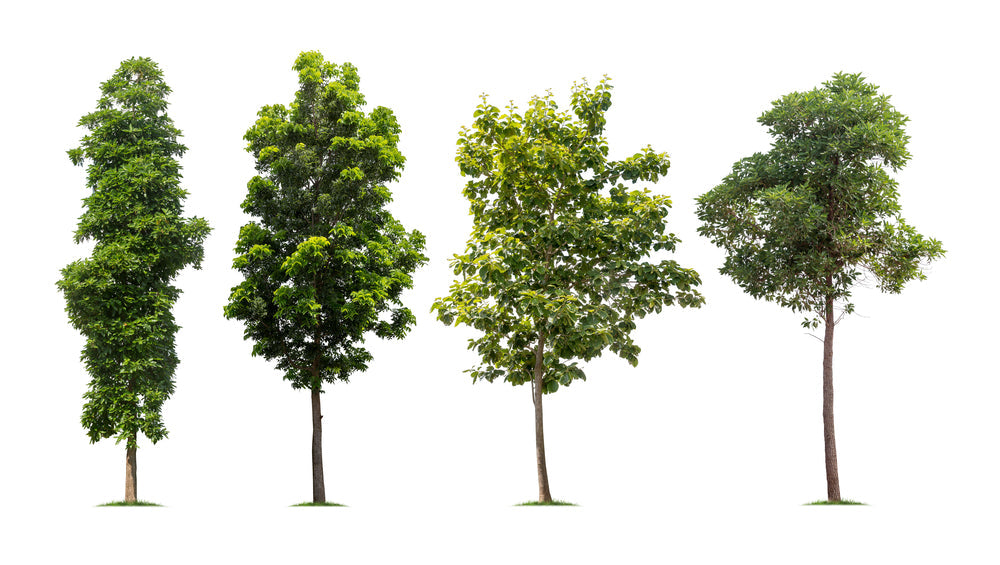
Tree Specifications Made Simple: An Essential Guide for Buyers
Ever feel like choosing the right tree for your garden is way more complicated than it should be? With all the different options and confusing terms, it’s like wandering through the maze without a map.
We get it and we are here to help! This article will guide you through different types of trees with clear, easy-to-understand explanations of key terms to make your tree selection as simple as possible.
What Is a Grafted Tree?
Let’s start with the term “grafted,” as it's commonly seen in tree specifications. Grafting is a clever way to grow trees that are both beautiful and tough, blending the best traits of two plants into one tree!
A grafted tree is created by joining the top part of one tree (scion) with the root system of another tree (rootstock). The top part may be chosen for its fruit, flowers, or lush foliage. The rootstock is often selected for its strength, pest and disease resistance, or ability to adapt to certain soils.
Top-Grafted Trees
Top-grafted trees are created by attaching the top part of one plant to the trunk of another plant at a higher point on the trunk. With this technique, we can create unique and interesting tree shapes, like a ball-shaped canopy on a tall trunk. For example, a top-grafted weeping willow develops a tall, elegant look, while a top-grafted rose forms a small "tree" covered in blooms.
Bottom-Grafted Trees
Bottom-grafted trees are made by attaching the top of one plant to the root system of another plant close to the ground. This technique combines the qualities of the top part with the toughness and resilience of a certain rootstock. The result is a stronger and healthier tree. Great examples of bottom-grafted trees are fruit trees and some cherry blossoms.
A Guide to Different Tree Types
Let’s see what each tree type means and how their shapes and structures differ.
Understanding these will help you choose the perfect fit for your garden.
Standard Tree (Full-Standard, Std)
- Single, tall, straight trunk
- 1.8m+ height
- Broad, spreading canopy
Description: Standard Tree is usually a natural tree that develops on its own rootstock without any grafting. Nurseries sometimes label certain grafted trees as "standard" if they have a similar form.
Standard trees have a single straight trunk, clear of branches up to at least 1,8m, with a broad, spreading canopy above. They typically reach a mature height of 6m and more.
Suggested Uses: Standard trees are ideal for a focal point in landscapes, especially in large gardens, and excellent choice for parks and streets. They offer shade, privacy, and a habitat for wildlife.
Care Tips: Standard trees need regular pruning and can benefit from staking when young until they develop a sturdy structure.
Half-Standard Tree (HS,1/2 Standard, 1/2 Std)
- Single, short, clear trunk
- 1.2-1.5m in height
- Rounded, compact canopy
- Ideal for small spaces
Description: Half-standard tree has a clear, single trunk that reaches about 1.2-1.5 metres in height and a compact, rounded canopy. It has an ornamental “lollipop" look which is very popular in landscaping.
Half-standard trees are not always grafted. That depends on the tree variety and the desired characteristics.
- Non-Grafted Half-Standard Trees grow naturally into this form without grafting, but are usually pruned to maintain the lollipop shape.
- Grafted Half-Standard Trees are grafted to control the size and ensure uniform growth and consistent canopy shape. They are more reliable for decorative purposes.
Suggested Uses: Half-standard trees are perfect for formal landscaping and great for garden borders, walkways, and focal points in small gardens. They are very well suited for growing in containers.
Care Tips: Half-standard trees require regular pruning to maintain their distinctive lollipop form. If grown in containers, they need constant watering and fertilization.
Quarter-Standard Tree (QS, 1/4 Standard, 1/4 Std)
- Short trunk
- 0.5-1m in height
- Dense, rounded canopy
- Ideal for pots and containers
Description: A quarter-standard tree is very similar to a half-standard tree but its trunk is shorter, below 1.2m in height, typically between 0.5-1m. Its canopy is dense and rounded, creating a tidy, lollipop-like shape.
Suggested Uses: Due to their small size and structured appearance, quarter-standard trees are very popular in ornamental landscaping. They are perfect for growing in pots and containers, and therefore, ideal for small places like patios and balconies.
Care Tips: Due to their limited space in containers, quarter-standard trees require regular watering and fertilization. They also need to be sheltered from strong winds.
Feathered Tree (Fth)
- Single main stem
- Branches from base up
- Dense, full foliage
- Natural, bushy appearance
Description: A feathered tree has a single main stem and evenly spaced lateral branches, usually from the ground up. The lowest branches are positioned less than 25cm from the ground. It has a natural, bushy, and feathery look.
The average height varies depending on the species. They typically grow from 3 to 6 meters, but some species can grow up to 10m and more.
Suggested Uses: Feathered trees are ideal for informal and woodland-style landscapes, natural-looking hedges, and privacy screens. They are valuable for attracting and sheltering wildlife.
Care Tips: Feathered trees require minimal pruning and are an excellent choice for lush, naturalistic landscapes. They are, generally, resilient and adaptable to various soil types and environments.
Multi-Stemmed Tree (MS)
- Multiple stems from the base
- Bushy, spreading crown
- Unique, architectural look
Description: A multi-stemmed tree has multiple stems emerging from a single root or just above the ground. Its open structure, along with a bushy and spreading crown, creates a visually striking silhouette and provides a natural, architectural look.
The average height of multi-stemmed trees can vary based on the species, but generally range between 3 to 6 metres.
Suggested Uses: A multi-stemmed tree with its unique shape is ideal as a focal point in landscape design. It’s great for natural privacy screens, adding depth to borders, or softening landscape edges.
Care Tips: Multi-stemmed trees need room to spread as their crowns take up more horizontal space than single-stemmed trees. They also appreciate slightly sheltered locations.
Pleached Tree (Espalier)
- Single, tall, clear stem
- Structured horizontal branches
- Needs support framework
Description: A pleached tree has a single clear stem with a crown of branches trained to grow horizontally along a supporting frame. The stem is usually around 1.8-2m long while the crown is shaped in different styles – panel, box, umbrella, and more. Pleached trees bear their foliage, flowers, and fruit as usual, but their growth is restricted.
Suggested Uses: Pleached trees are usually used to create an aerial screen above a fence or a wall. When planted in a row, they resemble a hedge on stilts. They are ideal for adding height to garden borders.
Care Tips: Pleached trees require regular pruning and training to maintain their shape and sturdy frame to support their branches.
Girth and Litres
You may have seen terms like 'girth' and 'litres' in tree specifications which can be quite confusing. What exactly is “girth” and why are trees measured in litres? Let’s clear it up!
What is Girth?
Girth is the circumference of the stem measured 1 metre from the ground. Girth is a more reliable measure of a tree’s maturity than height. For example, a tree might be 2m tall but thin and only a year old, while another tree could be 2m tall, but with a thick trunk and around 10 years old.
What Does Girth Tell Us?
Most trees grow around 2cm in girth every year. Therefore, a tree with 8-10cm girth is most probably 4-5 years old. Generally, the larger the girth, the older and more established the tree.
Why are Trees Measured in Litres?
When you see “litres” in tree specifications, it tells you the size of the pot the tree is growing in. A higher litre number means a larger pot, and usually a bigger and more mature tree.
In Conclusion
We hope this guide will help you make informed and confident choices when selecting trees for your garden. With the right knowledge, you can create your piece of paradise and enjoy it for years to come.
If you need any further assistance, do not hesitate to reach out. Our team is here to help you and support you every step of the way.
Share


